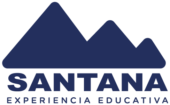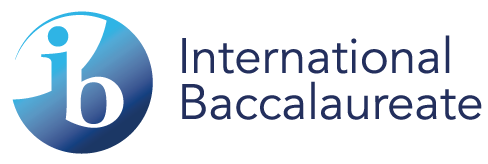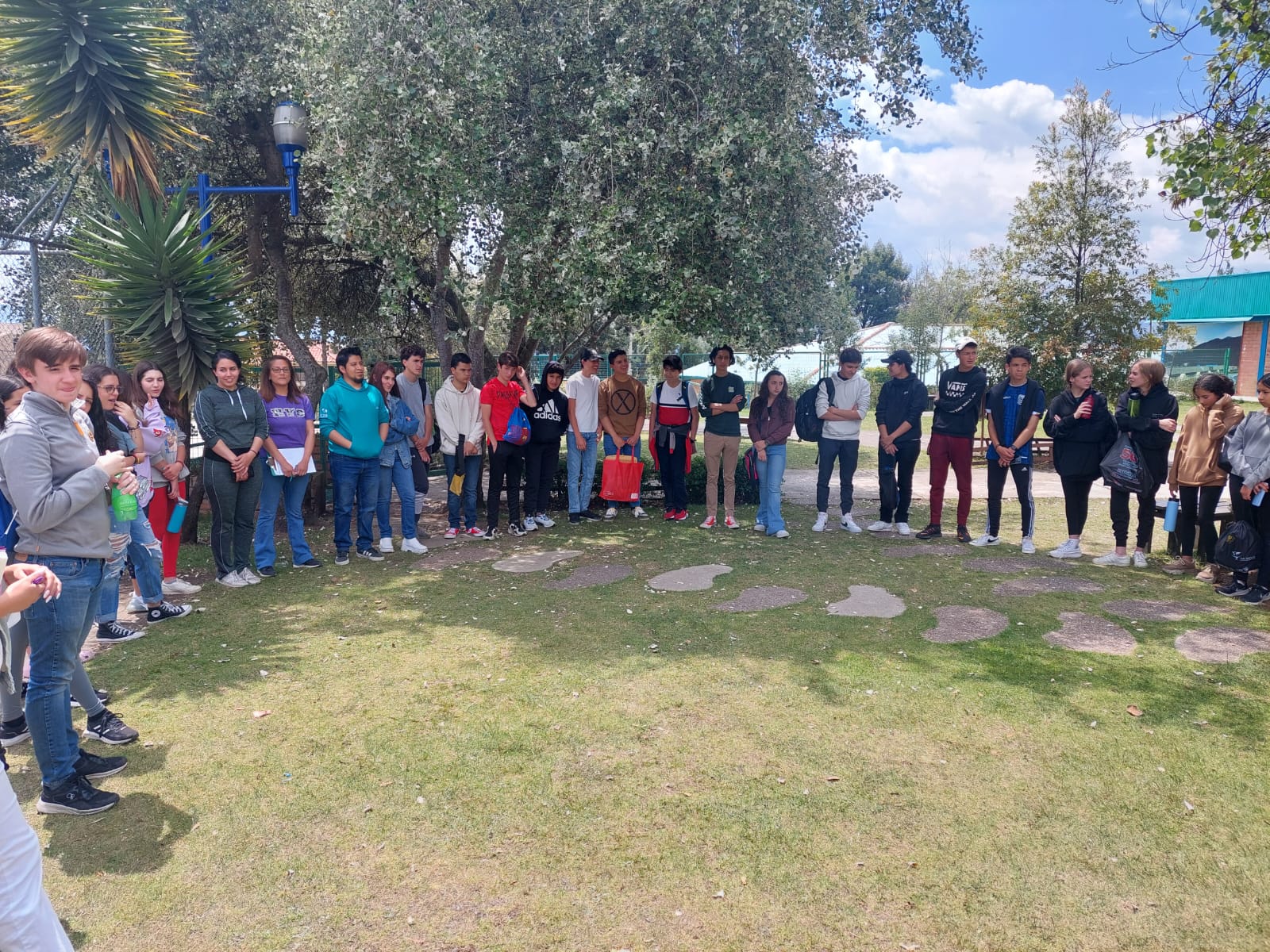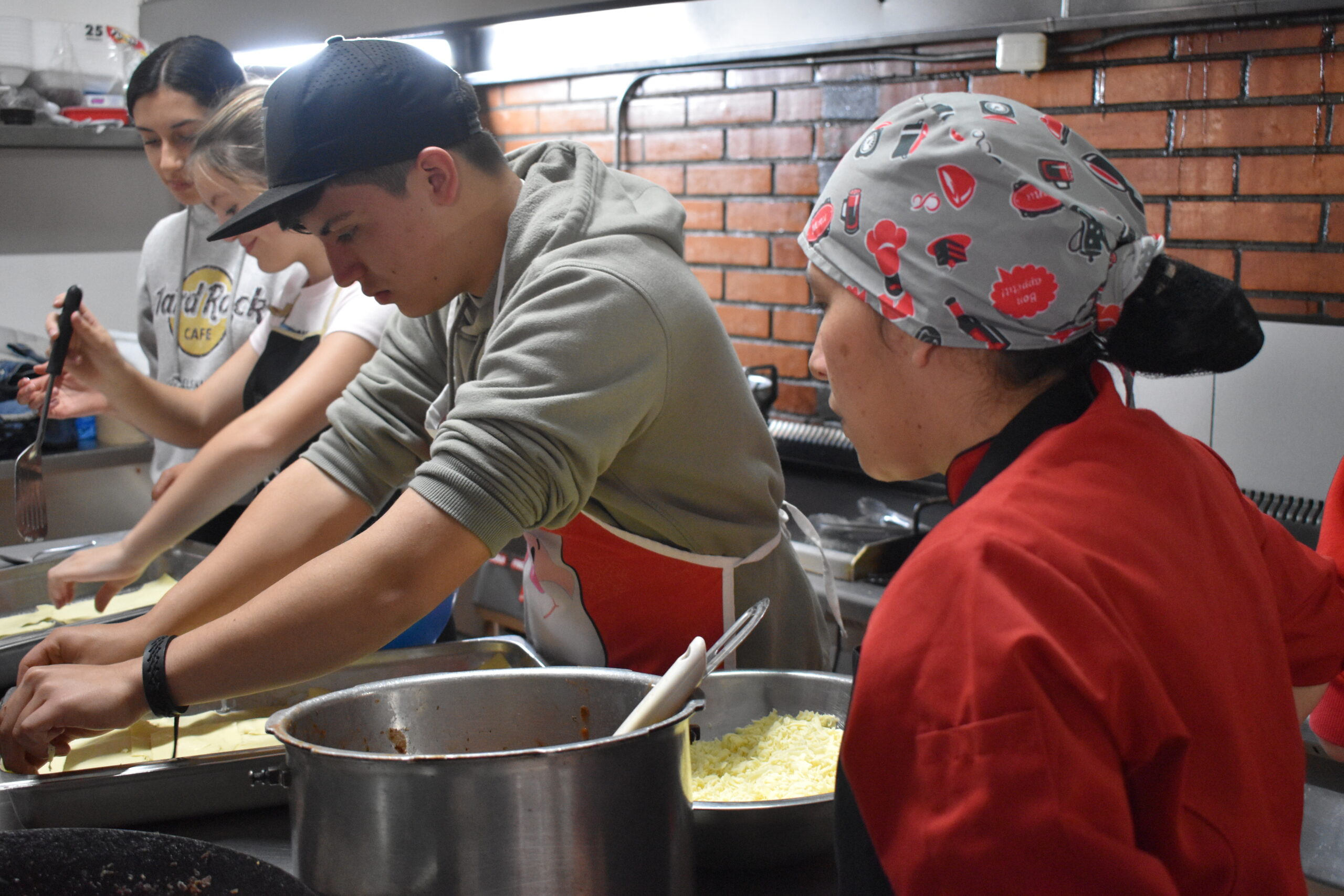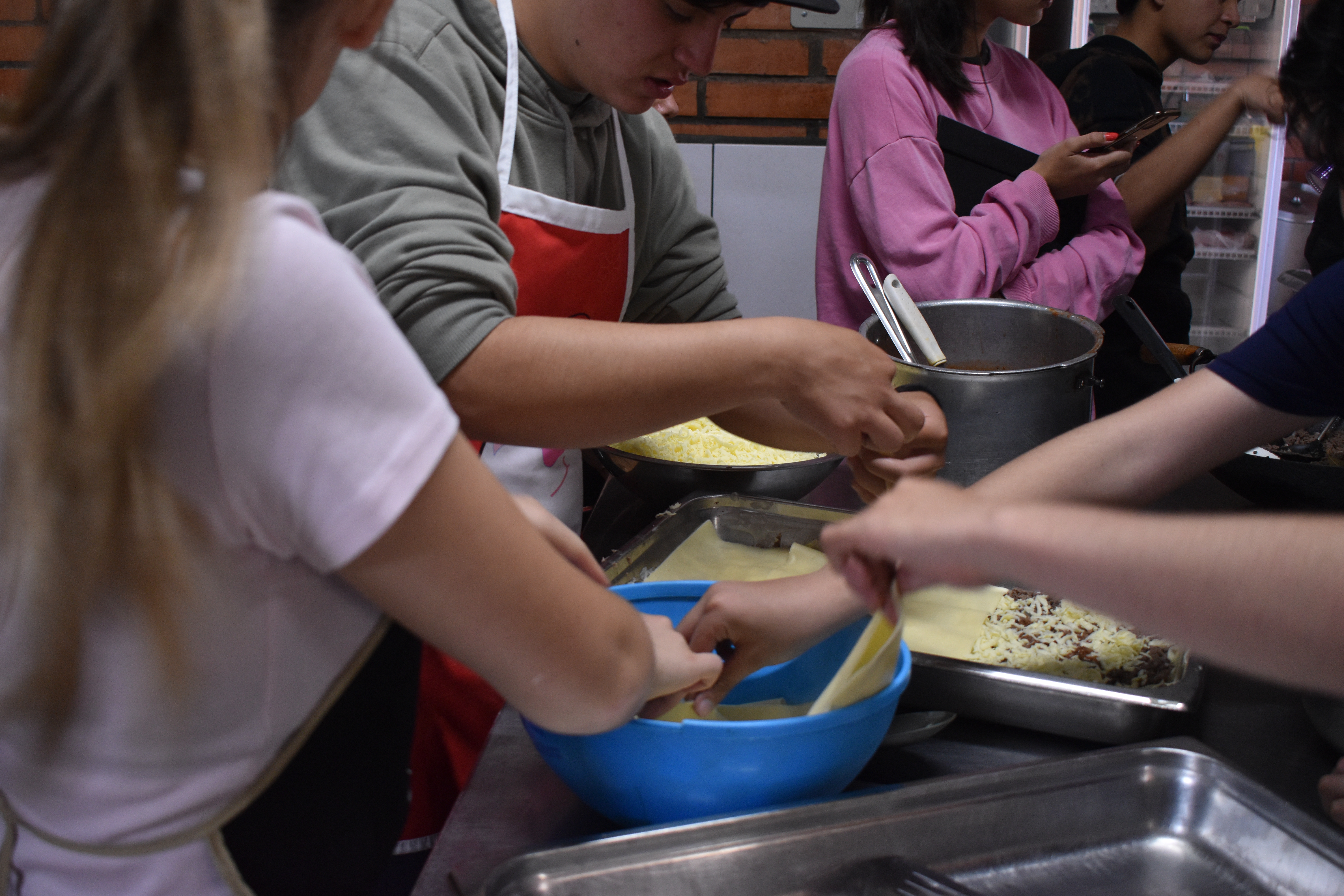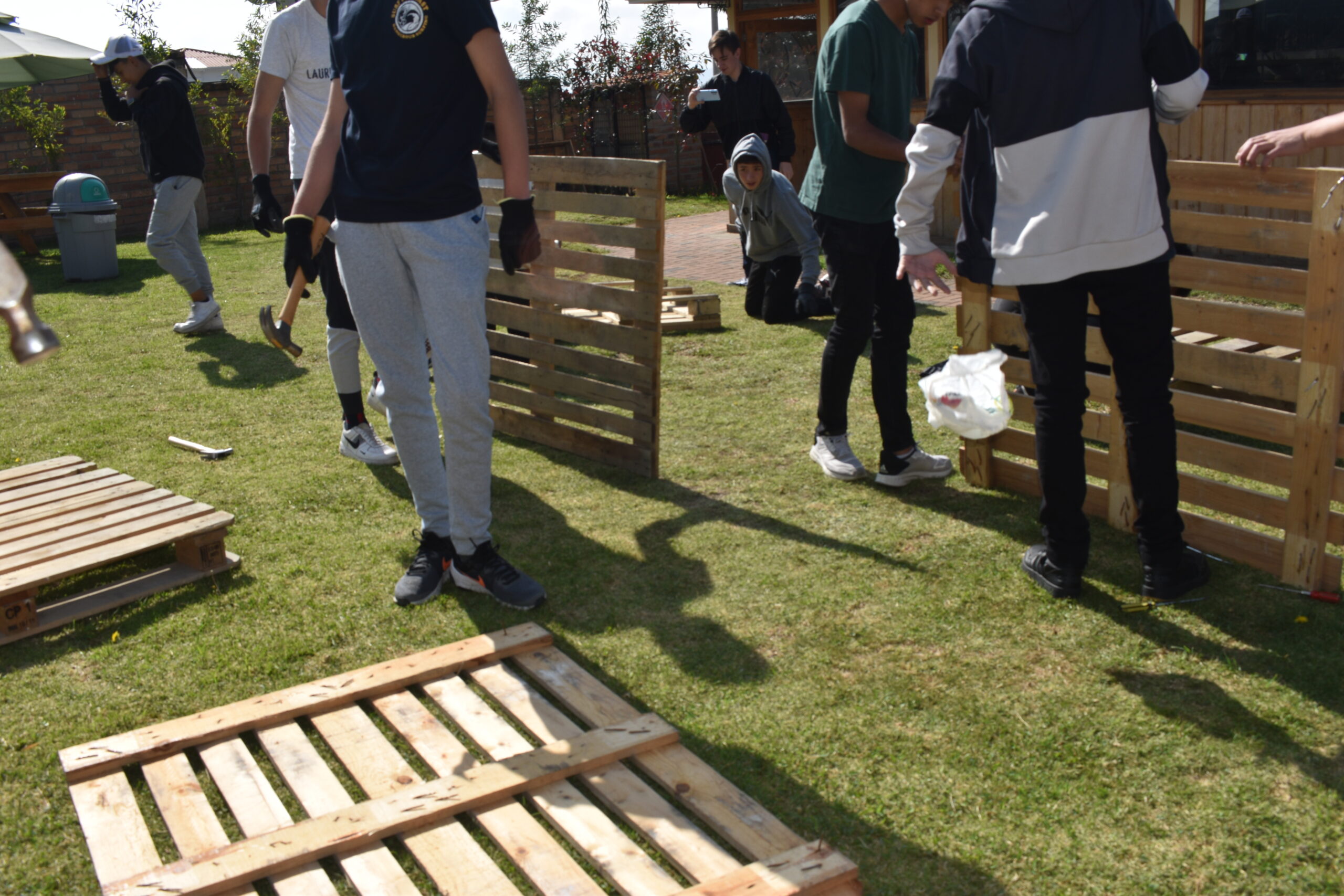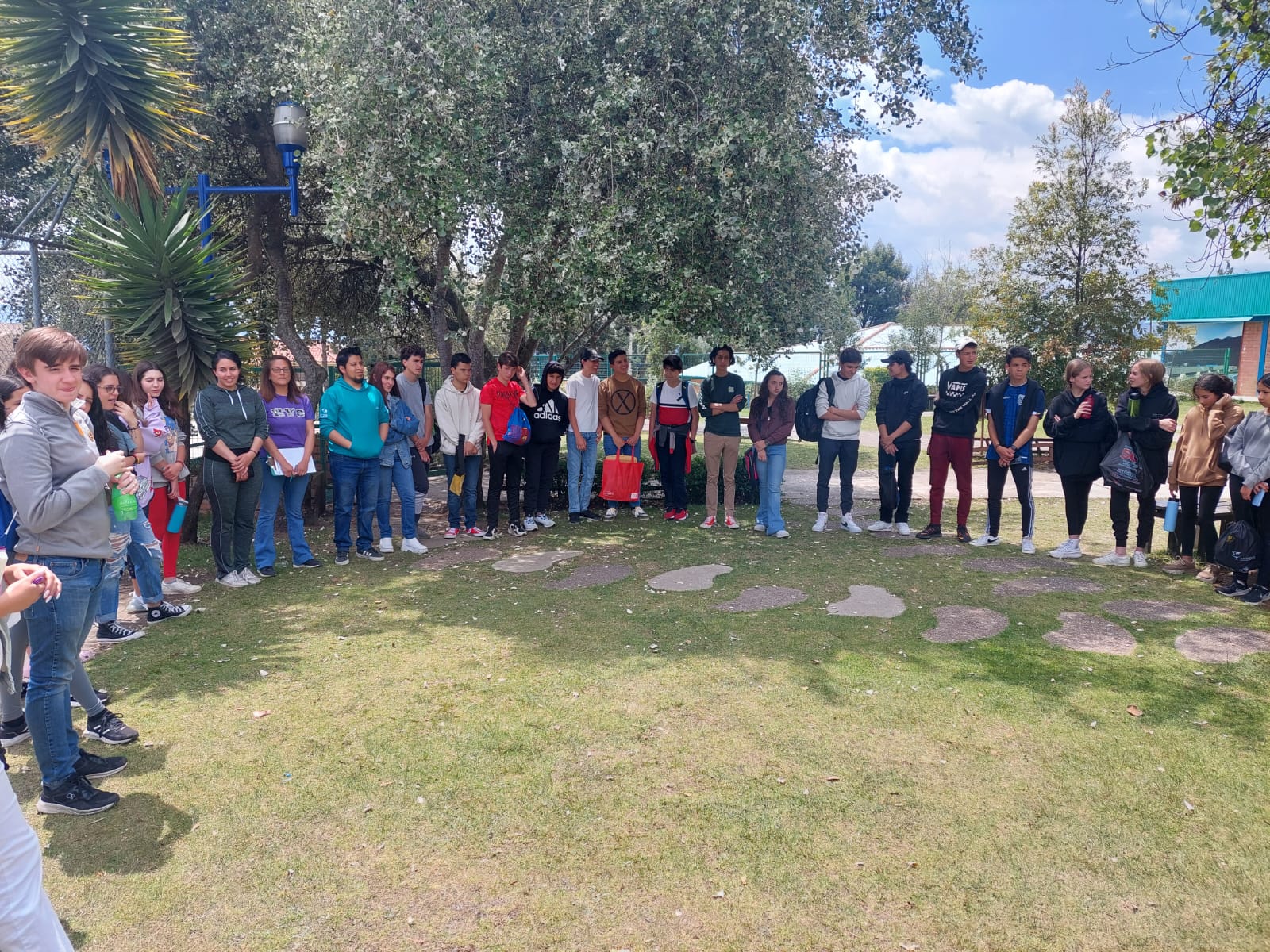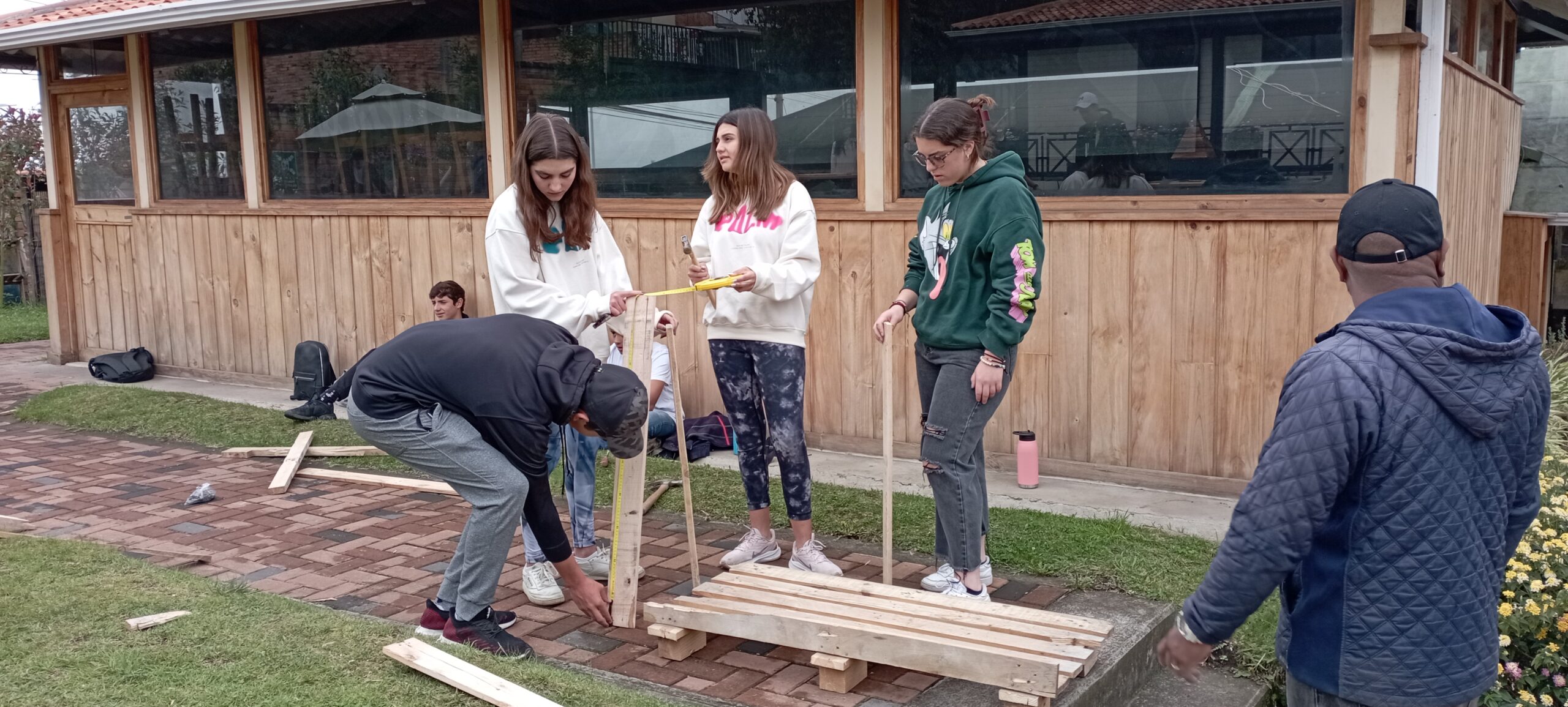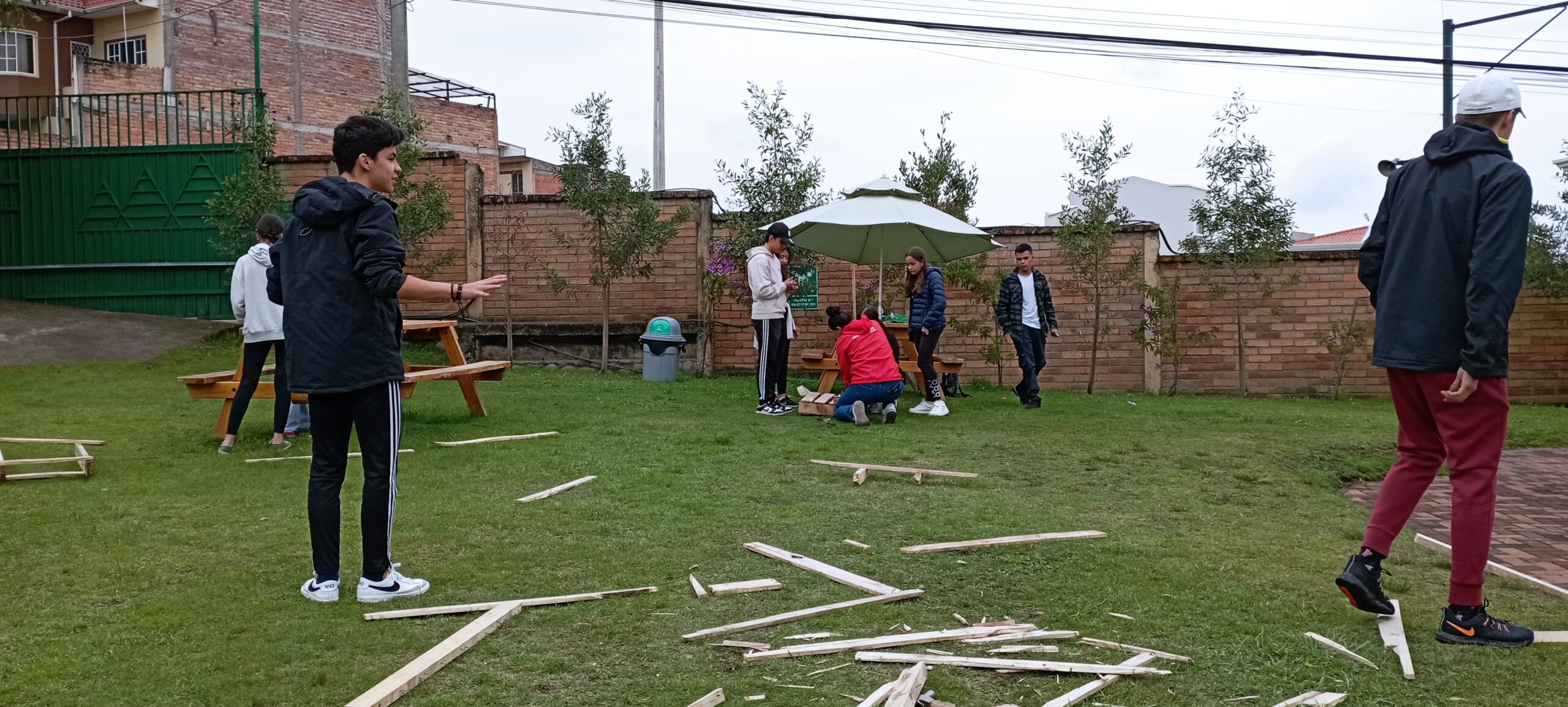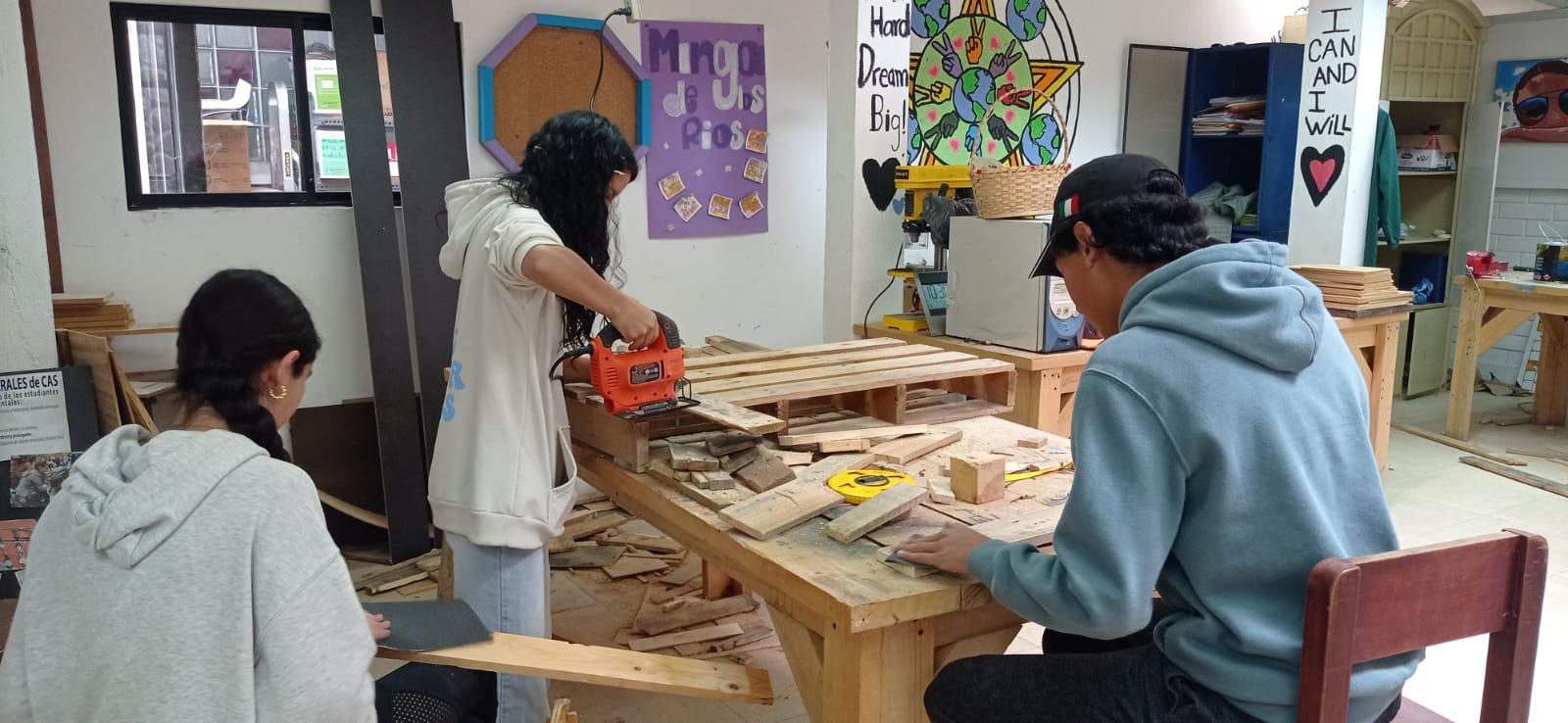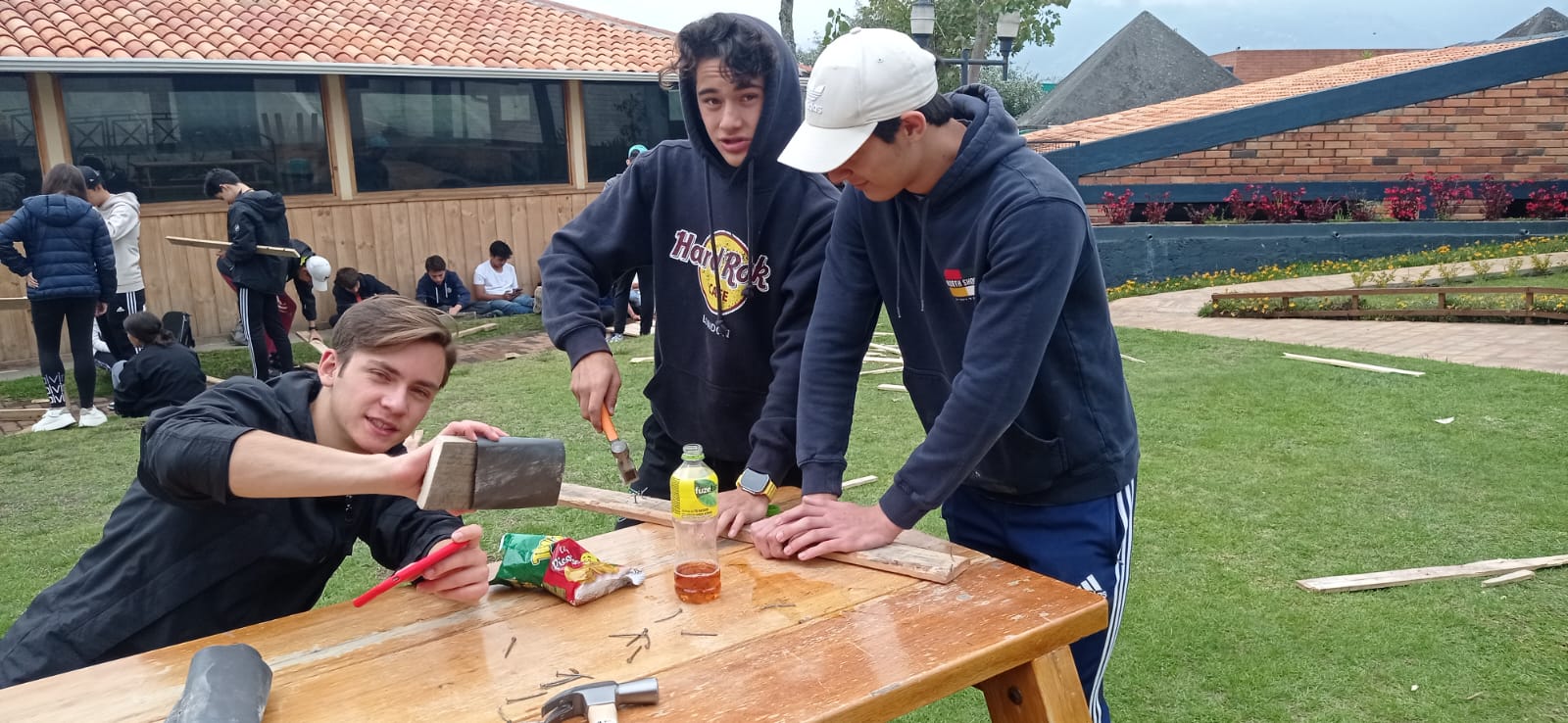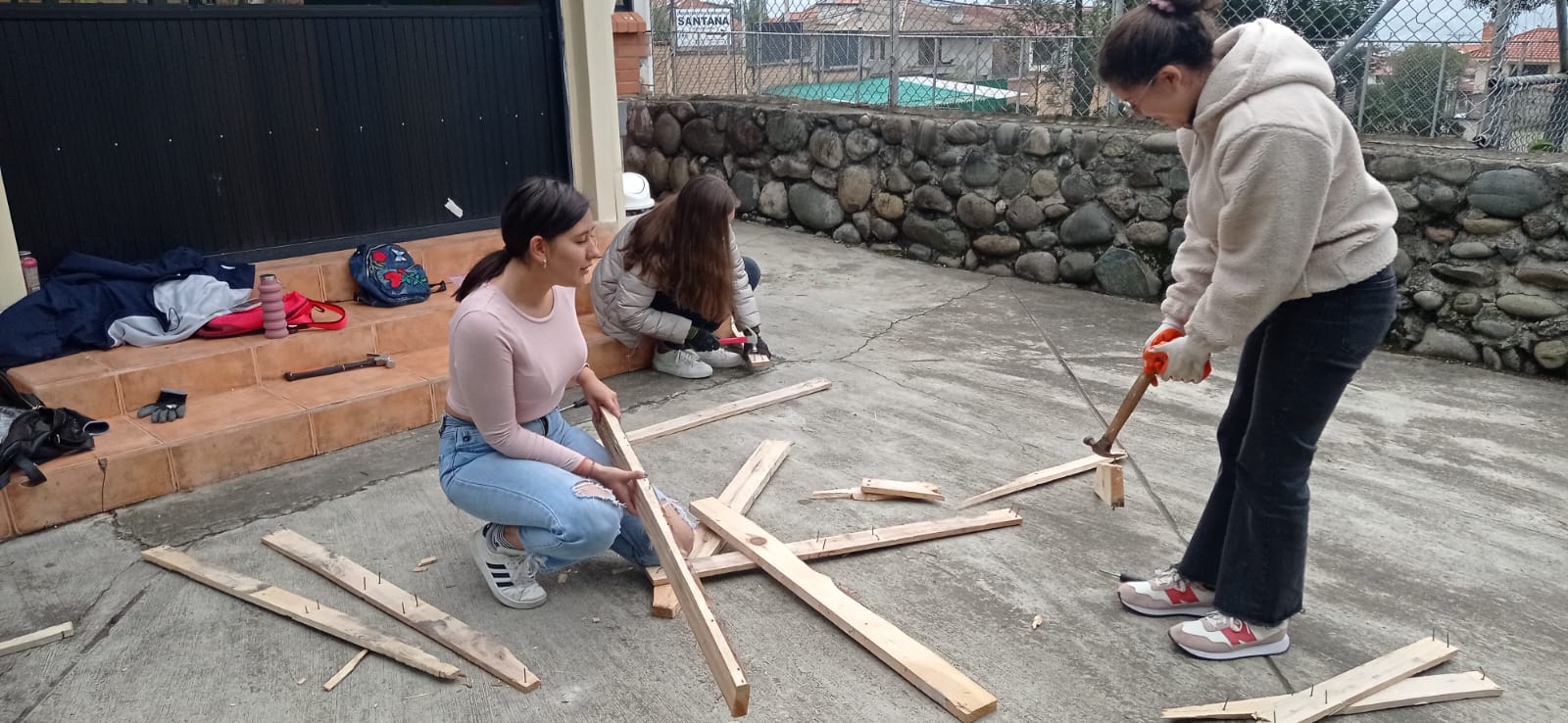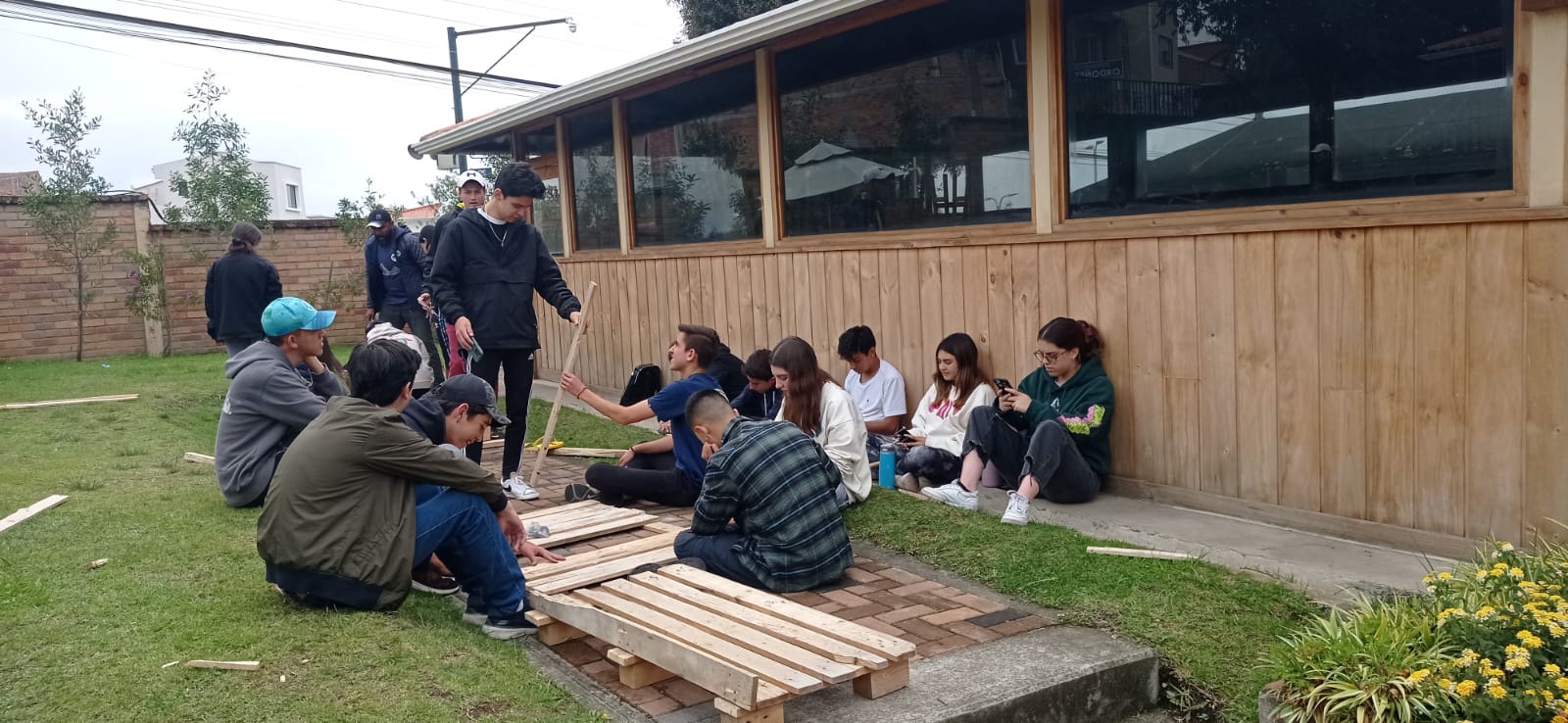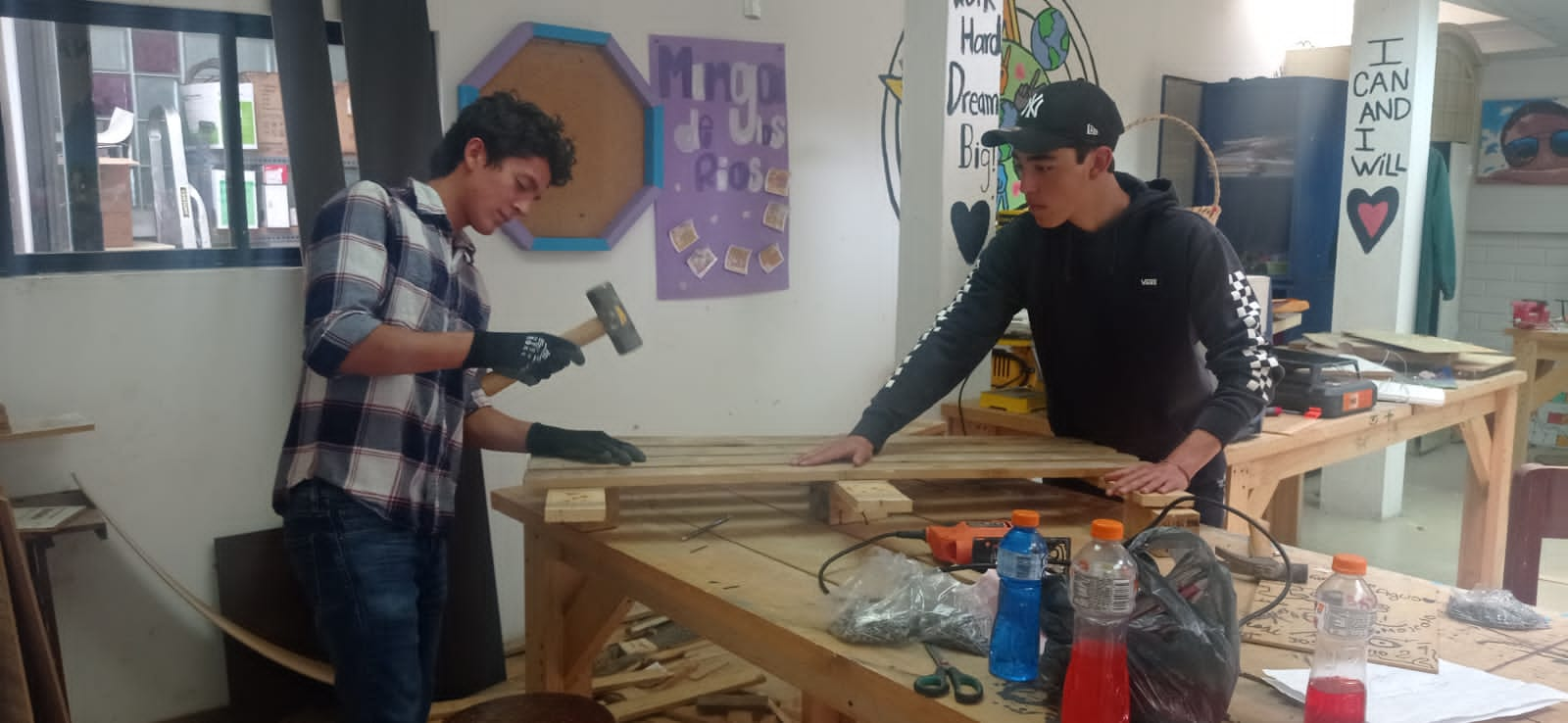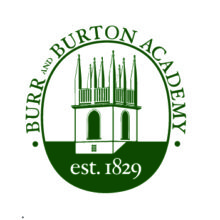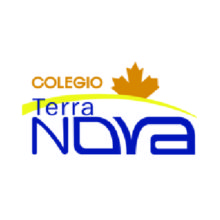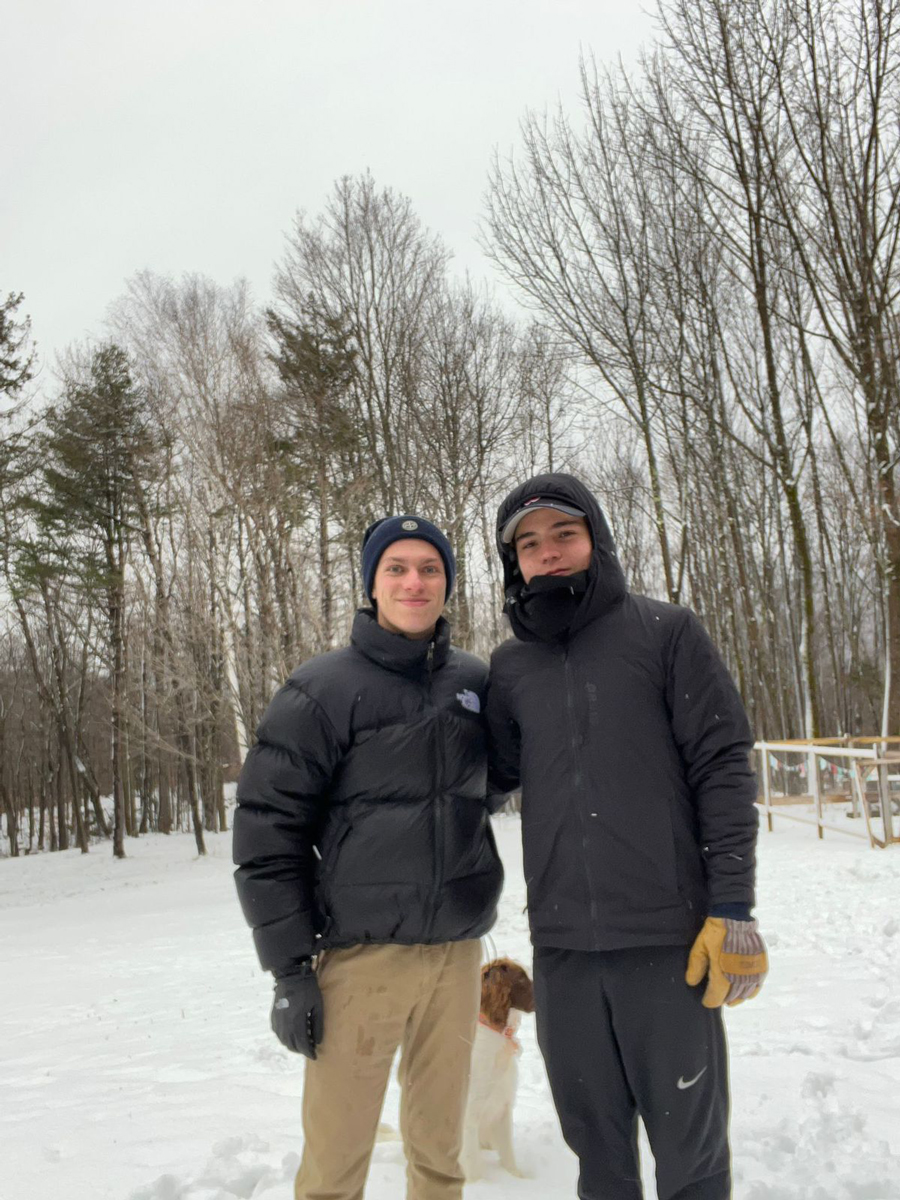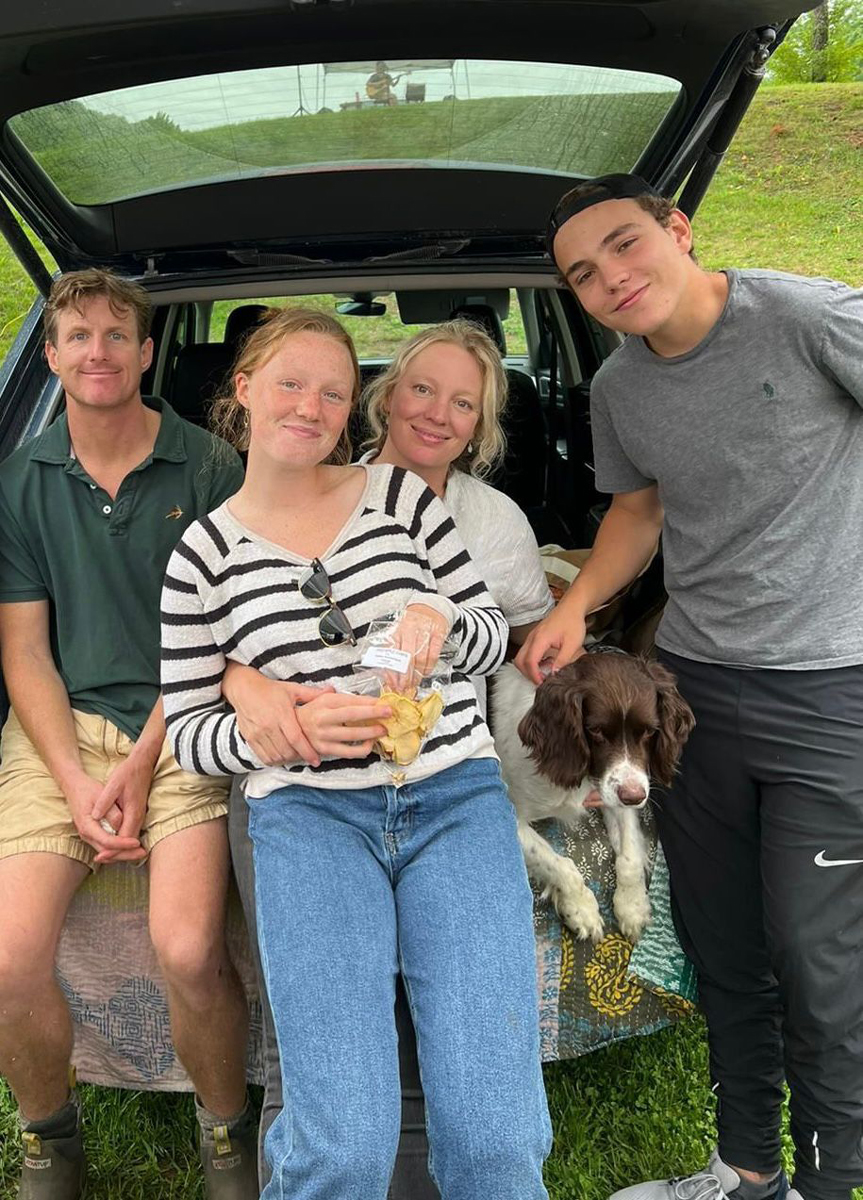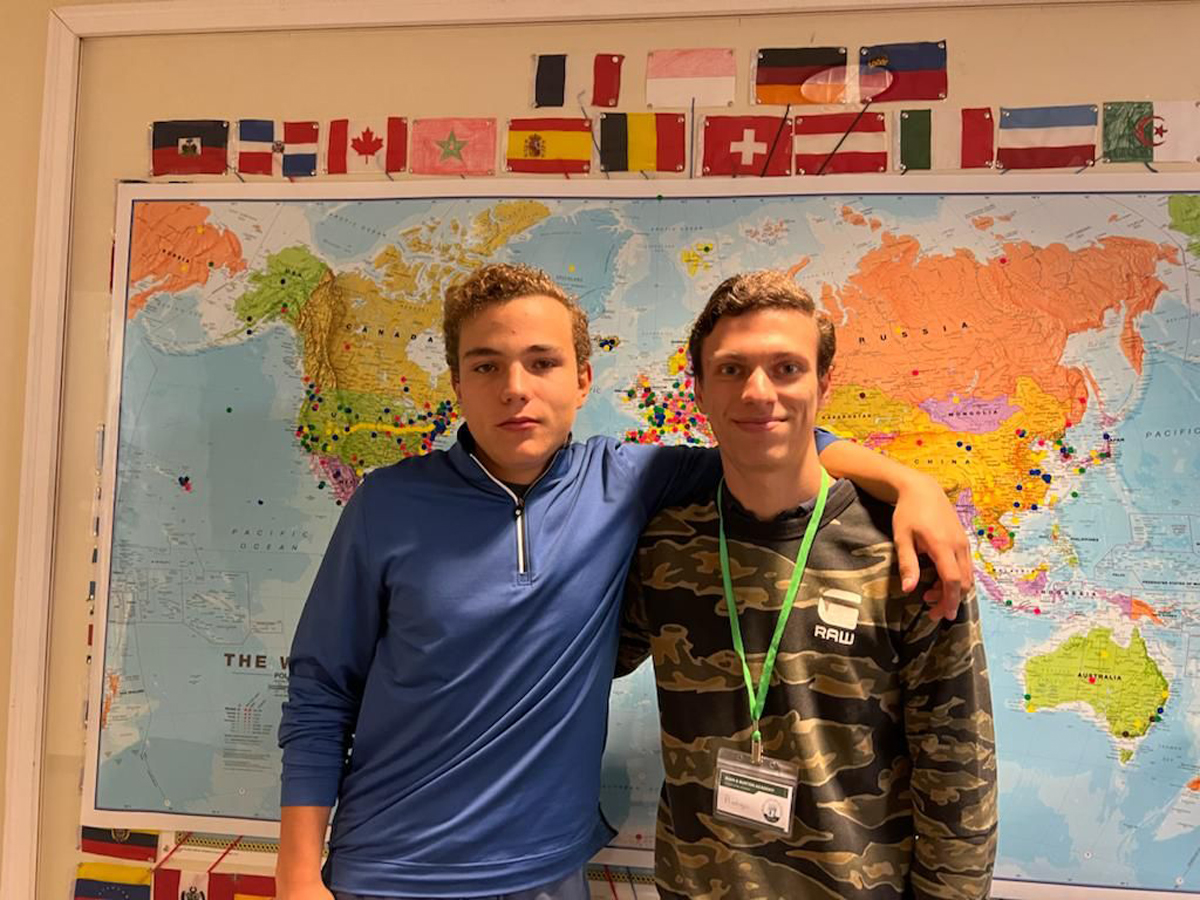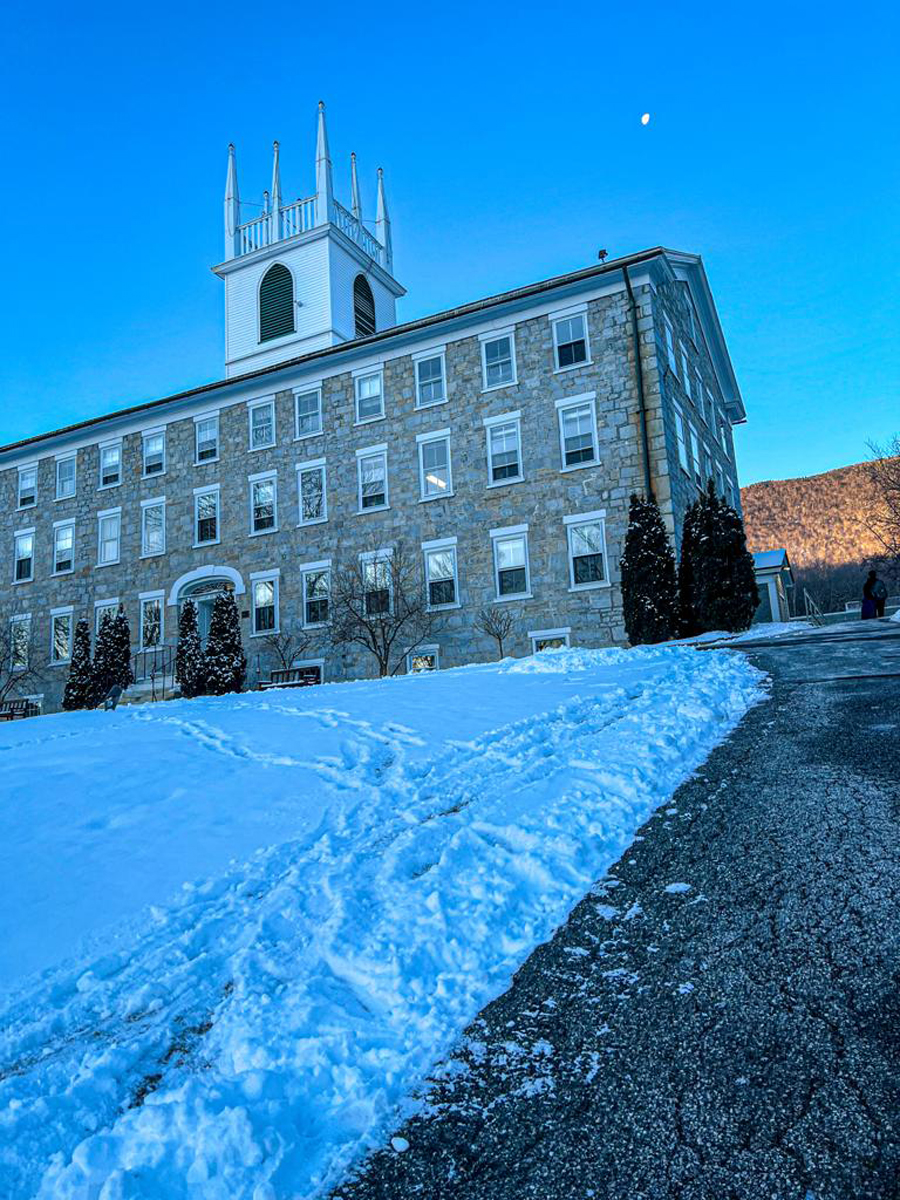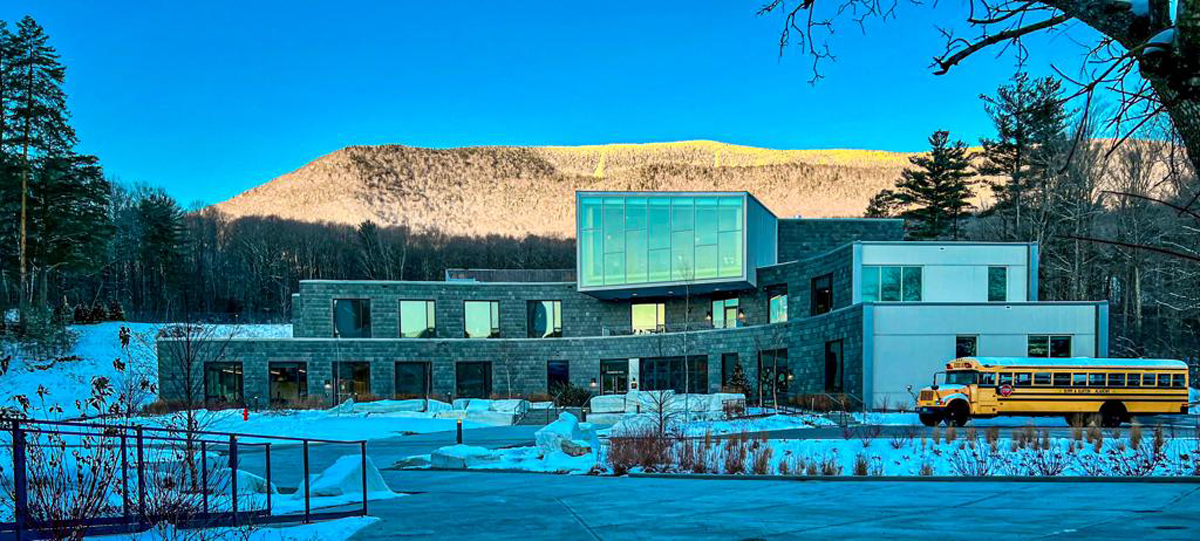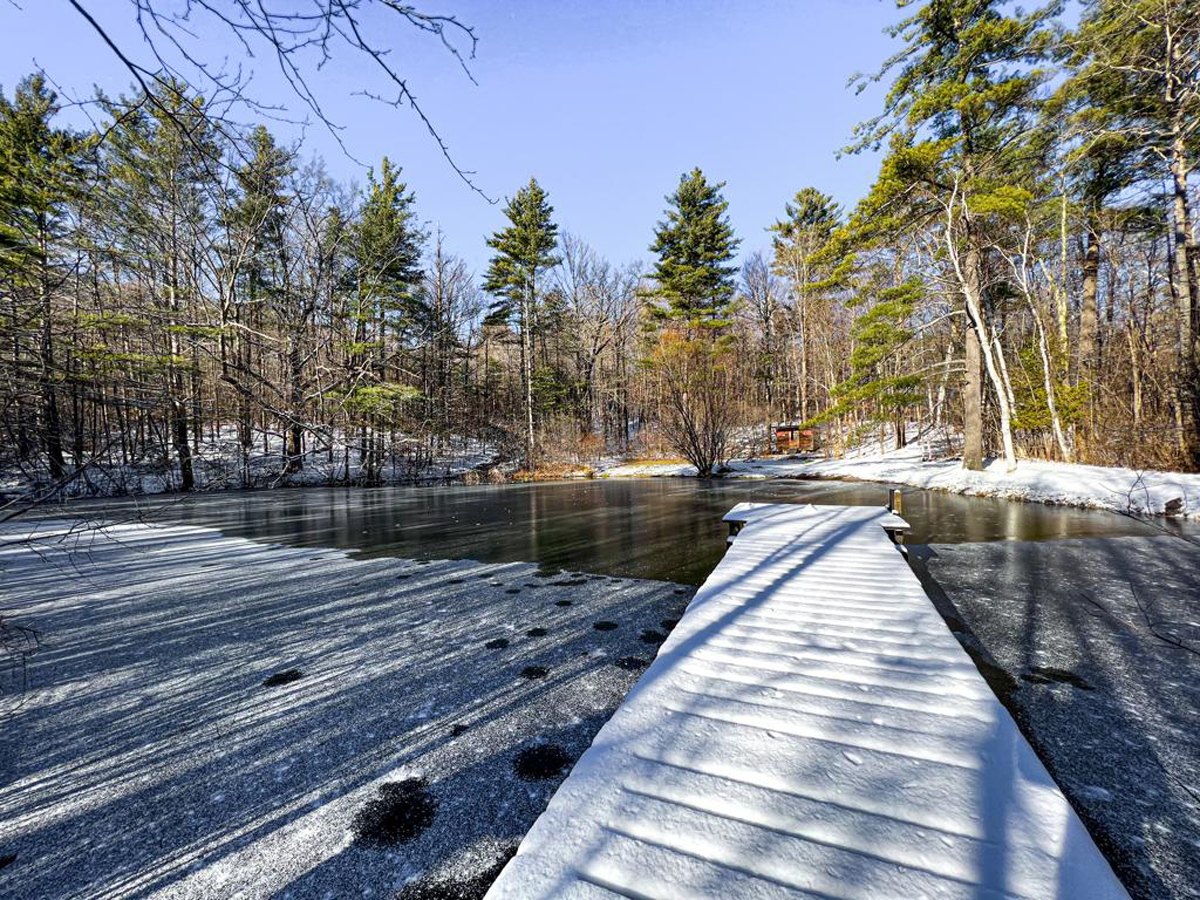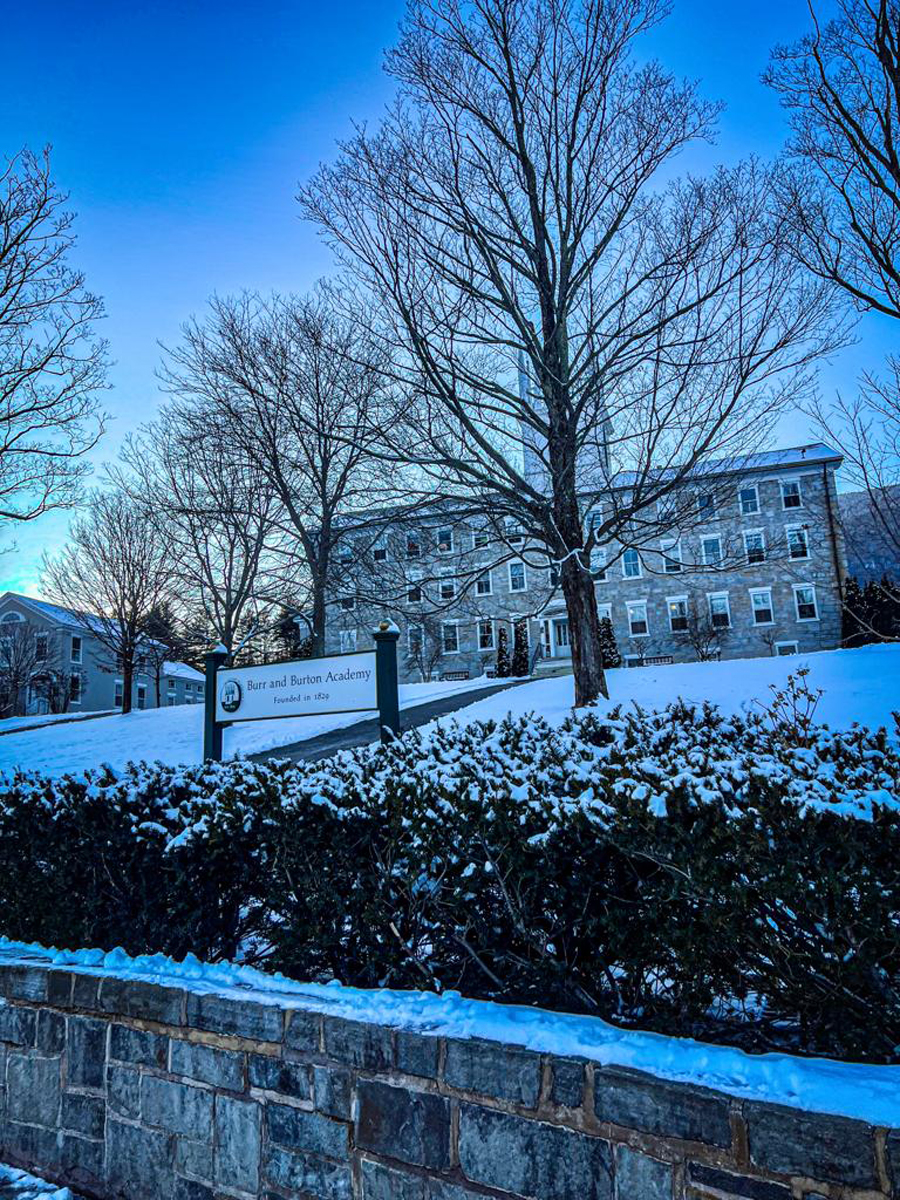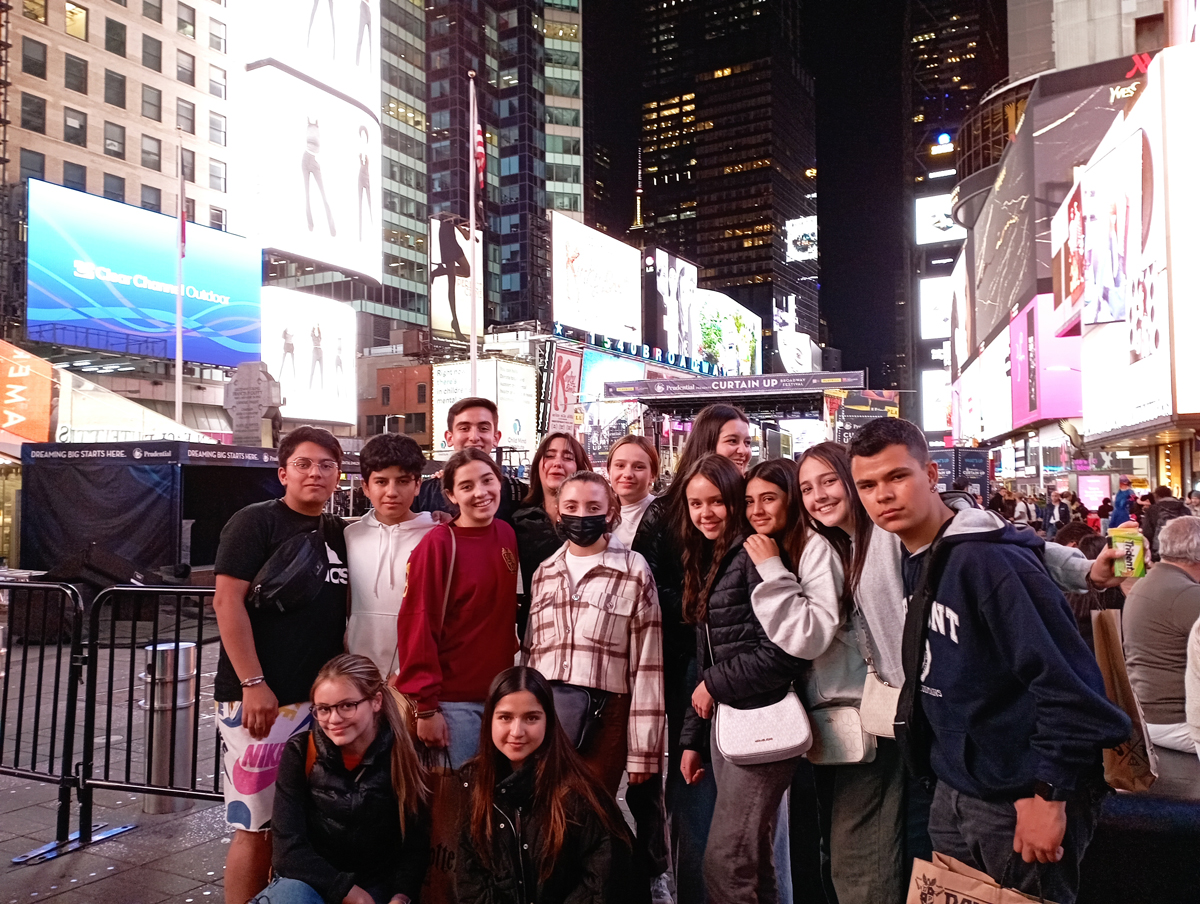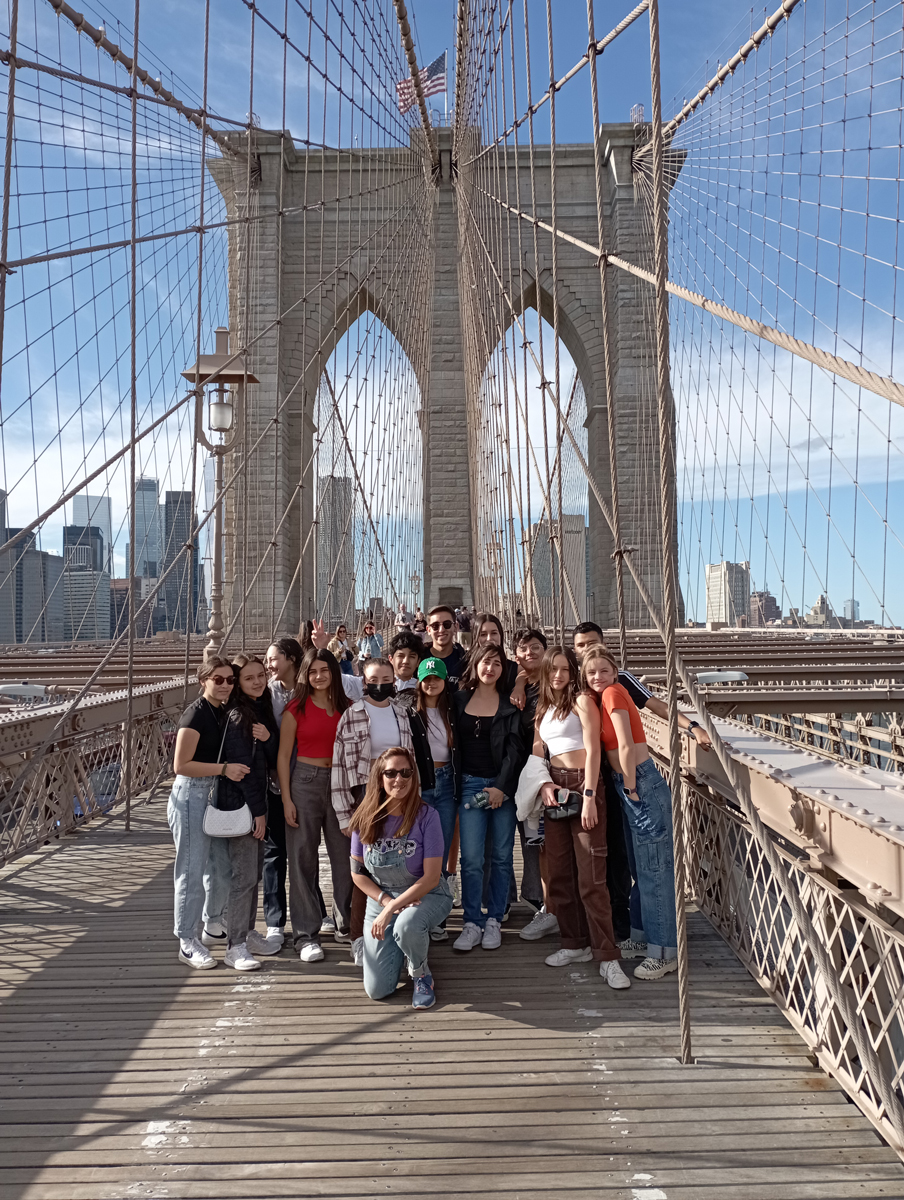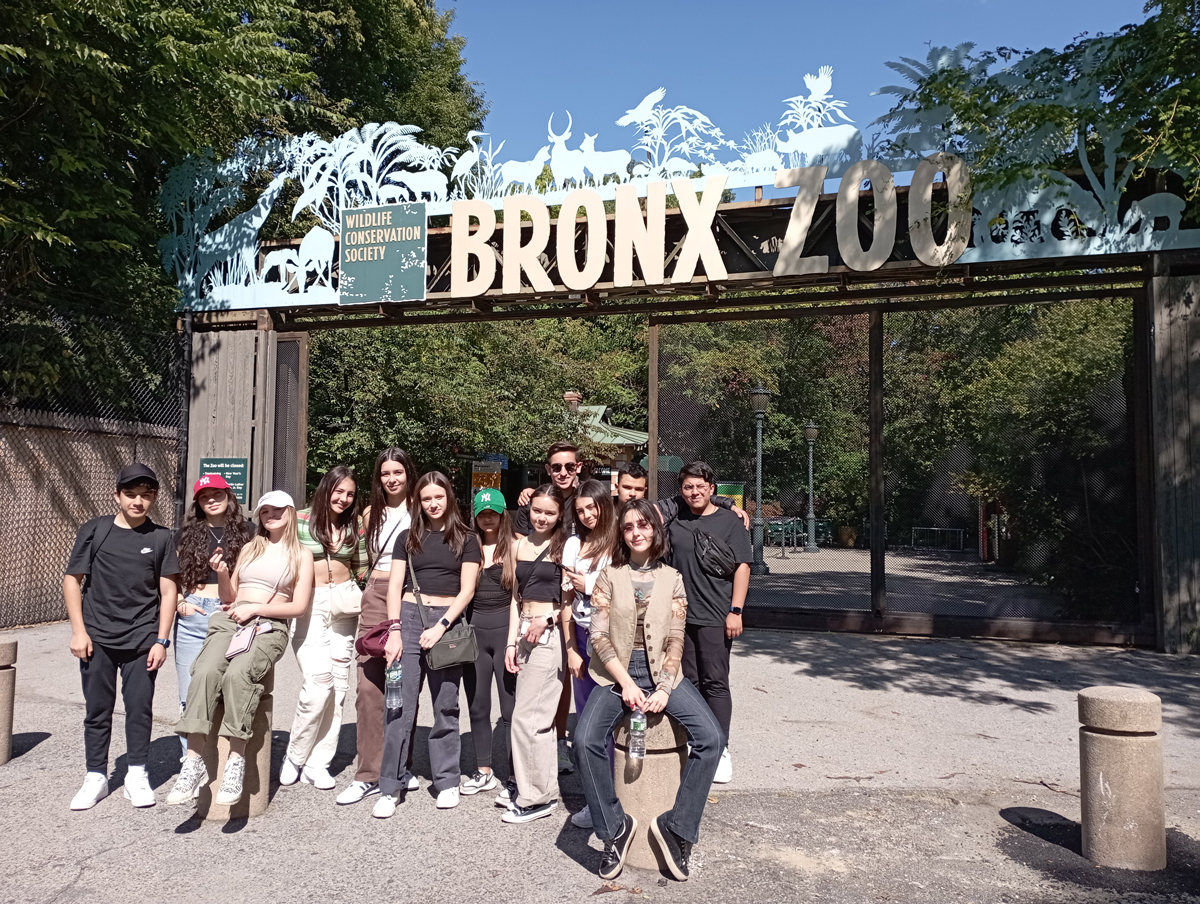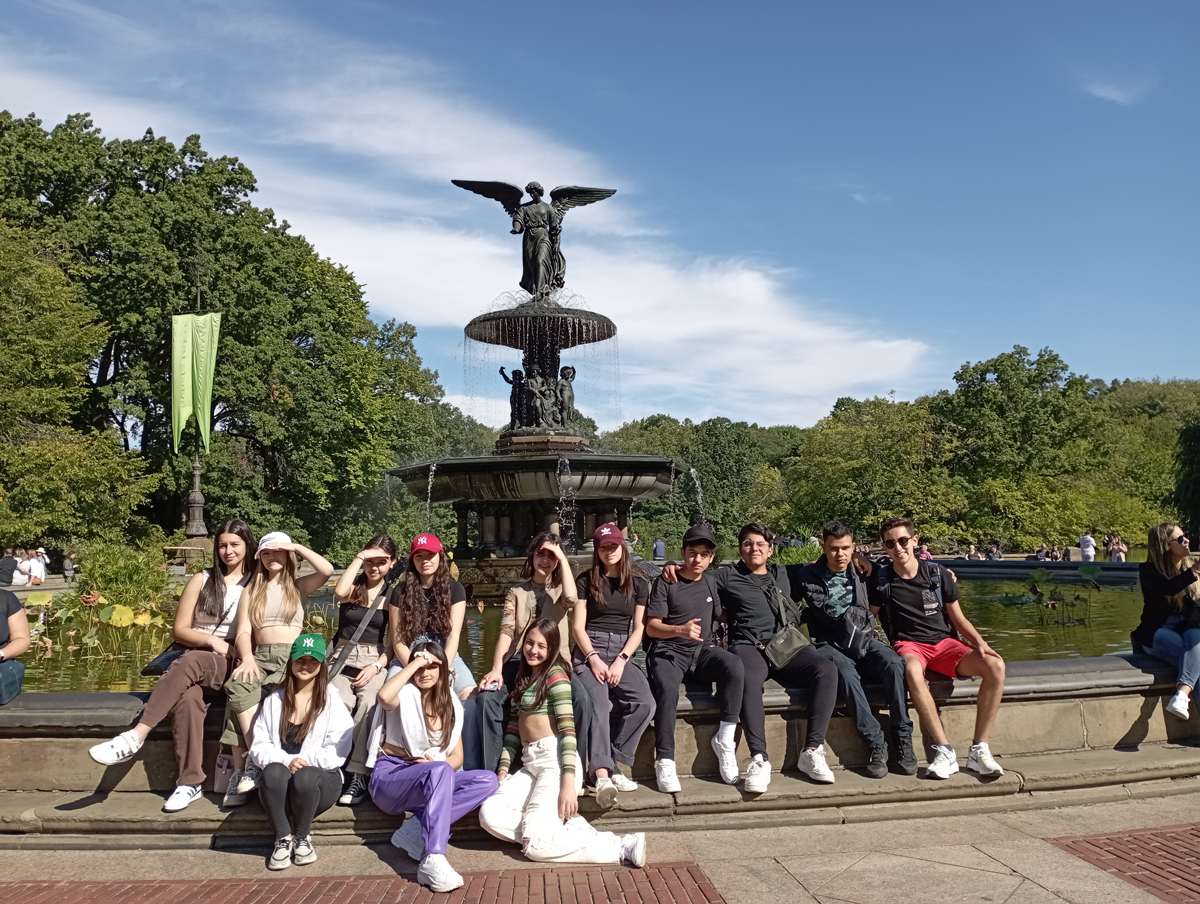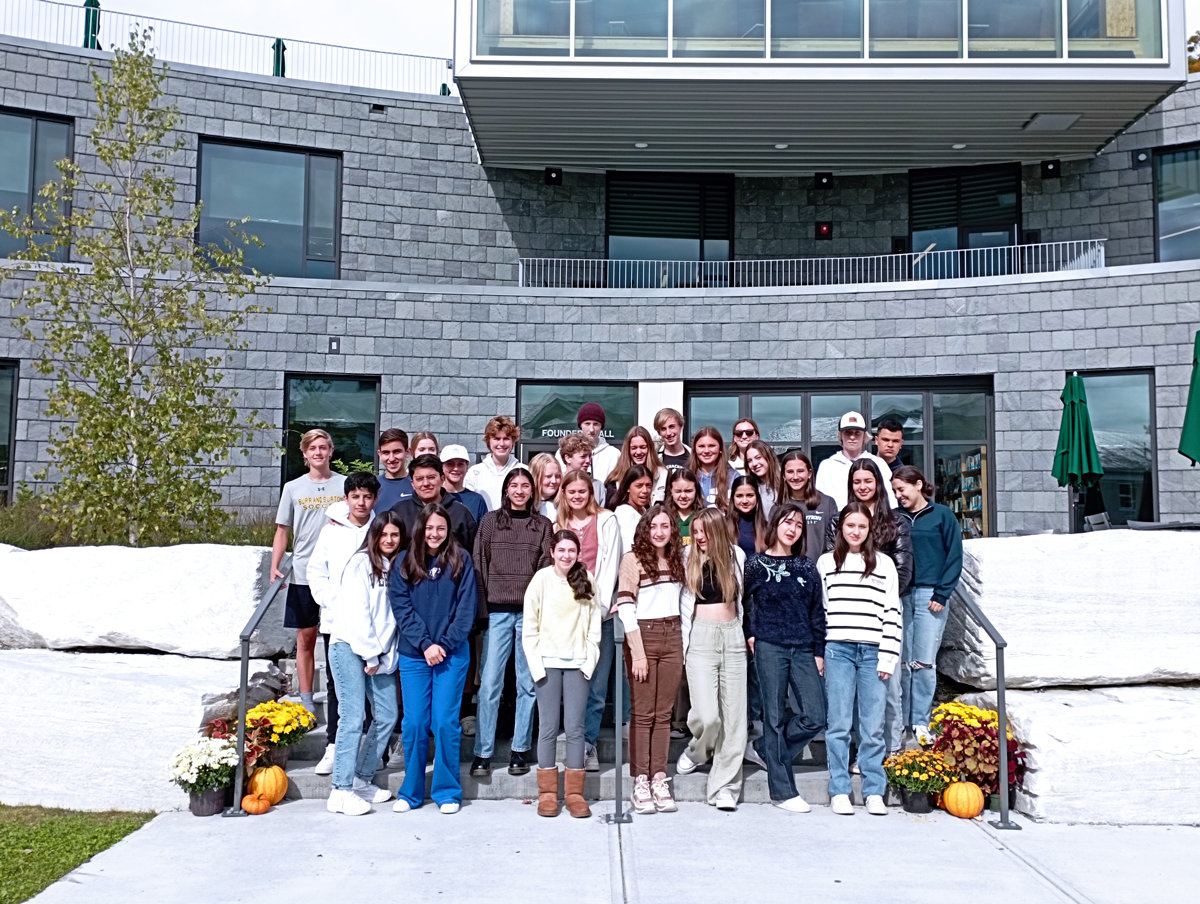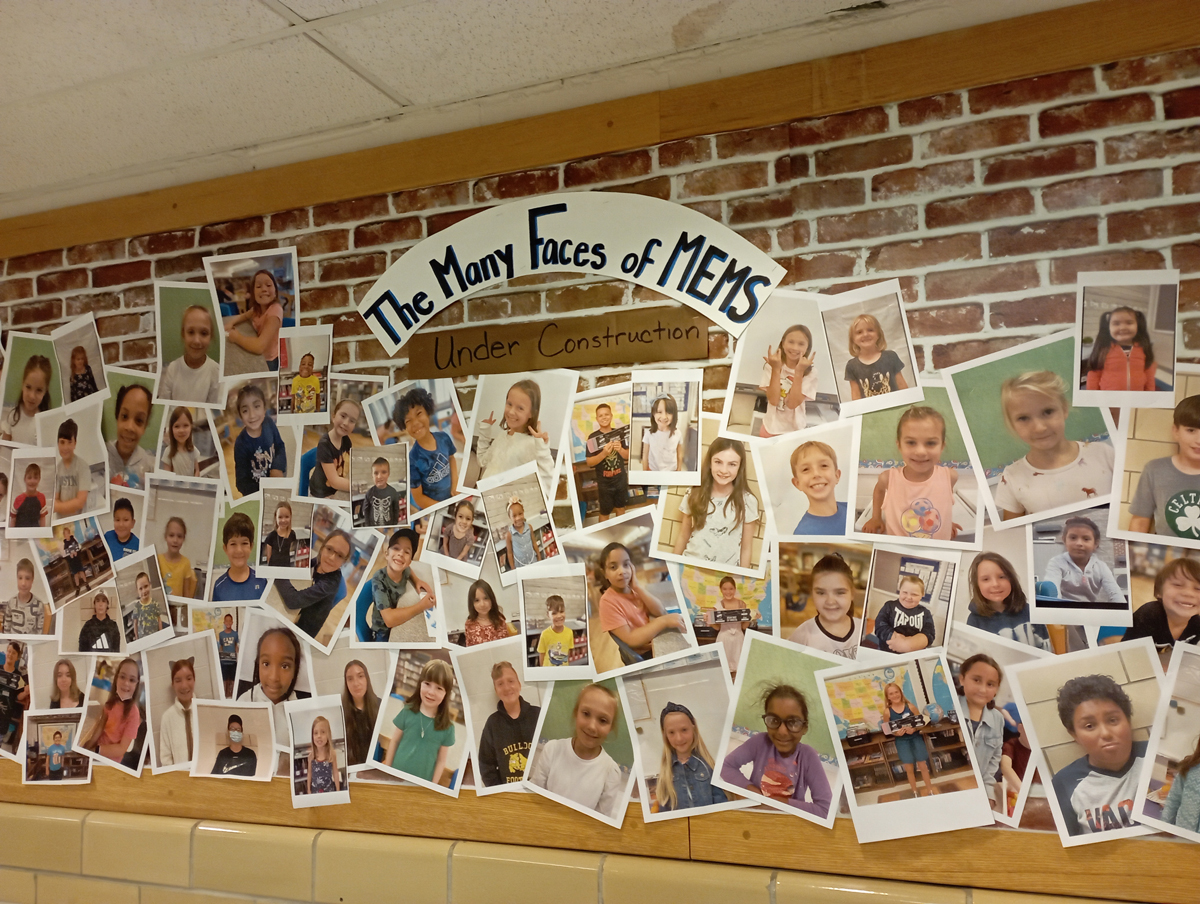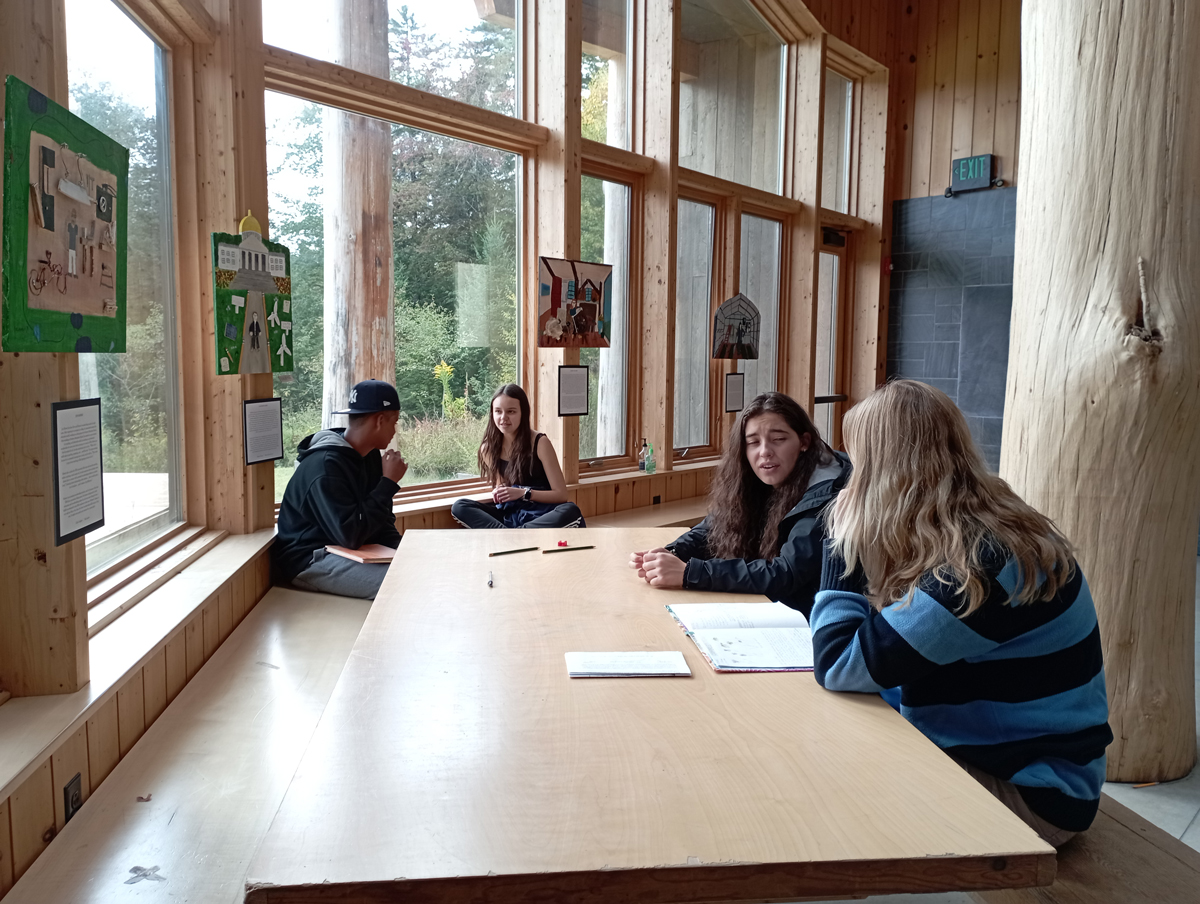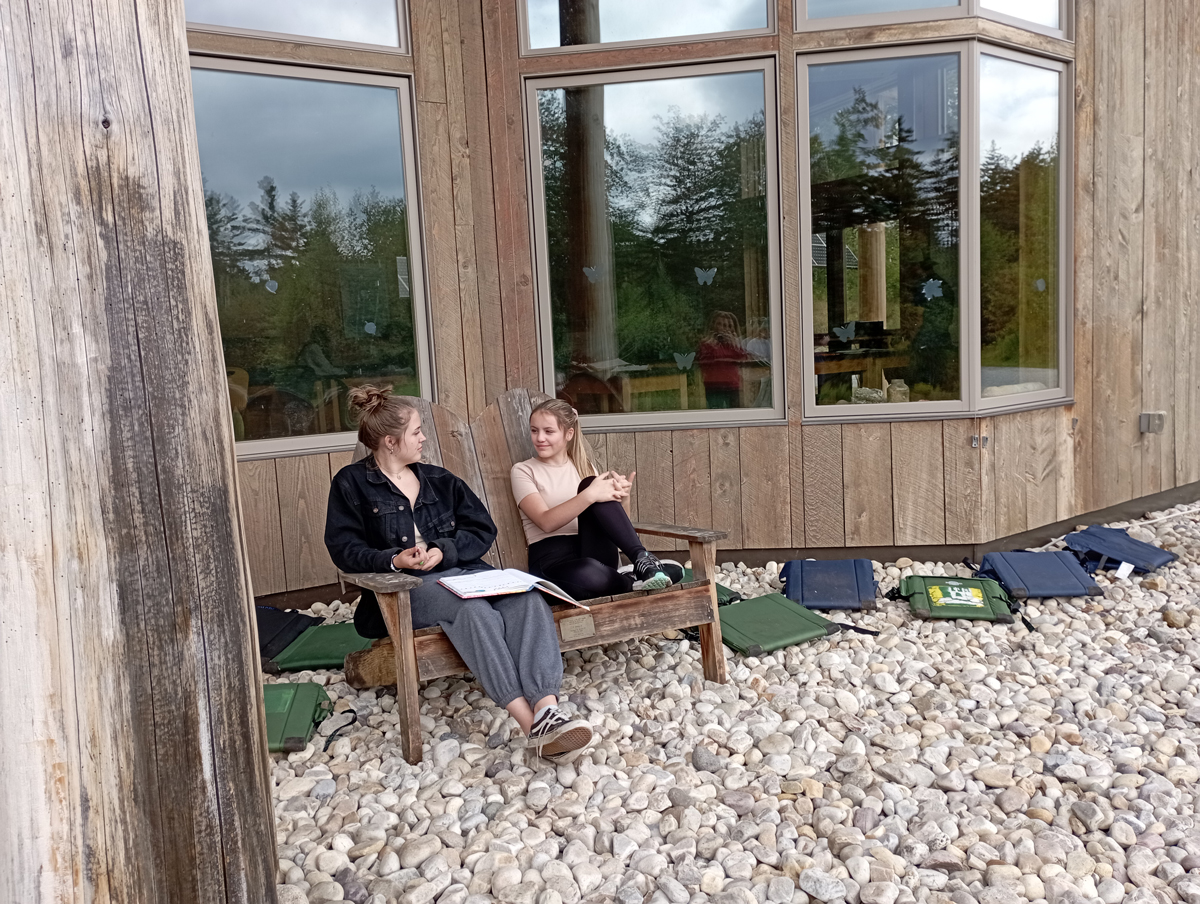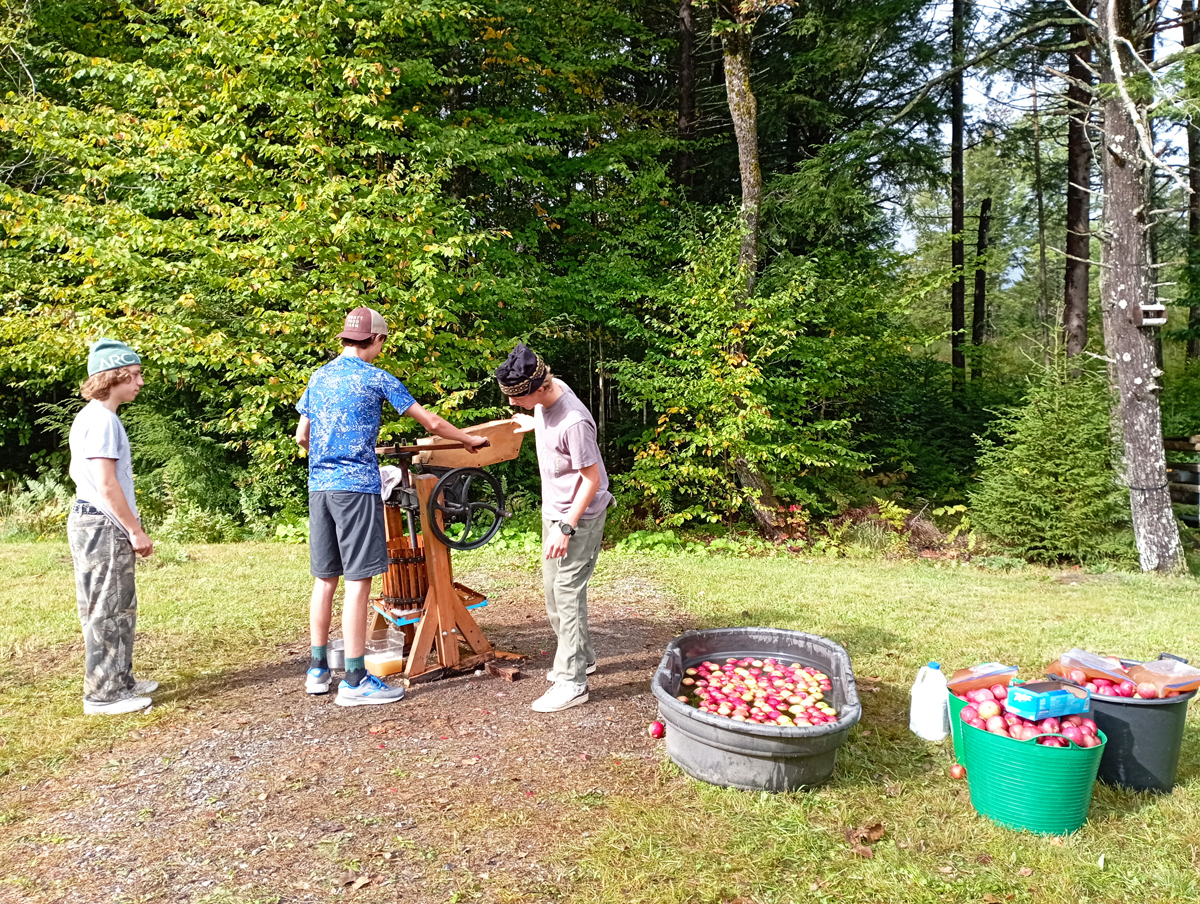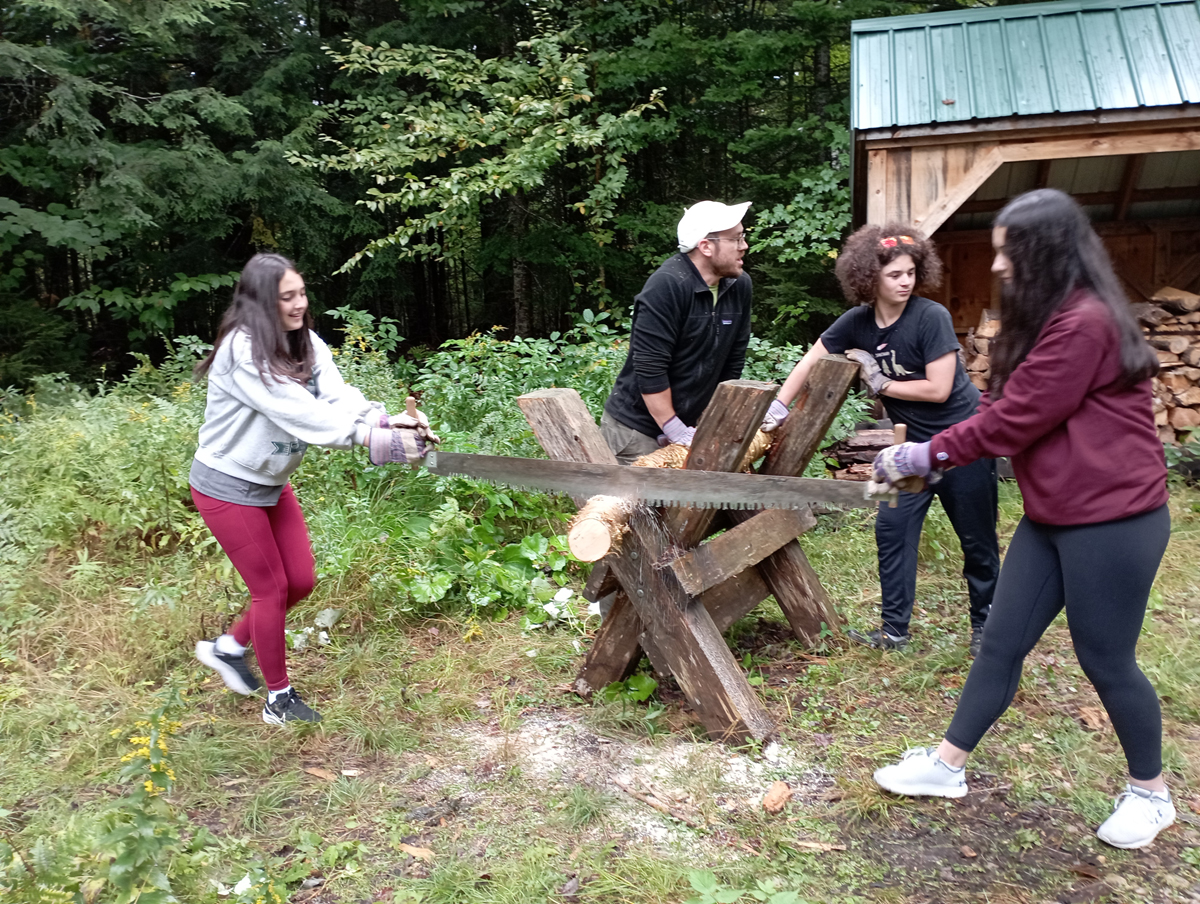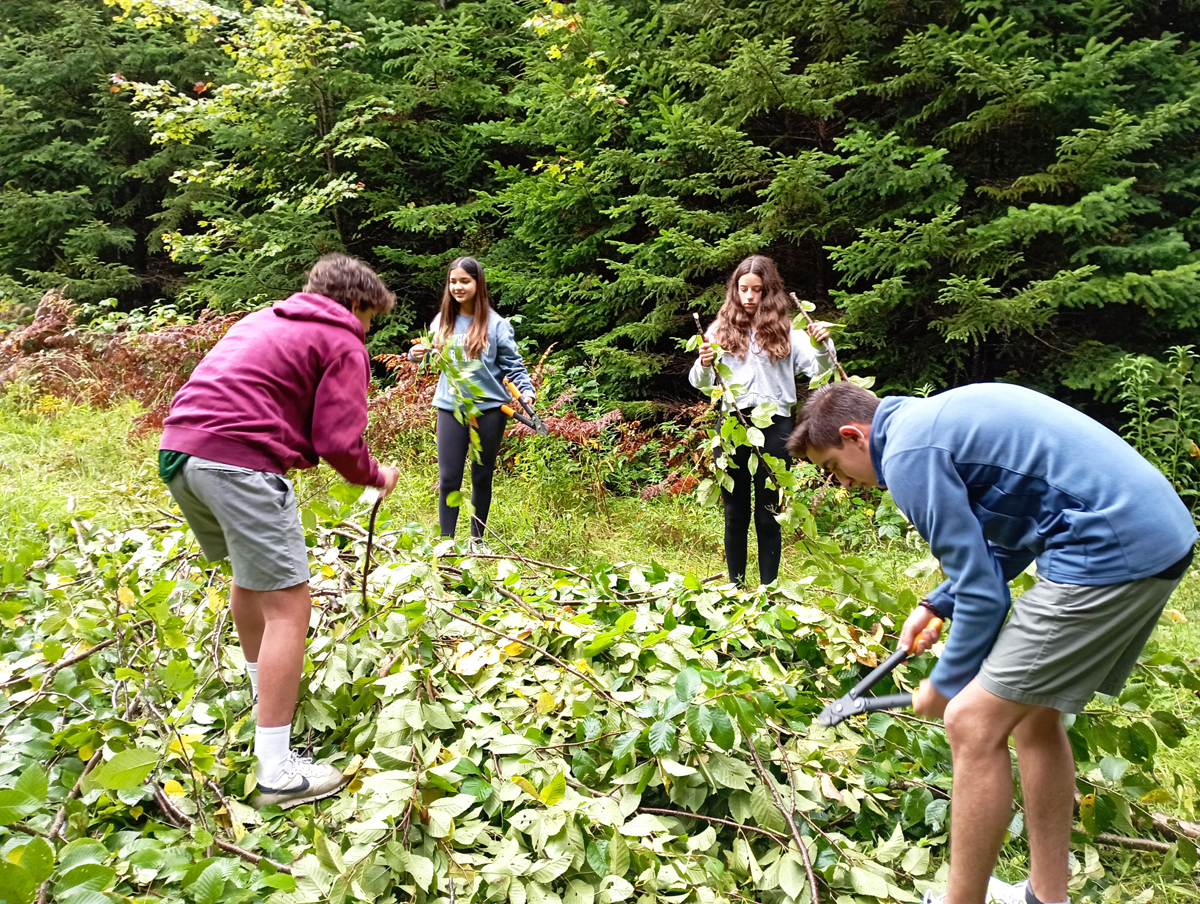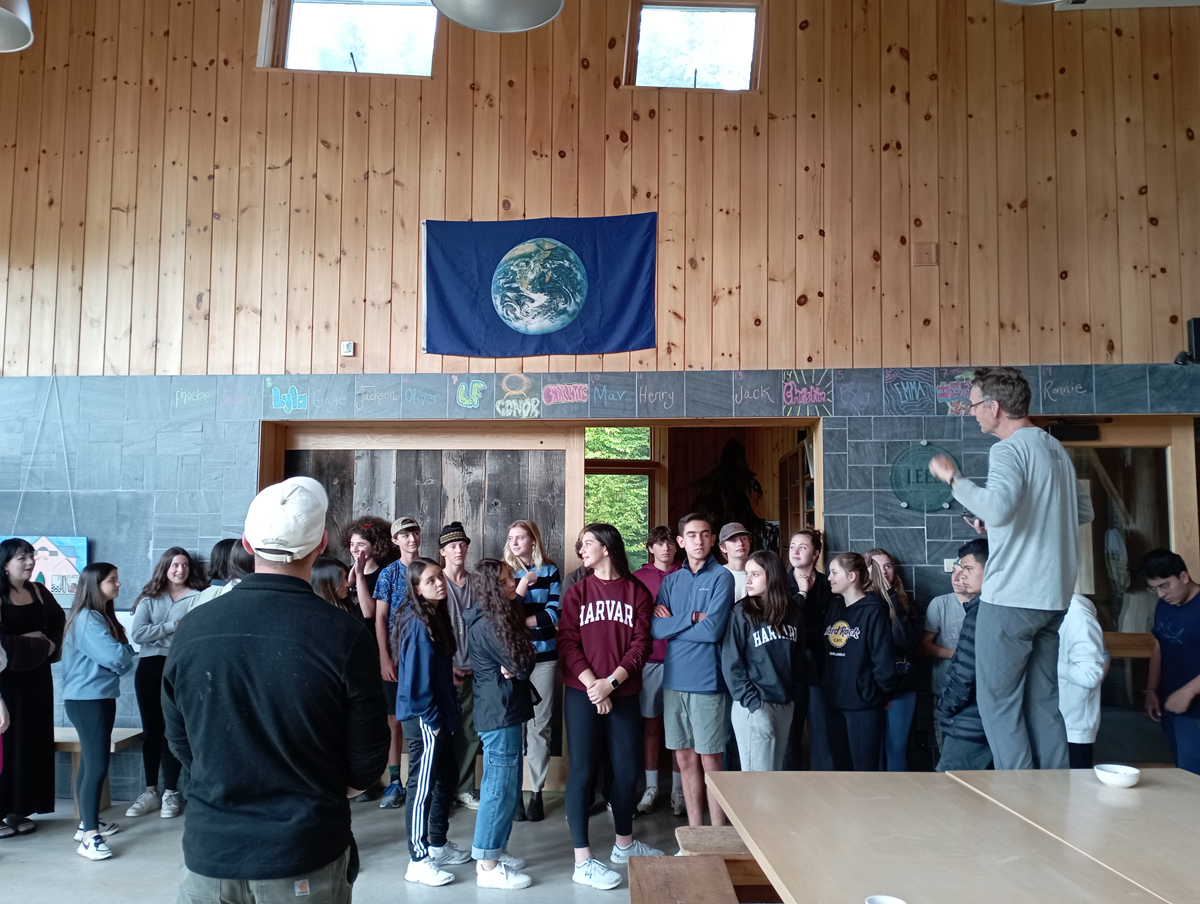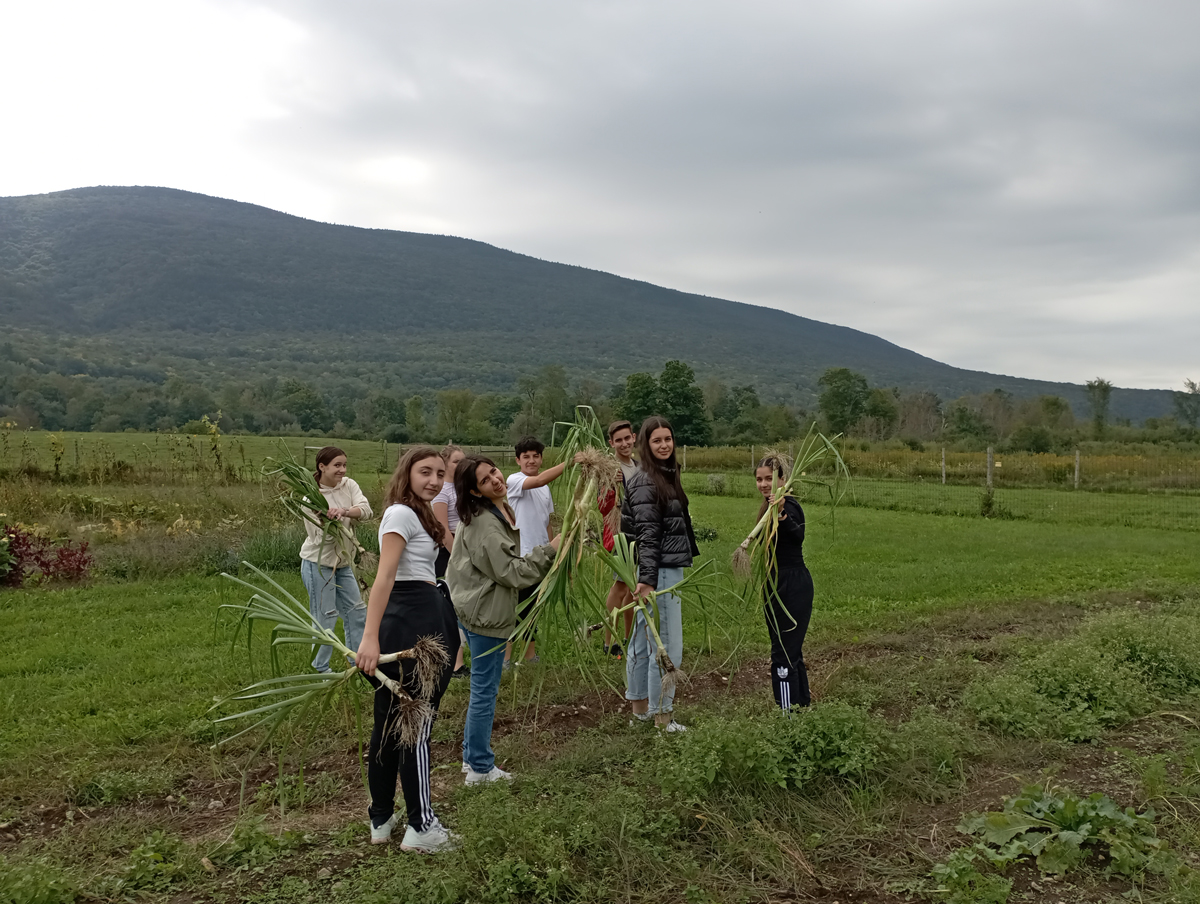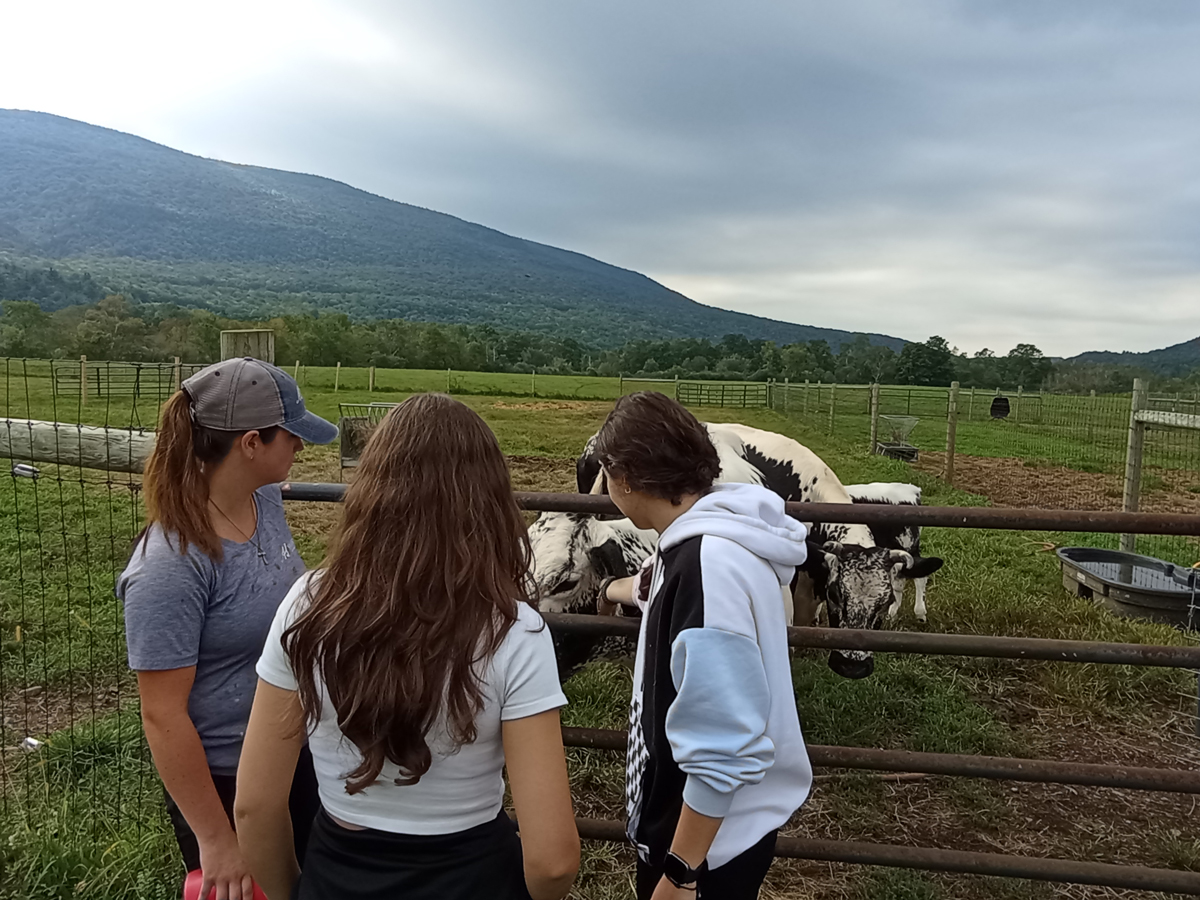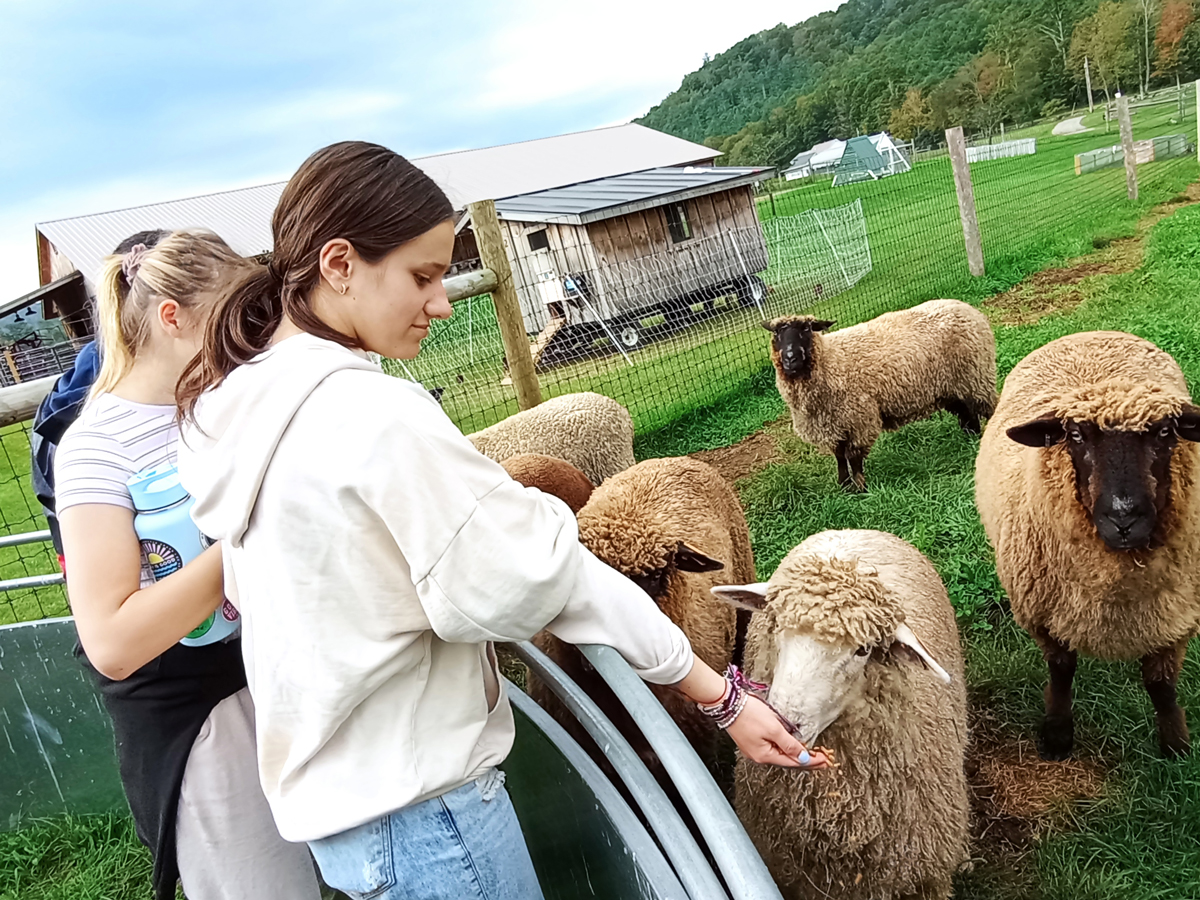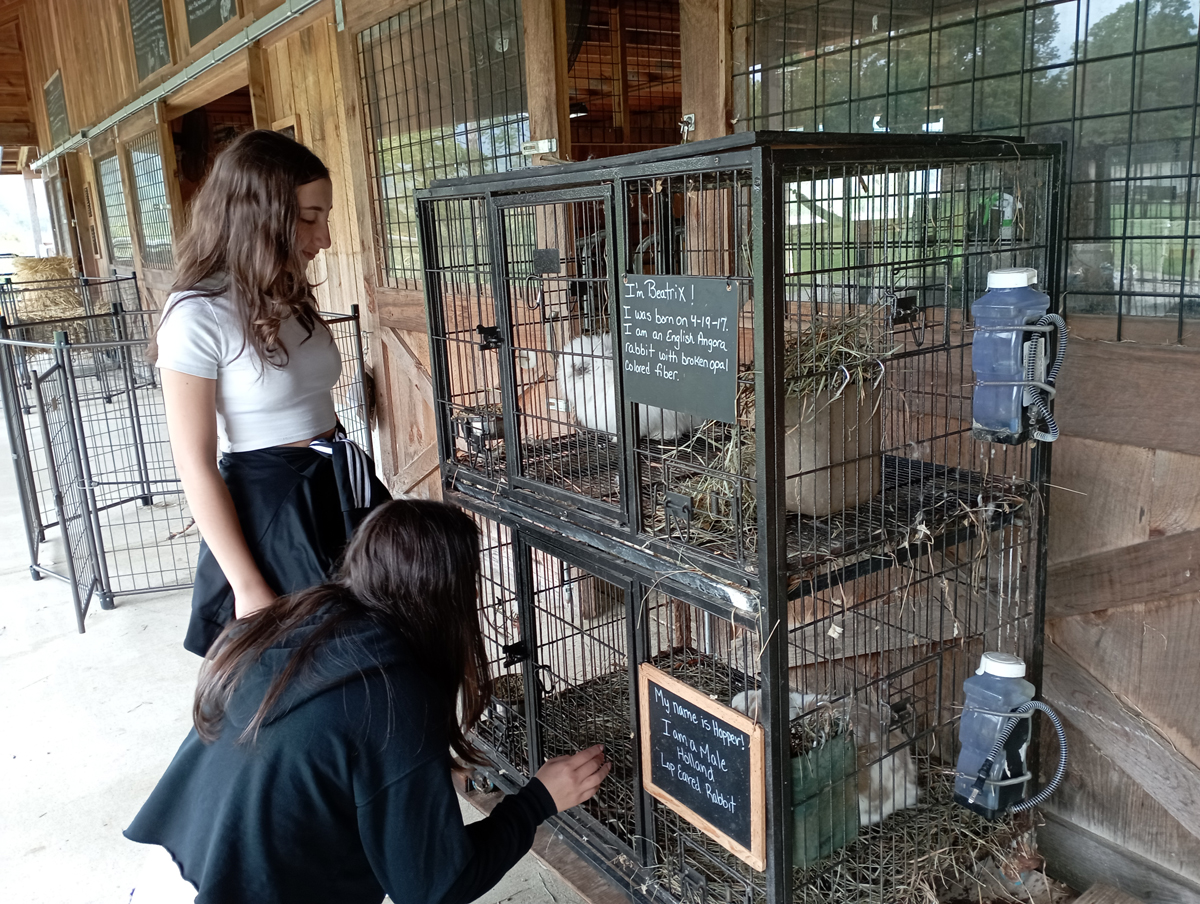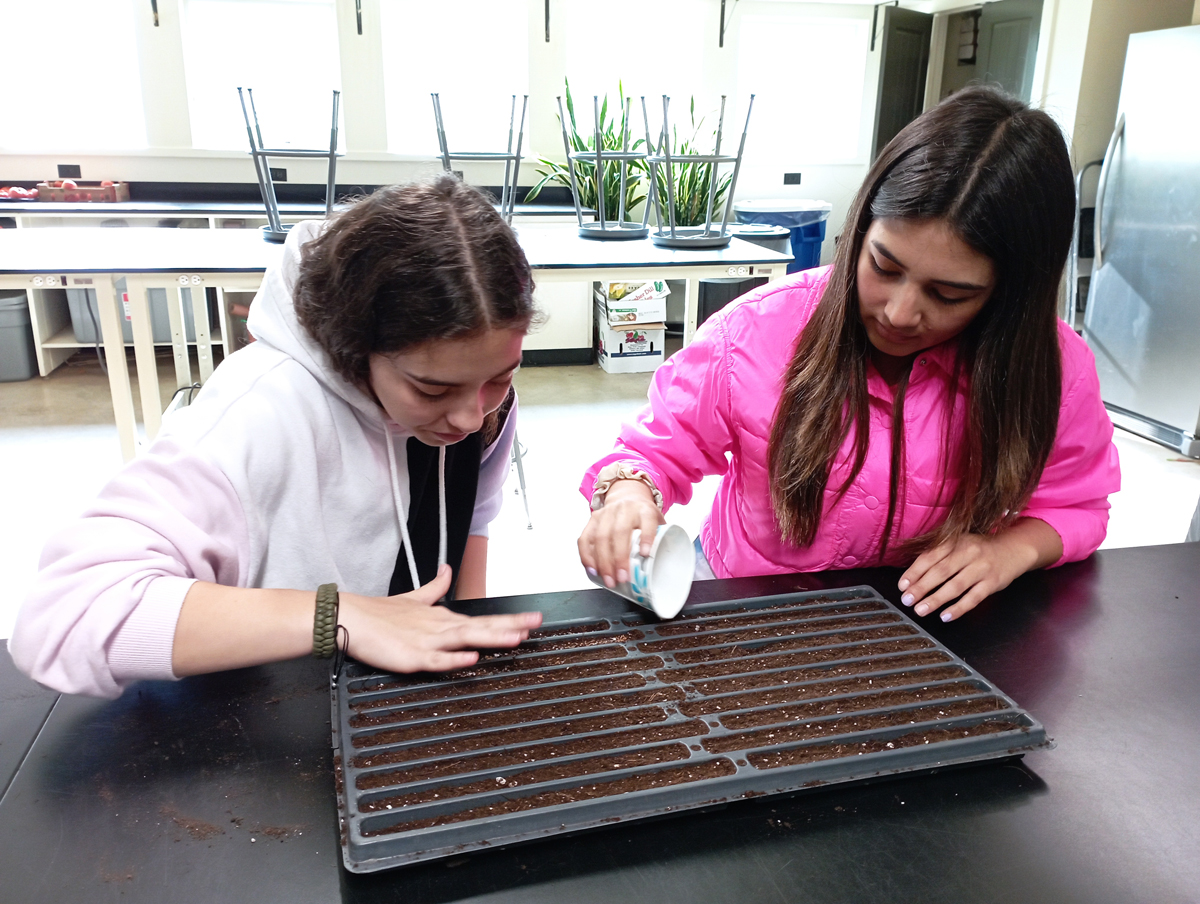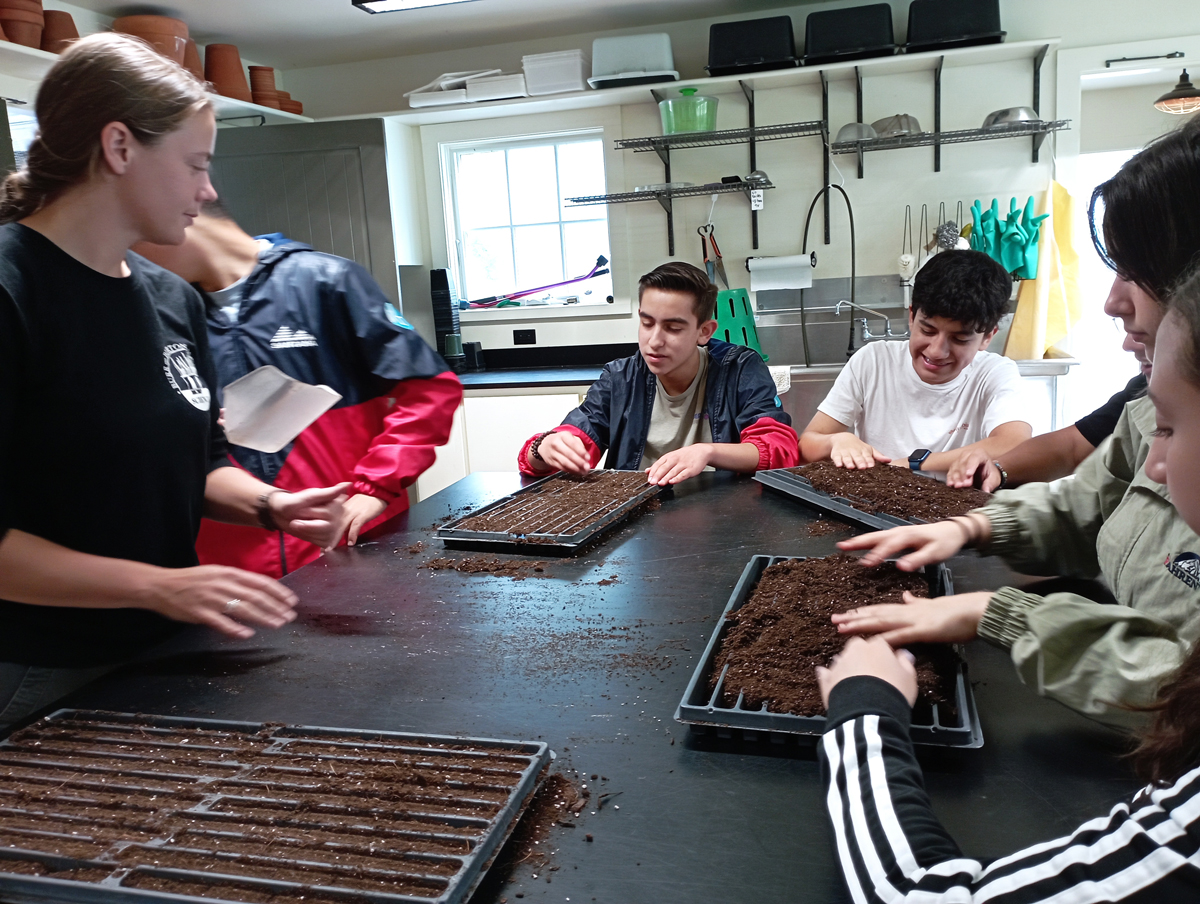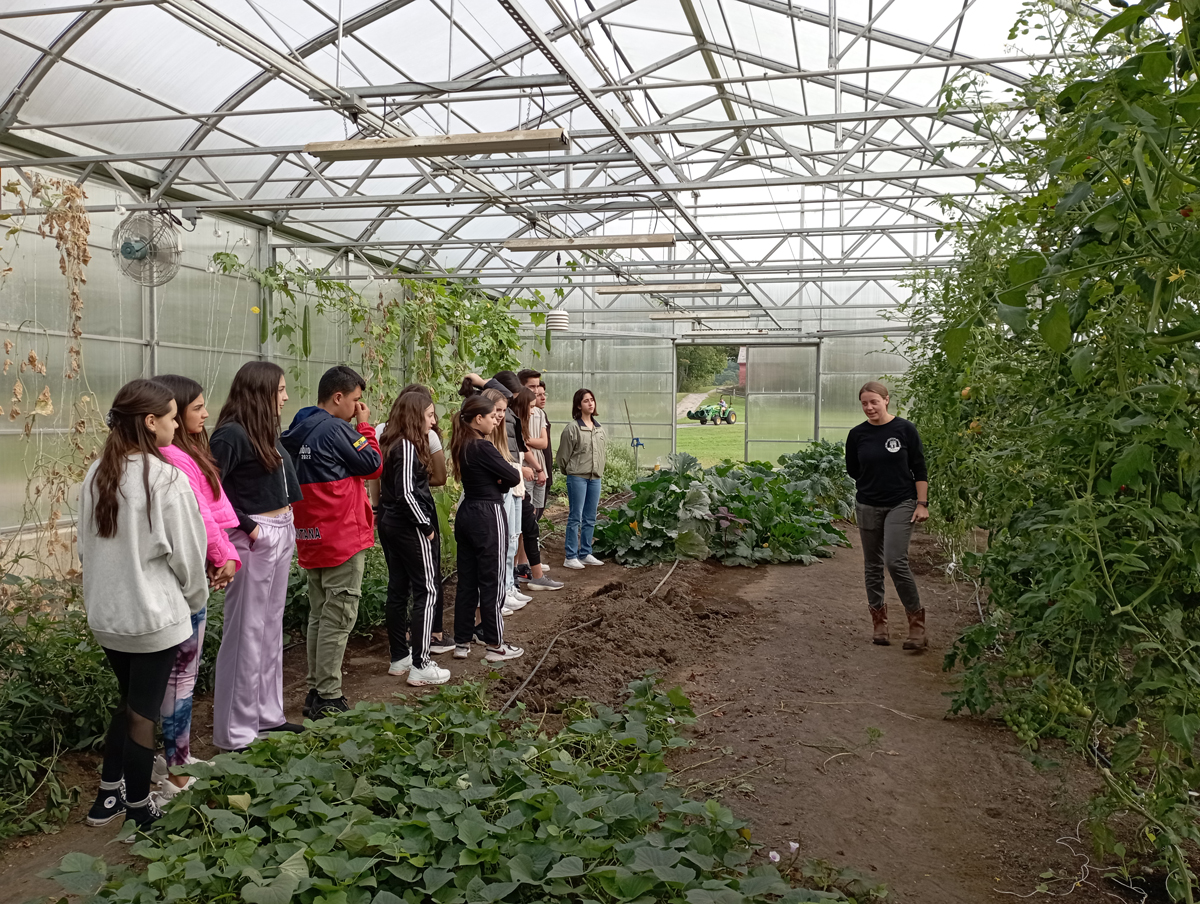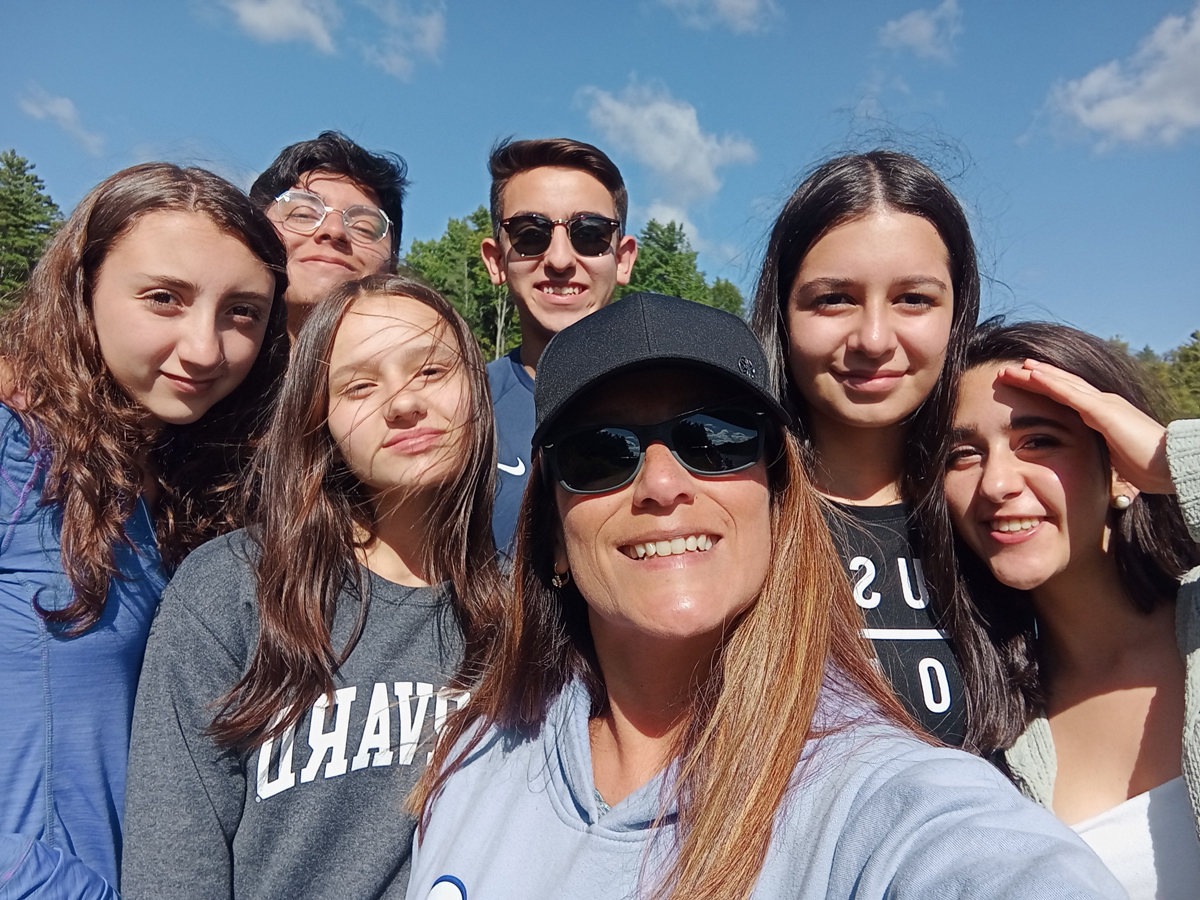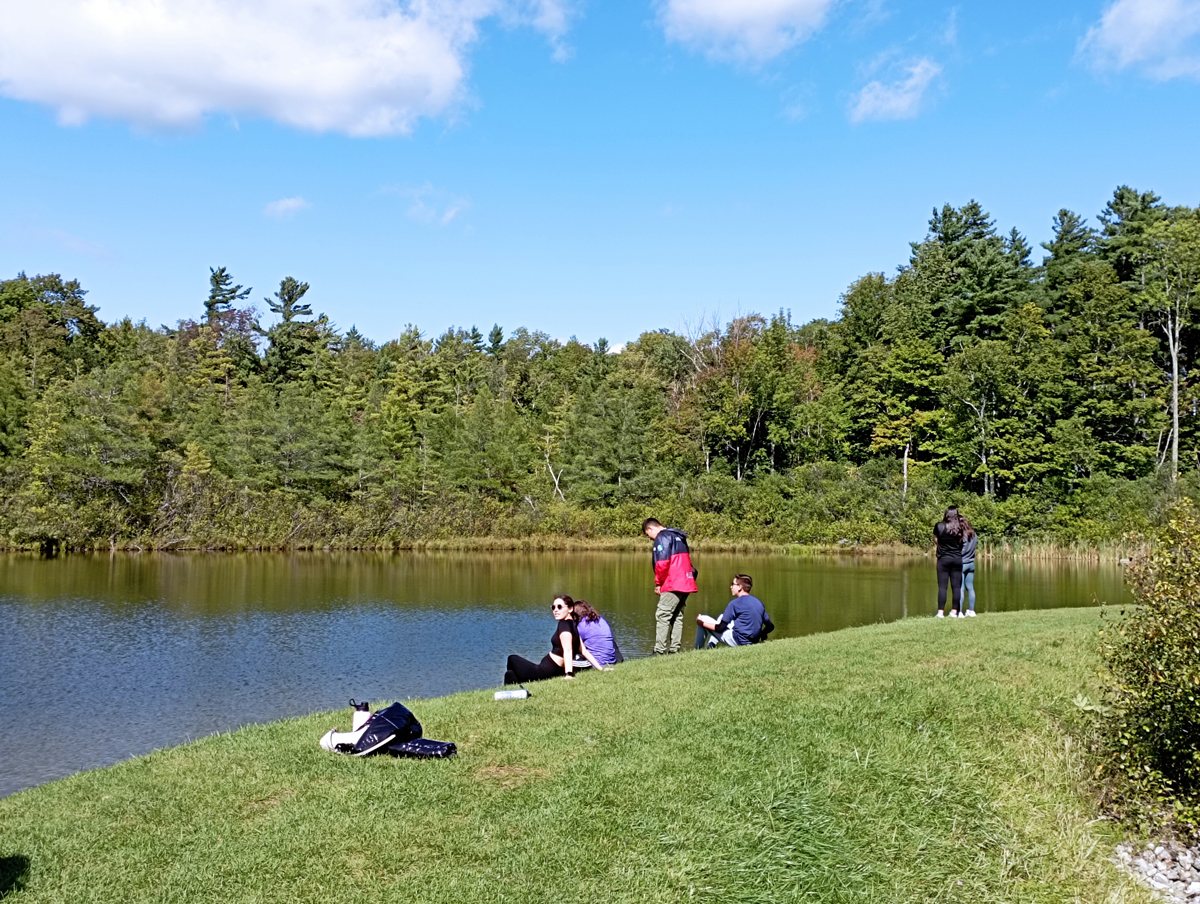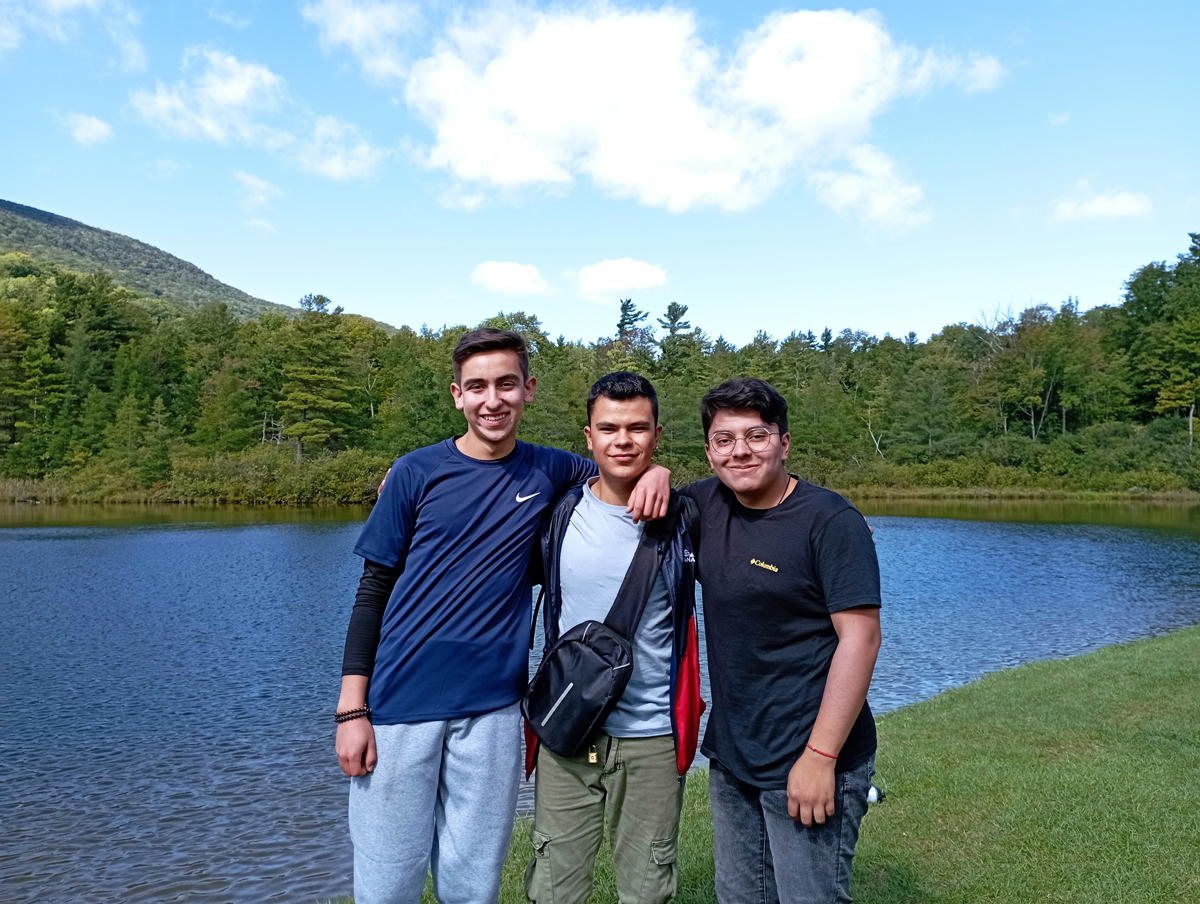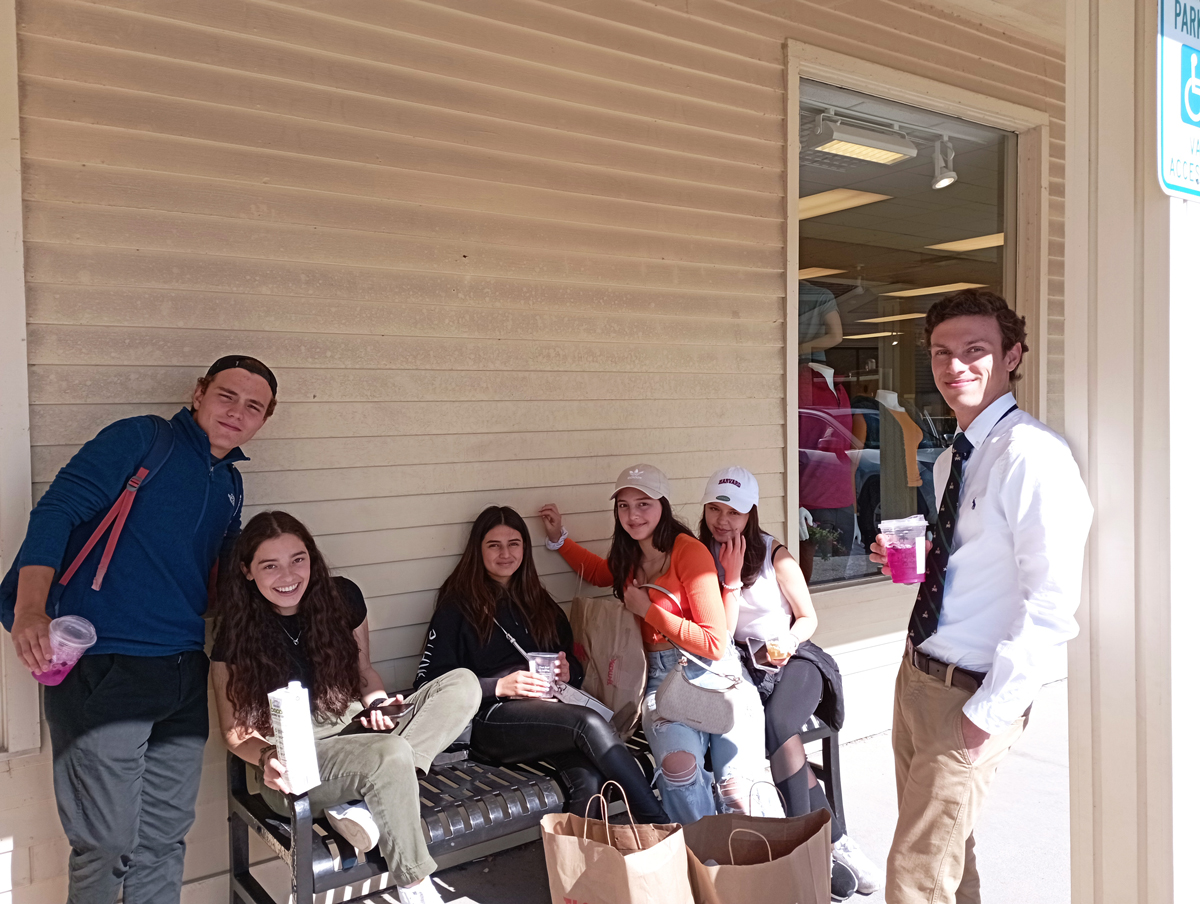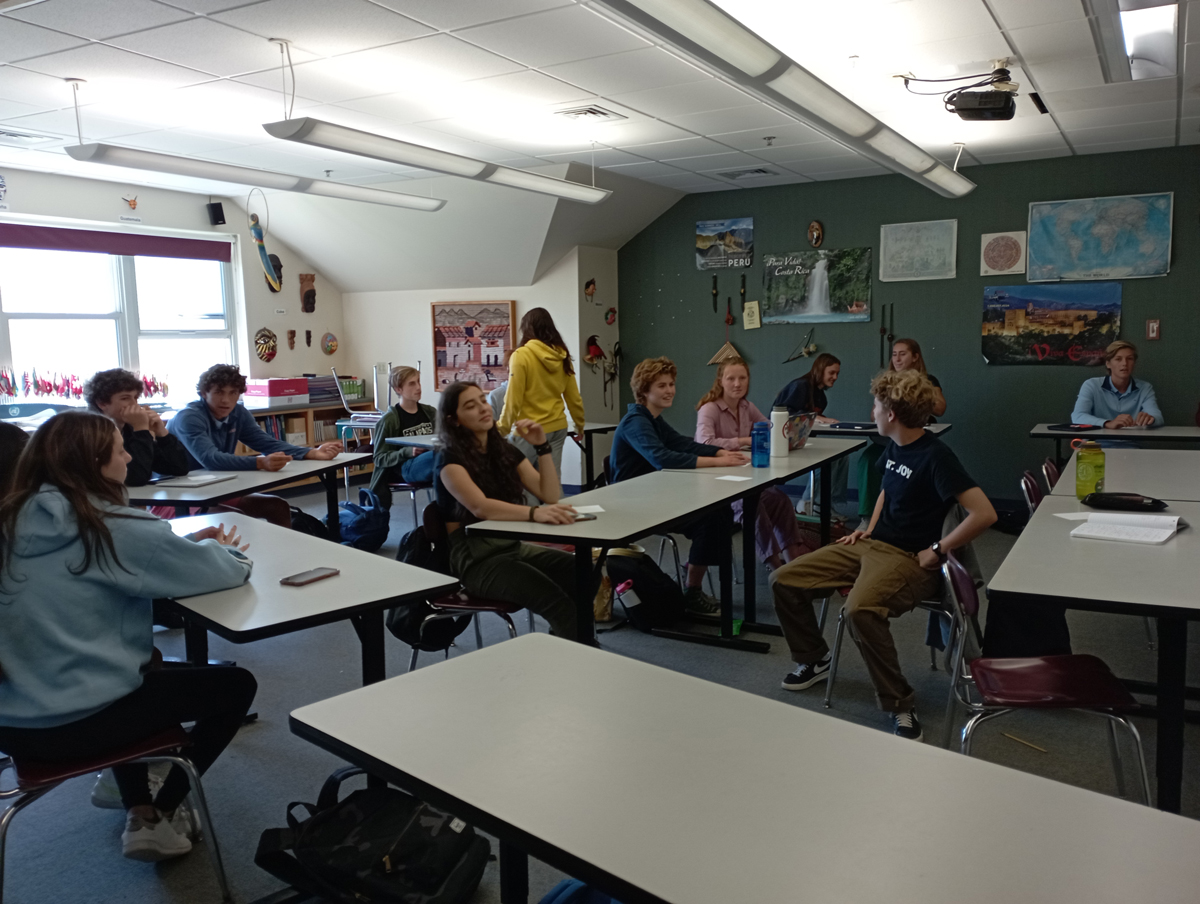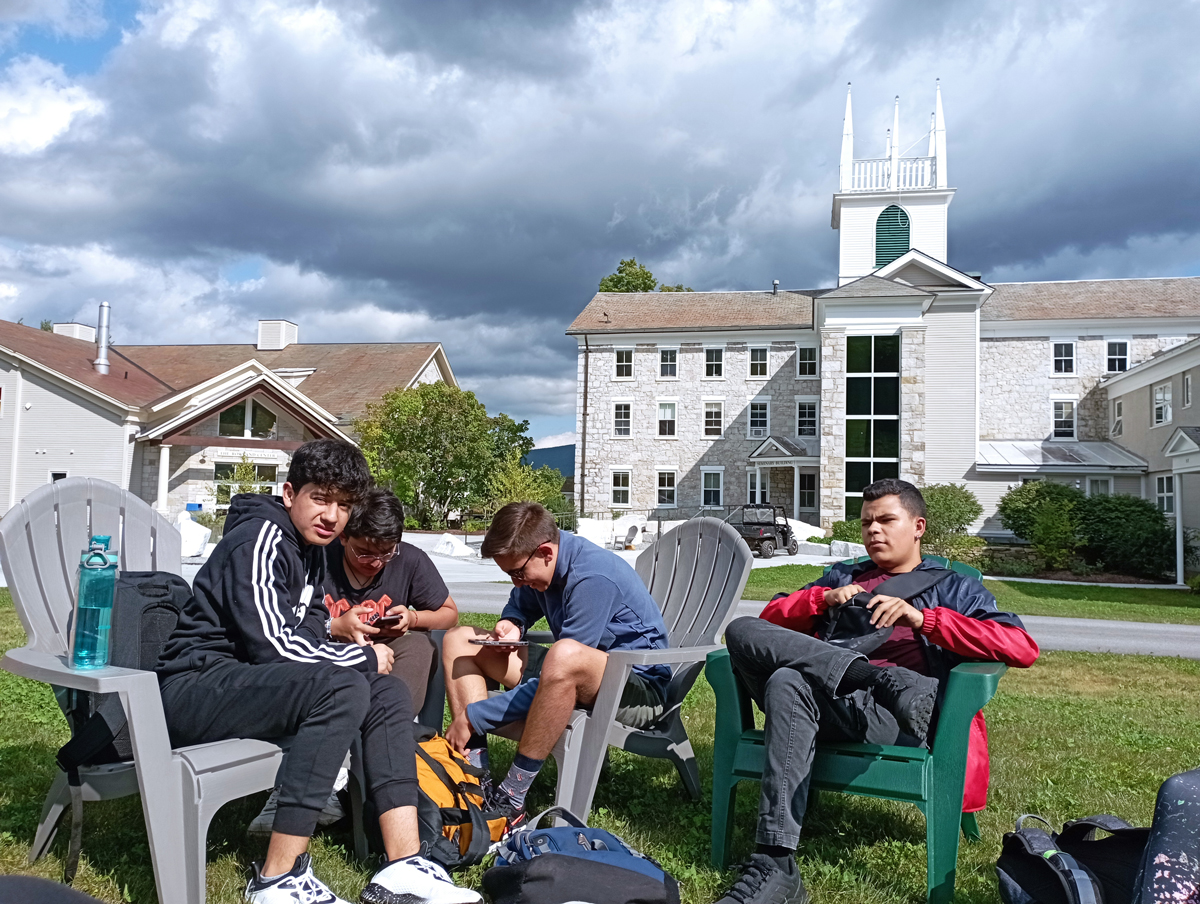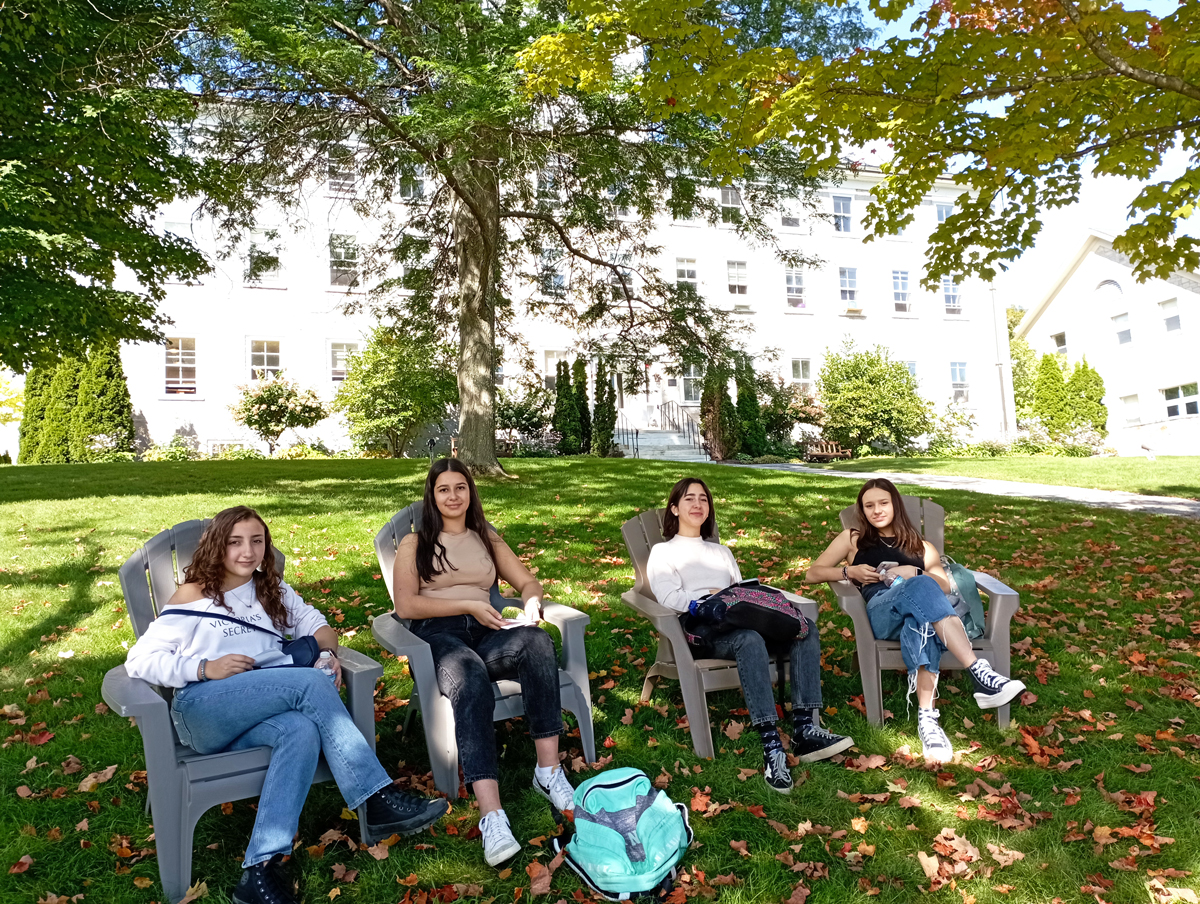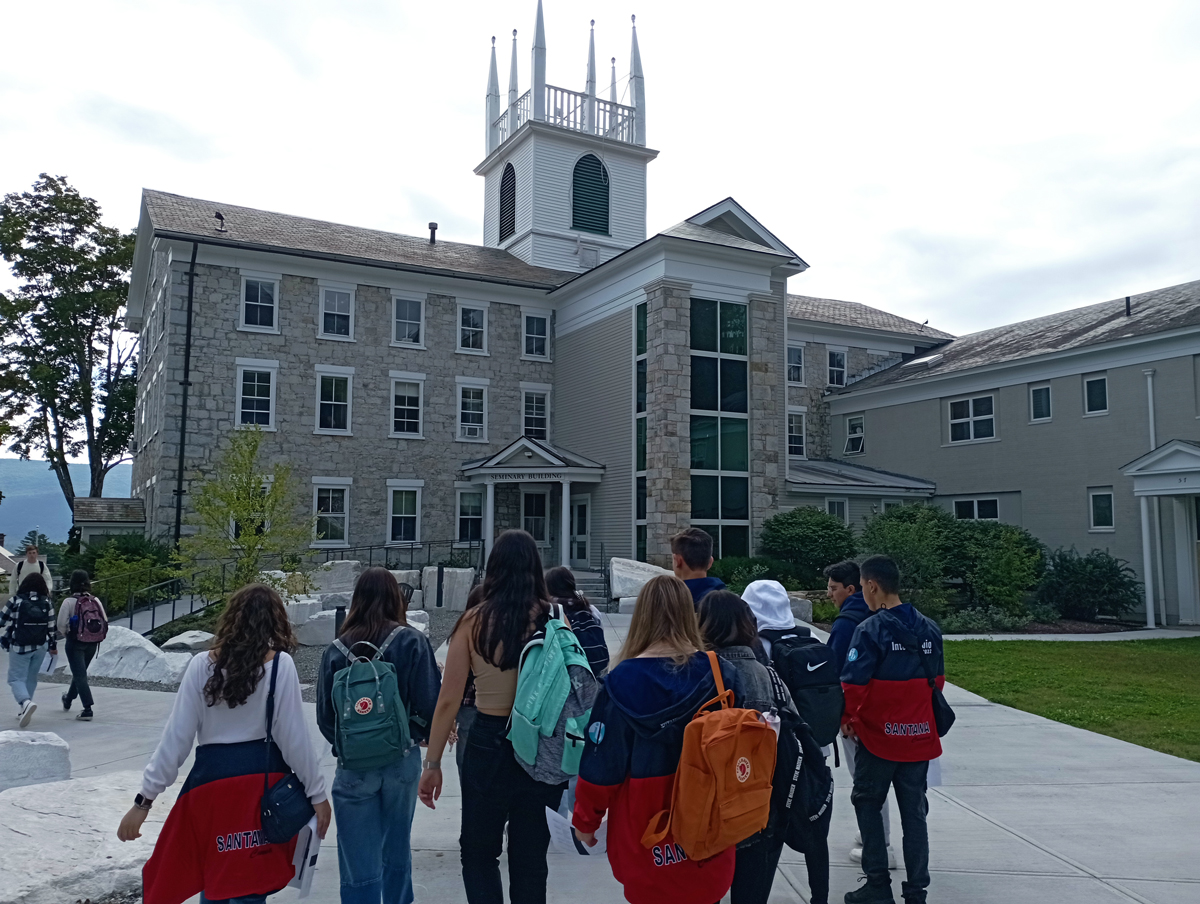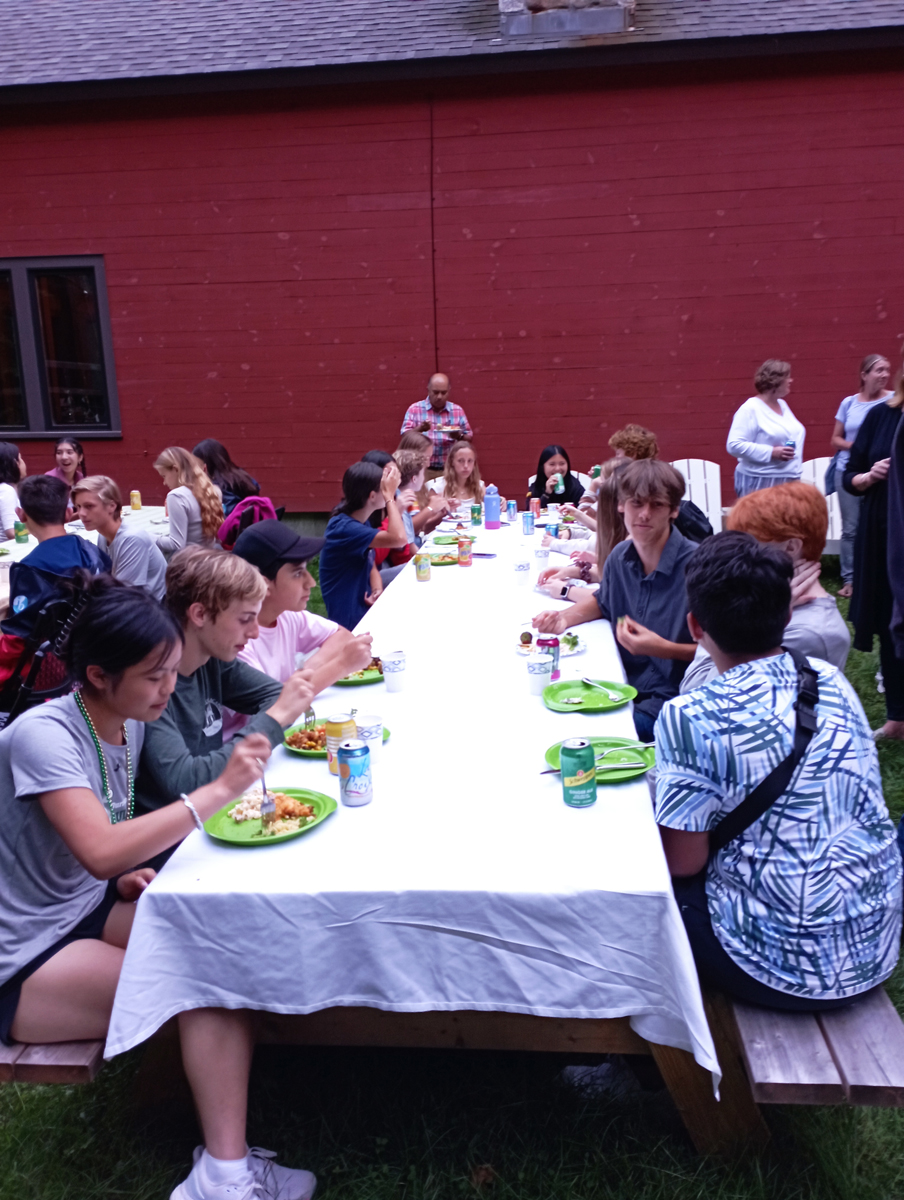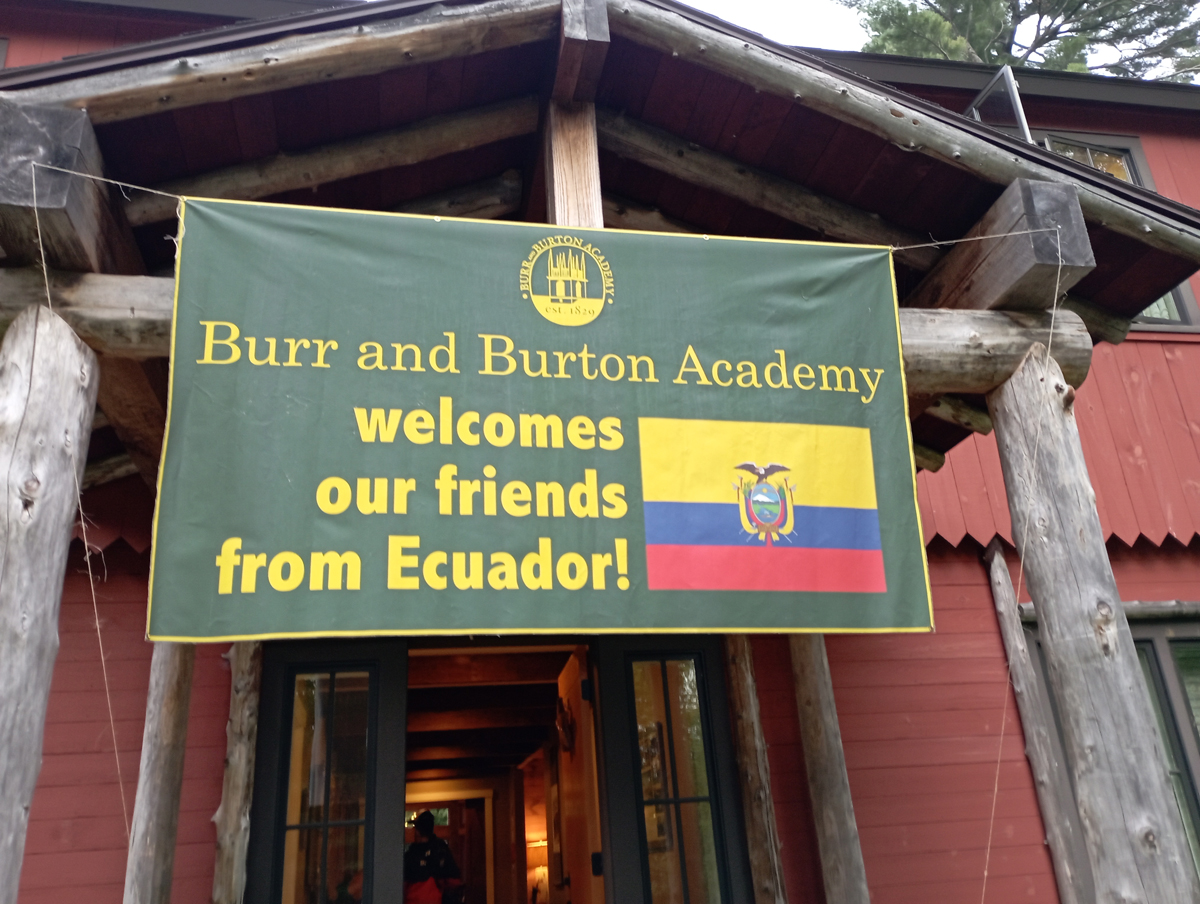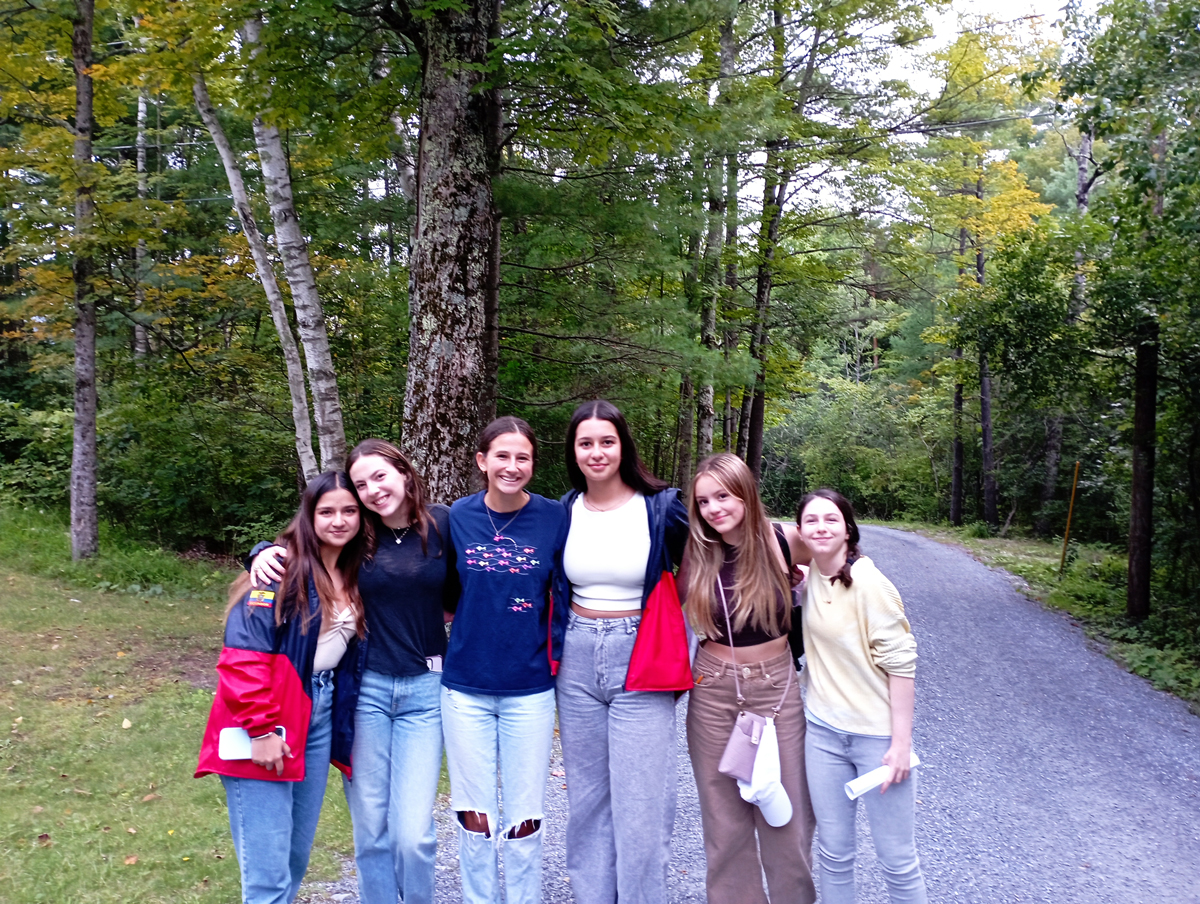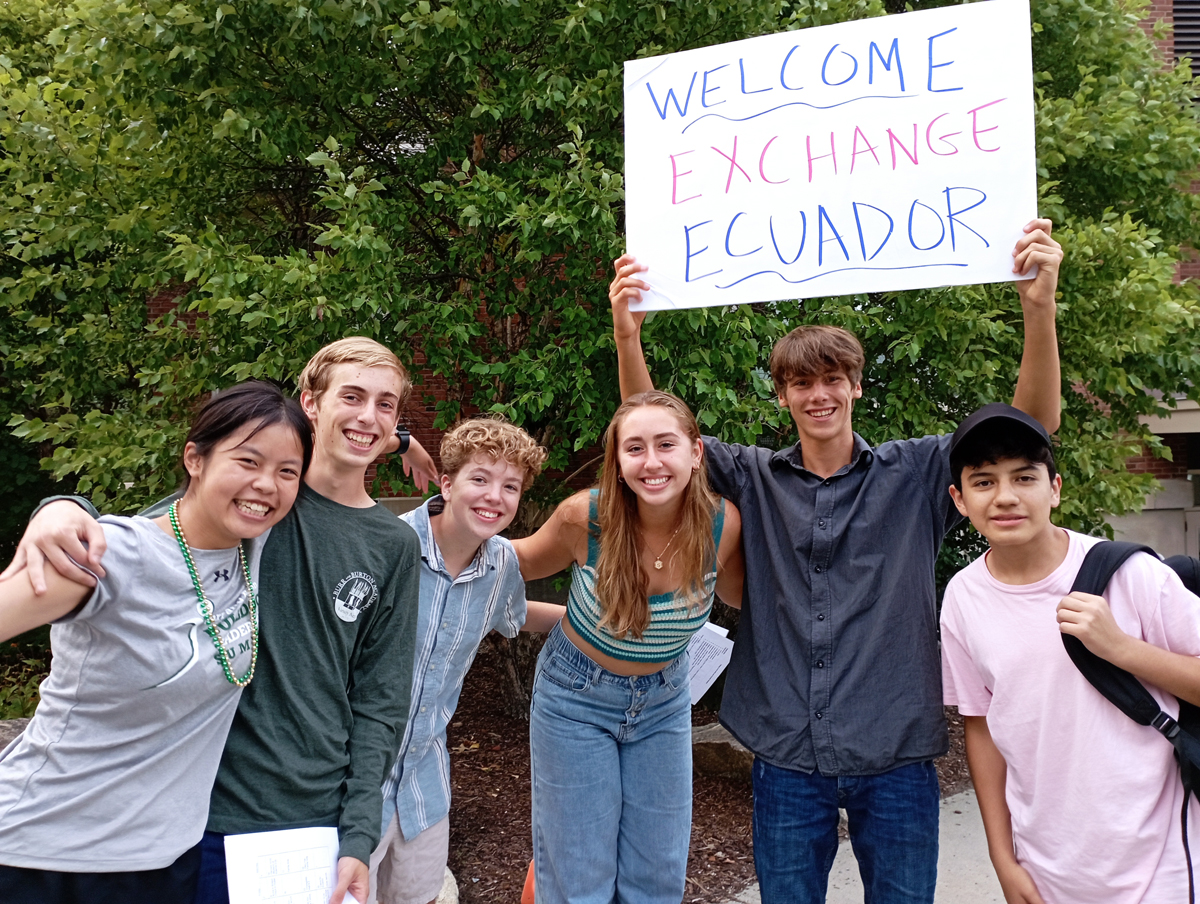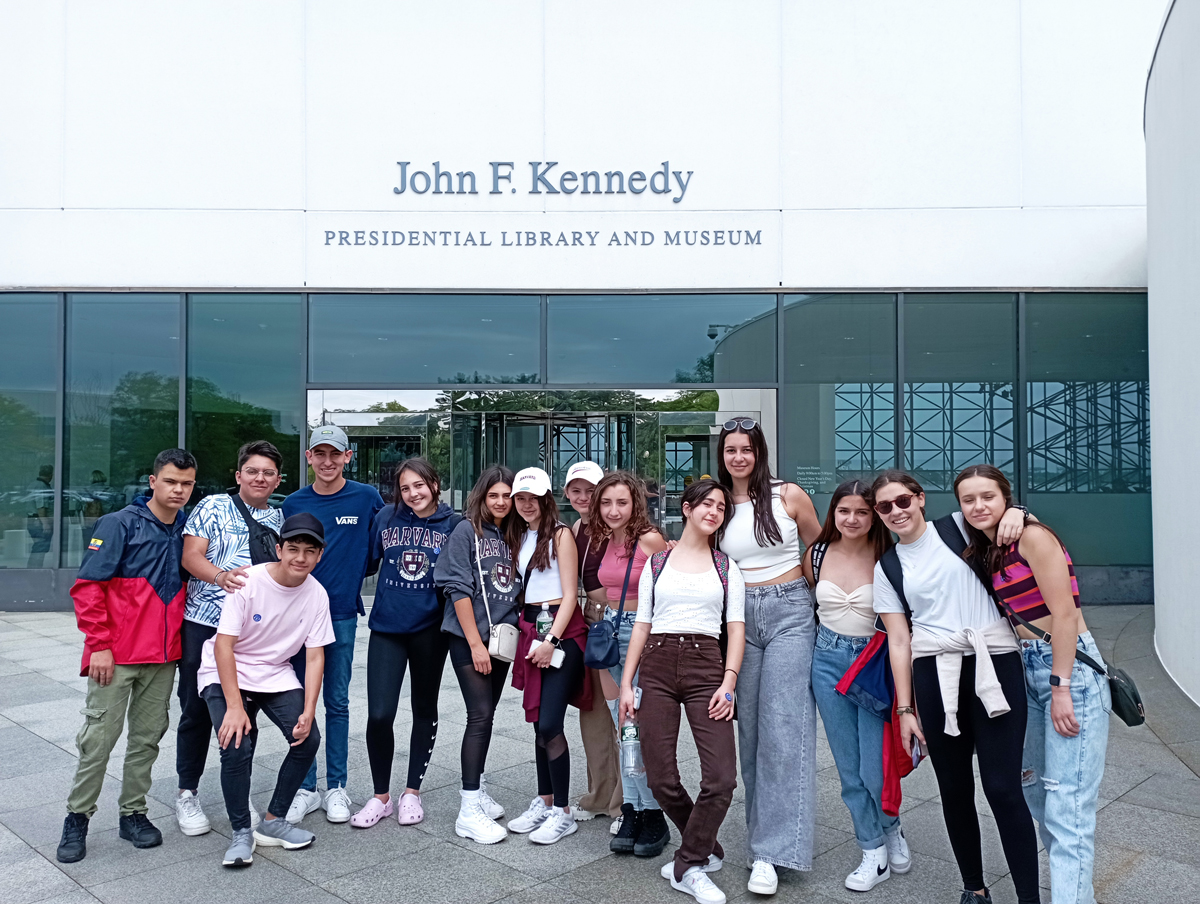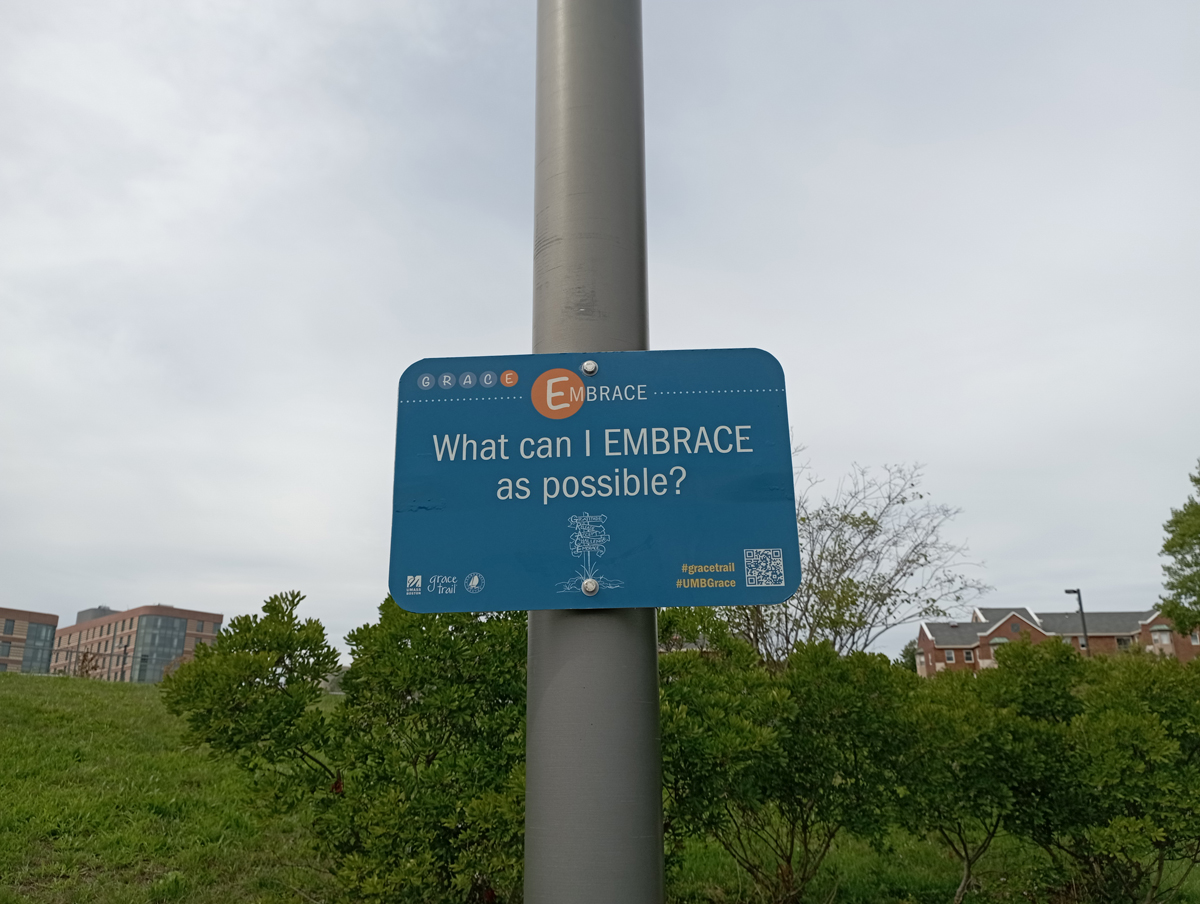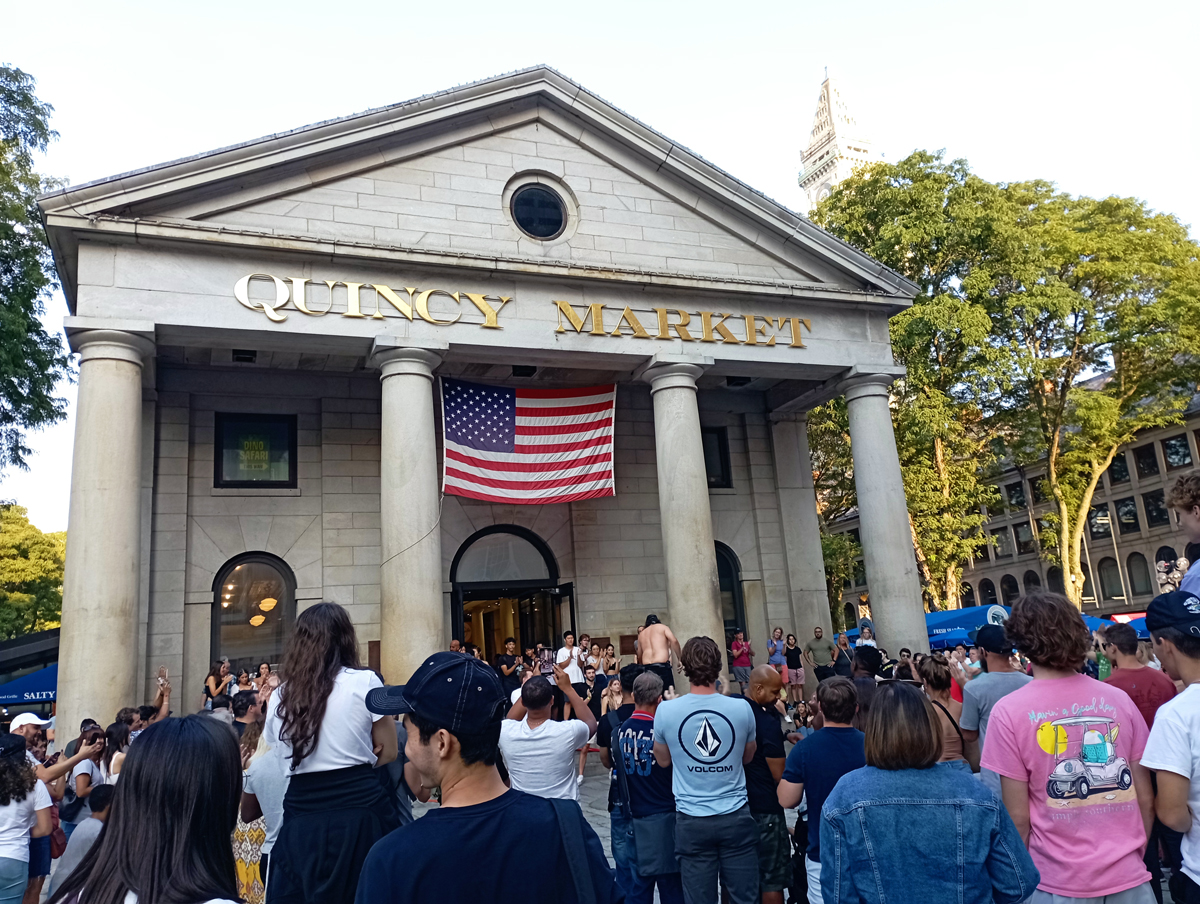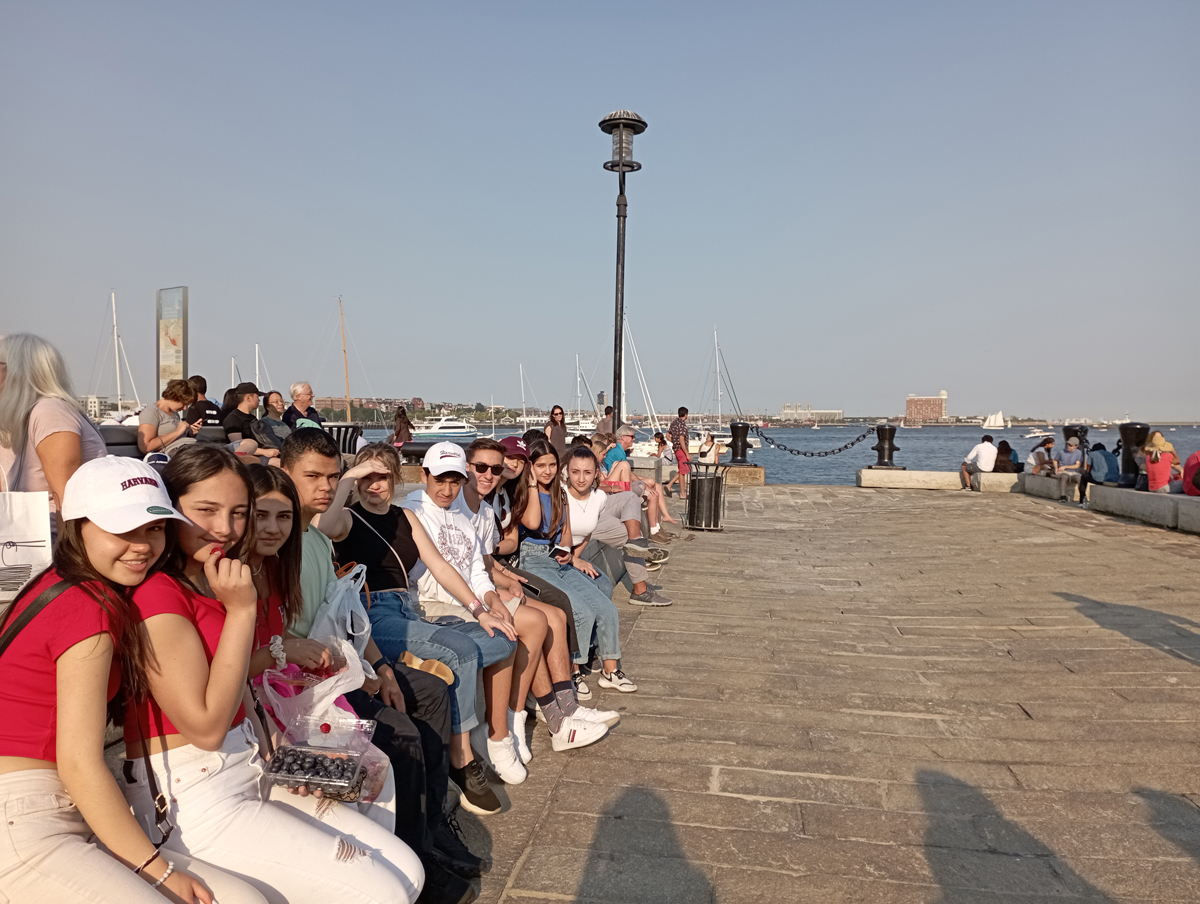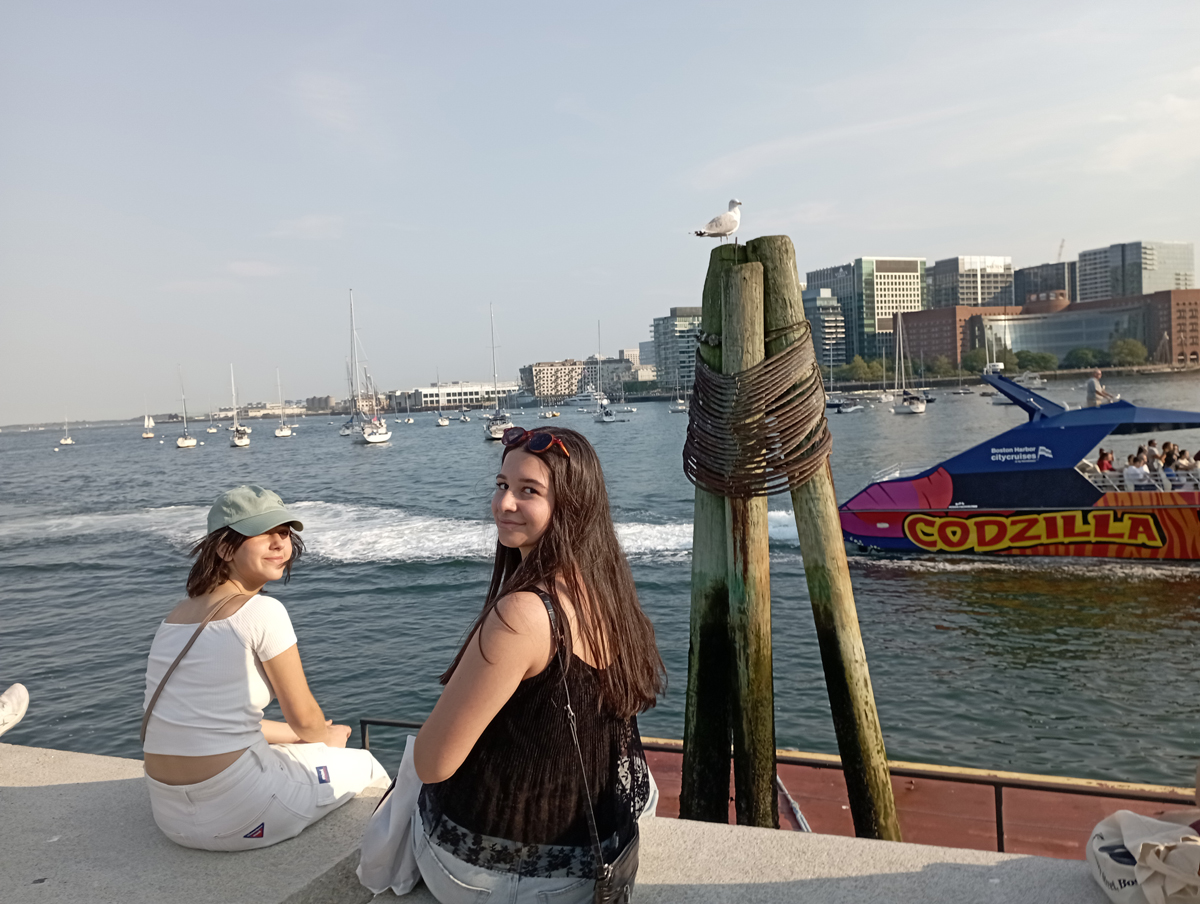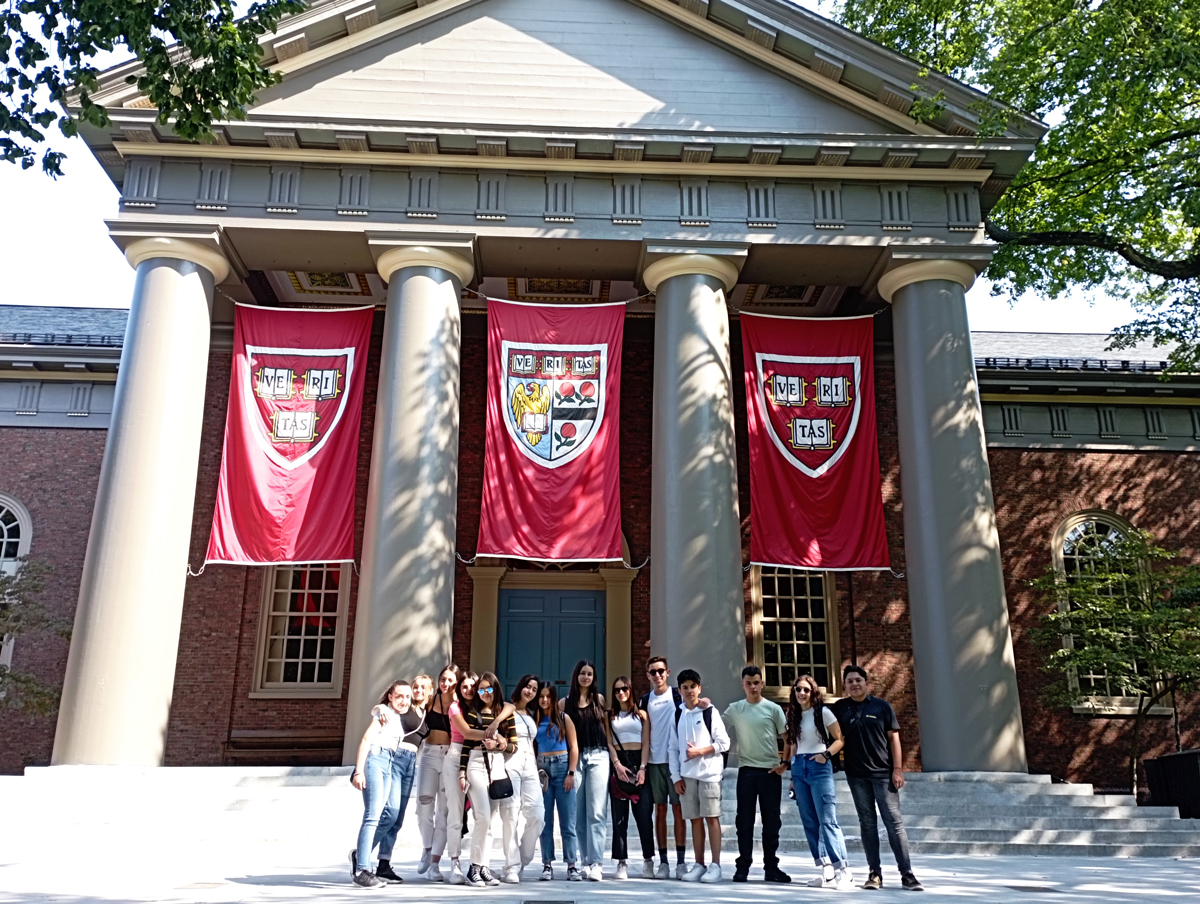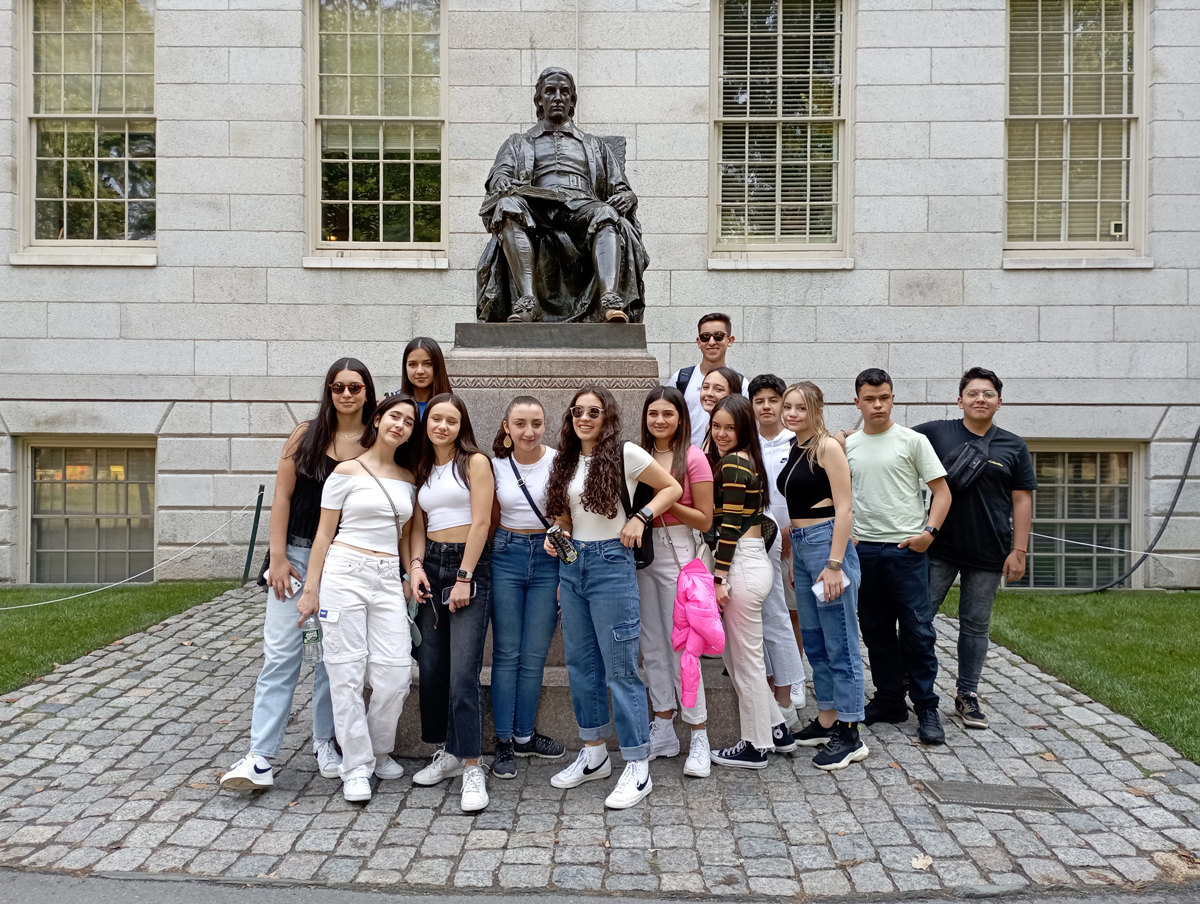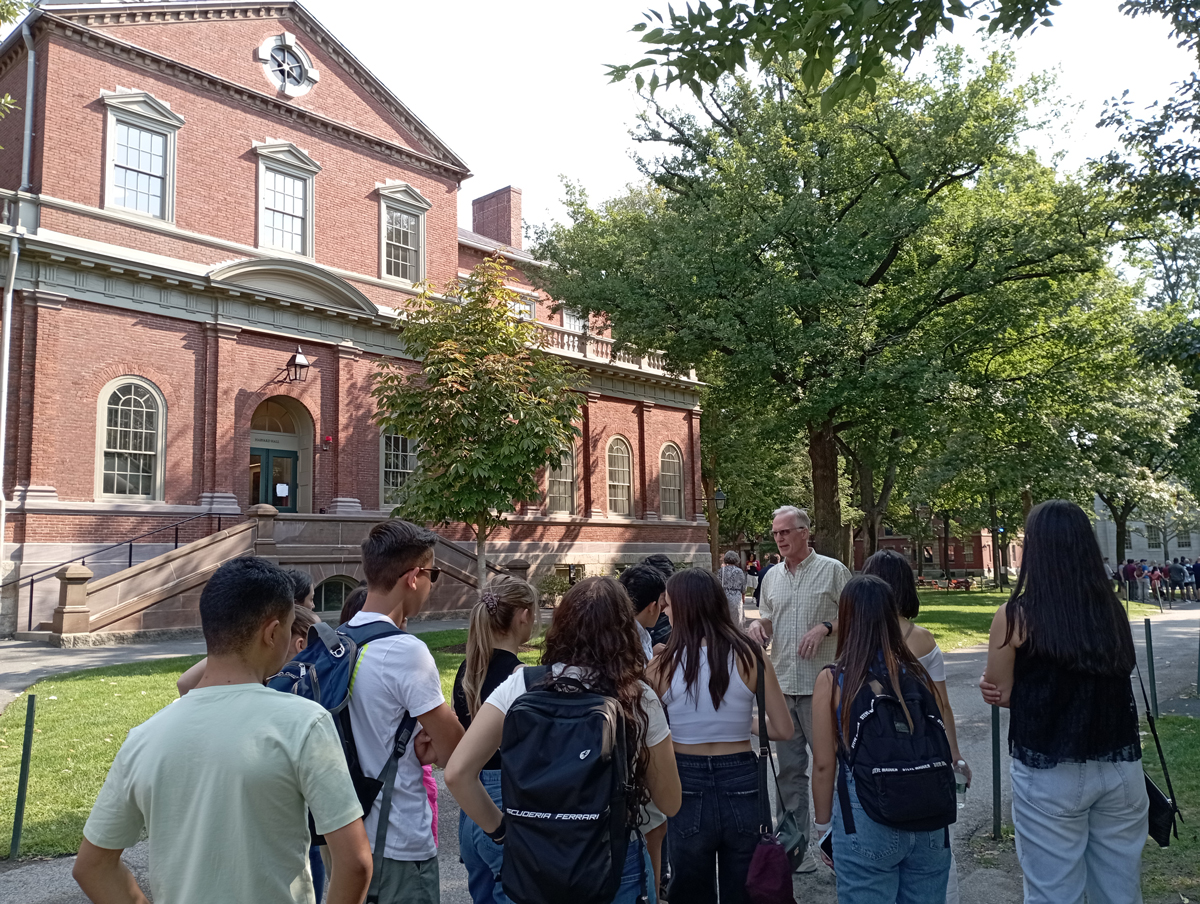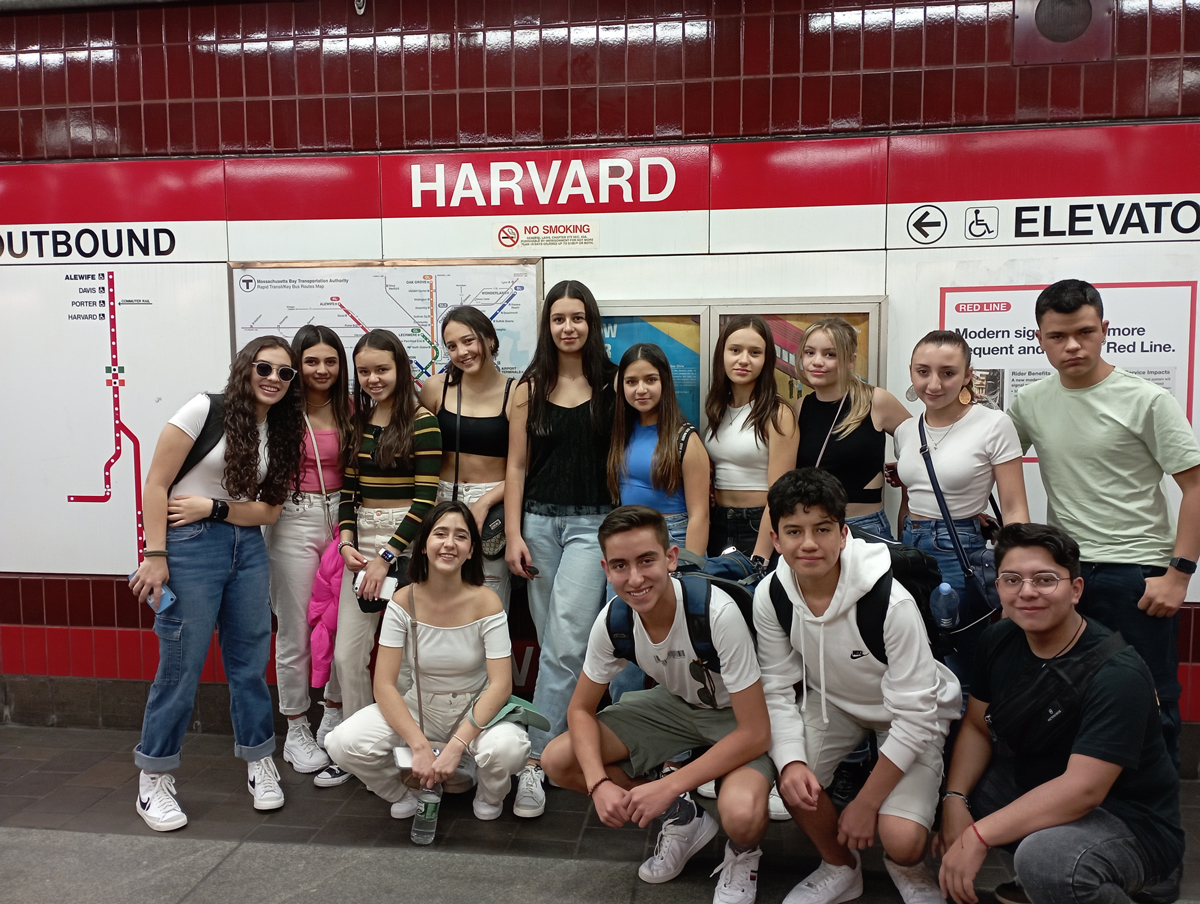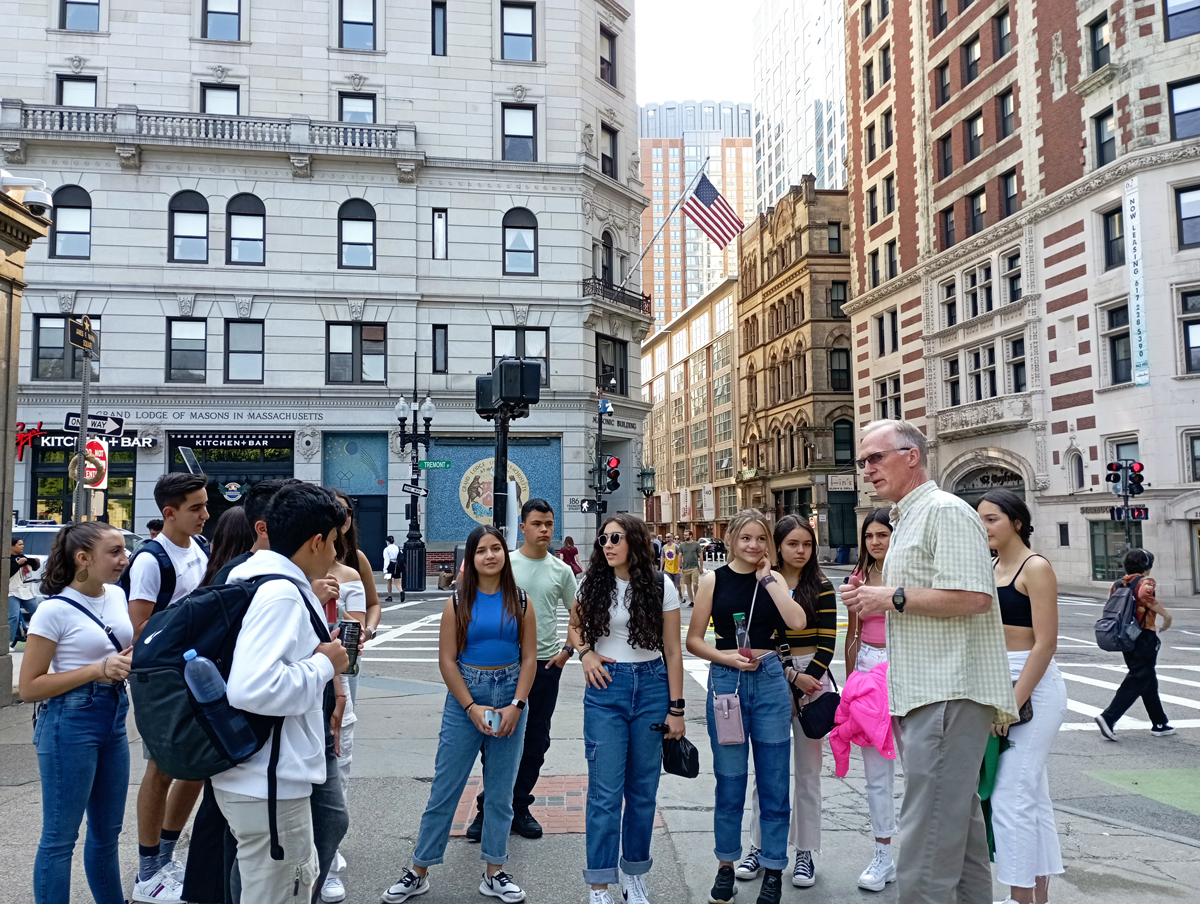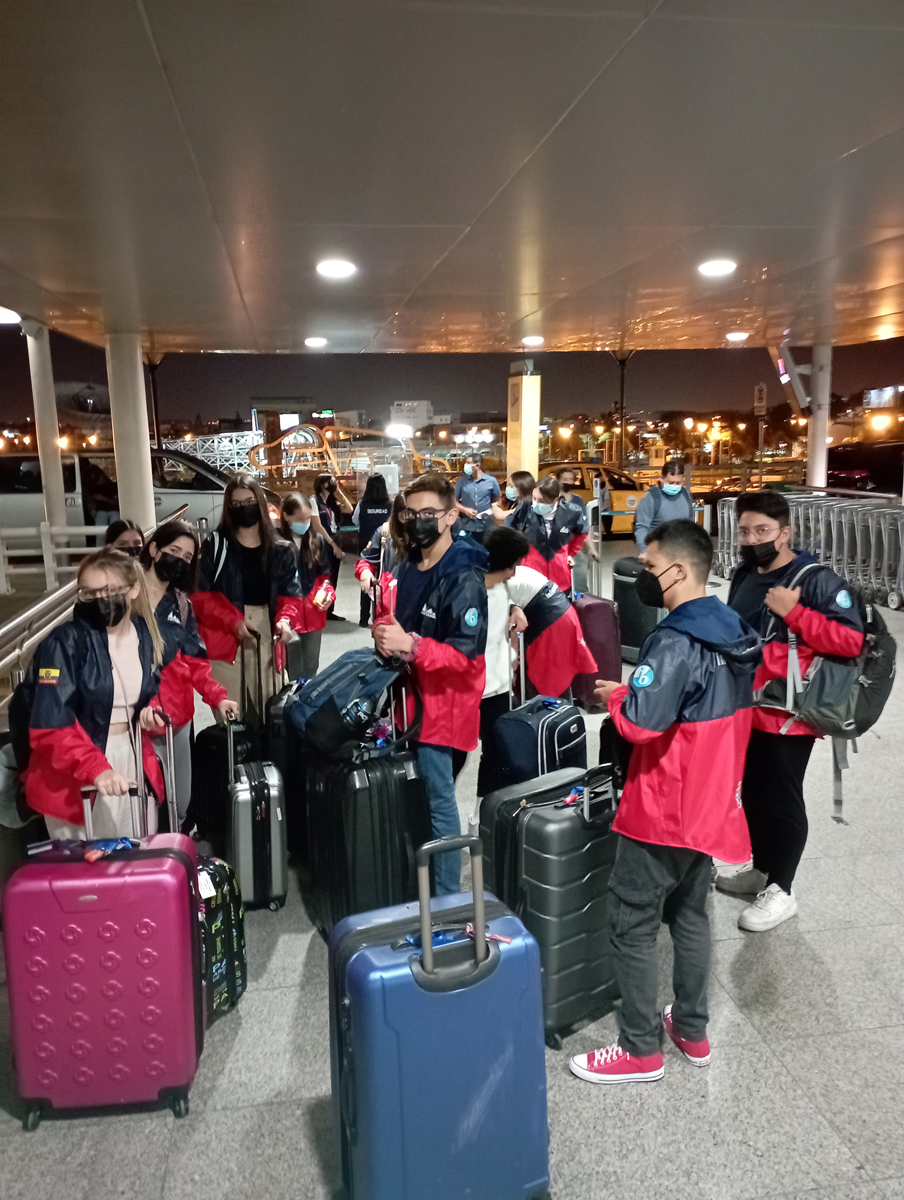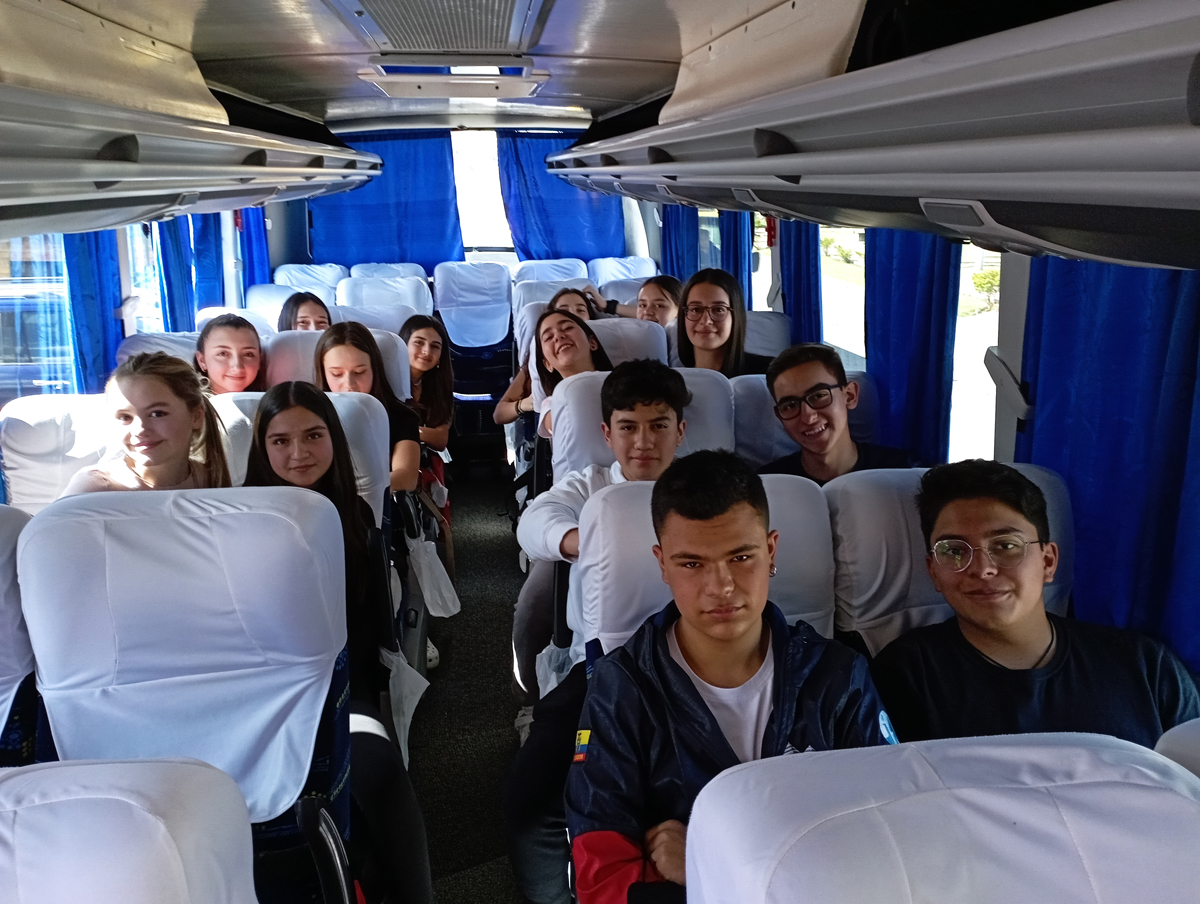Main Campus
The Main Campus caters to secondary (high school) students aged 12 to 17. It offers spacious educational facilities aligned with our pedagogical approach and is fully equipped with inclusive accessibility resources.
“The IB program shapes students with a lifelong learning attitude, ready to advance and make a difference.”
Pedagogies
What is behind our pedagogical approaches?
Throughout its educational and pedagogical experience, SANTANA has constantly asked the question: How can research be included in teaching and the curriculum?
The initial assumptions of this reflection will ultimately determine what kind of educational community we want. The conceptual framework presented below attempts to answer this question by placing REASONABILITY at the center of our assumptions. Reasonability, then, as the guiding thread of learning, shows us that the better our logical, ethical, and aesthetic judgments are, the more we will work towards developing RESPONSIBLE, RESPECTFUL, and FREE individuals.
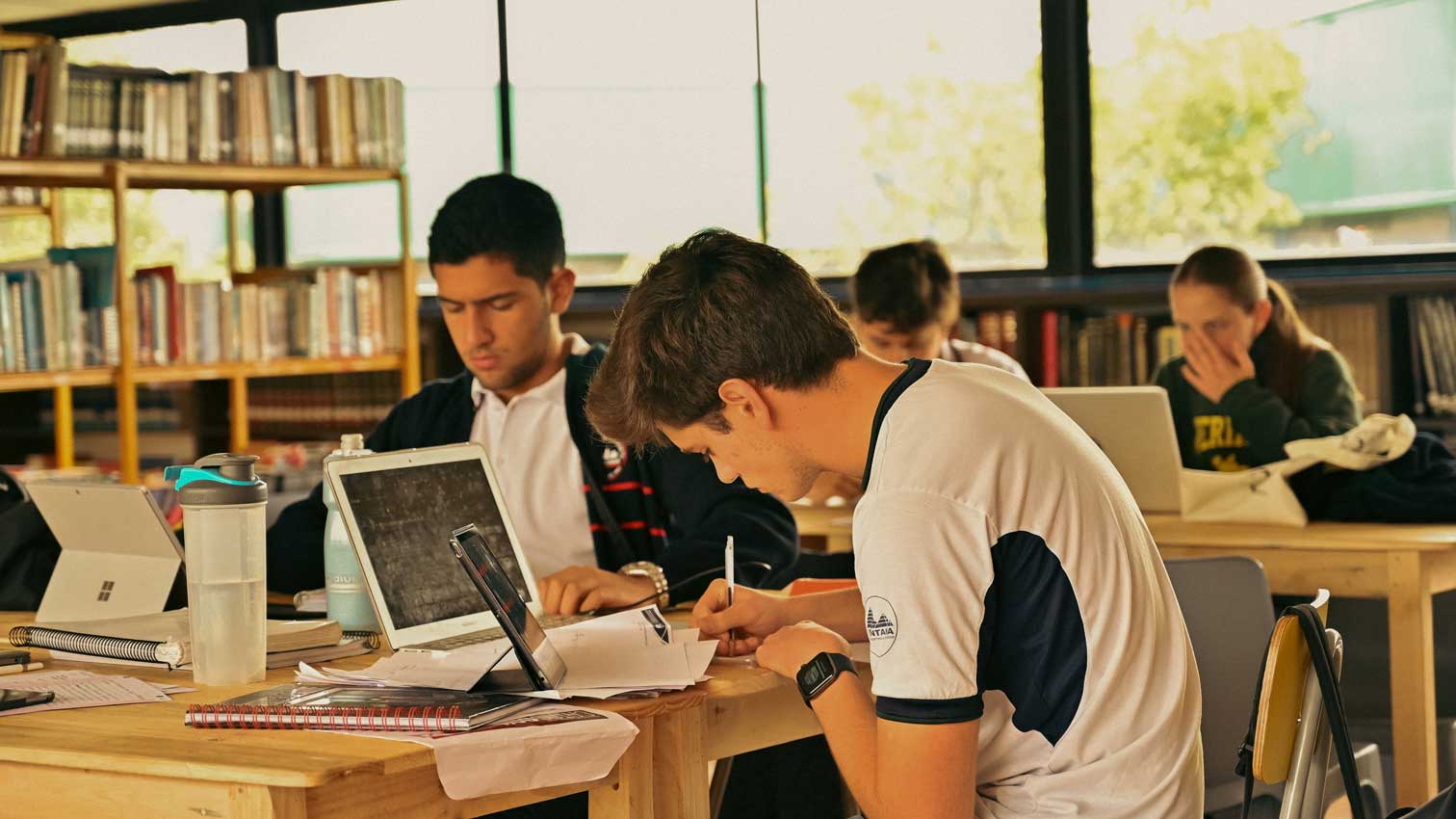
The educational model of a “Learning Community”
The educational model of a “Learning Community” radically solves the problem of the pedagogical pendulum: not by proposing a balance or intermediation between the two “extreme” models, but by understanding that learning is a process of “transformation of participation” (Newman, Griffin and Cole, 1989; Rogoff, 1990; Tharp and Gallimore, 1988; Wells, Chang and Maher, 1990) in which both adults and children contribute, produce and direct shared learning projects.
As can be understood, the aim within the “Learning Community” is to put into action a “genuine dialogue” that, combined with a deliberative process based on respect and mutual recognition, practices a common search, which is enriched by the shared experience of this.
Programs
General Basic Education for 12-14 year-olds
“Teaching for Understanding” is the pedagogical approach that we apply in Basic Education, enriched by the didactic principles of personalized education and oriented from an emancipatory and critical curriculum.
Teaching for Understanding emerged within the education school of Harvard University, integrating school and university teachers who designed and tested the approach of teaching for understanding in classrooms, as a didactic planning tool whose goal is to design and direct performances that promote understanding and reflection in the classroom.
Santana’s pedagogical approach results from the integration of educational currents aimed at conscious and collective learning that relates theory to practice through multiple activities, projects proposed by students, respecting their learning rhythms, favoring the discovery of their abilities, and the use of their full potential.
The contents of each school year comply with what is required by the Ministry of Education; however, we give priority to personalized learning, that is, to the quality and depth of knowledge rather than the quantity and memorization of them, promoting the interrelation between different areas of study. Students should not follow a single school textbook, and the designs of the “didactic guides” are generated from the perspective of an emerging curriculum.
Reading, writing, listening, and speaking are presented in children’s learning, enriched by the attention dedicated to research-observation that respects the specific time each participant has to develop the necessary skills and dispositions for the best collective and personal results.
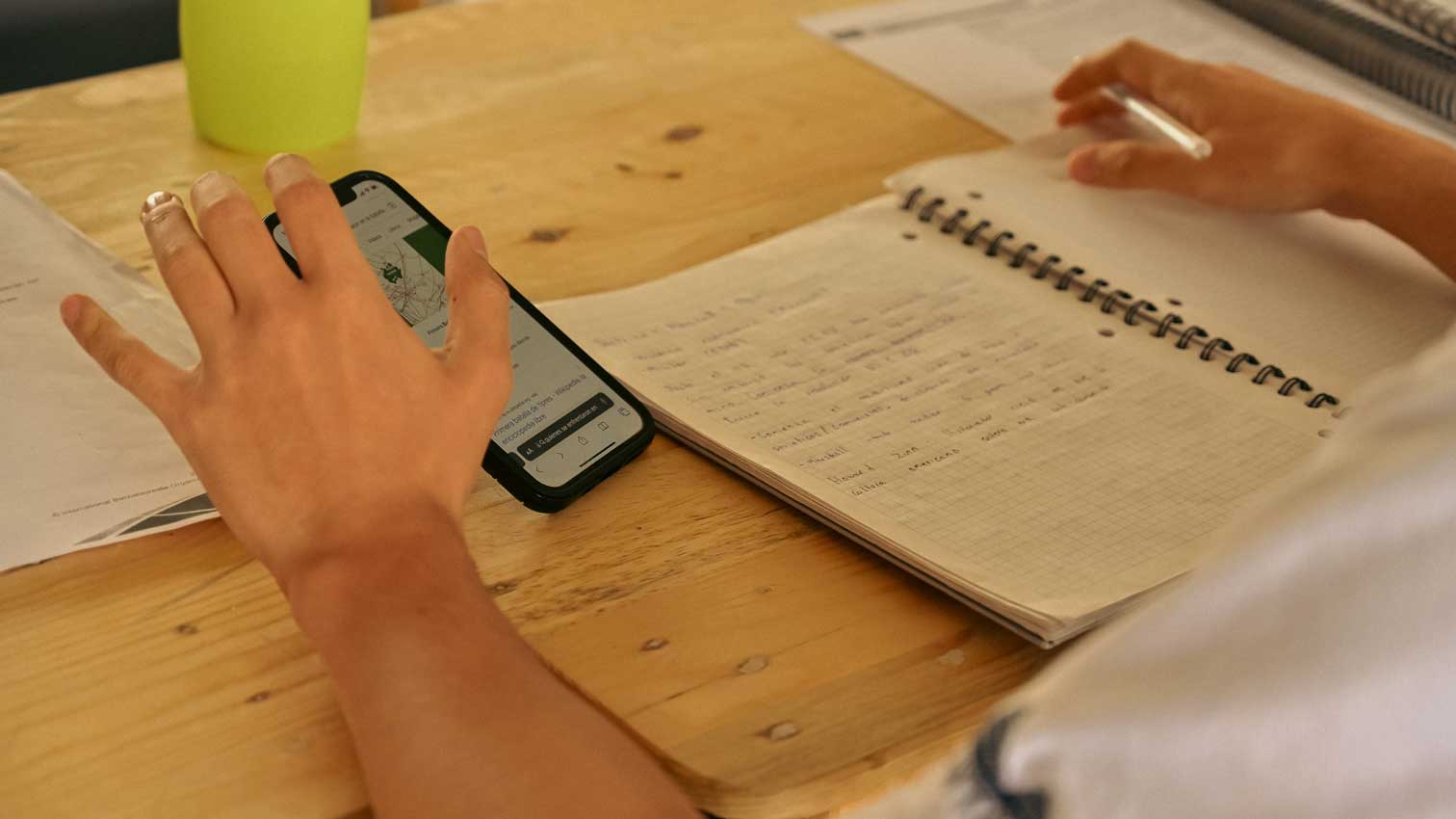
Baccalaureate and Sciences
The experimental project that has been applied since 1993, through Ministerial Decree No. 097, proposes as the axis of its action the autonomy of students within a comprehensive curriculum based on the Baccalaureate Program in Sciences. Thus, the profile of the baccalaureate that our Educational Unit aims to promote conceives the student as a person capable of making free, responsible, and autonomous decisions. A HUMANISTIC curricular approach, where all the elements of the curriculum are in function of the person and therefore of the community, is the one that underpins our project.
The International Baccalaureate Diploma Programme
Since April 2011, Santana has been authorized by the International Baccalaureate Organization (IBO) to offer the Diploma program in its last three years of high school. Students involved in this international program are rigorously prepared to face university studies in any region of the world and to integrate into adult life successfully.
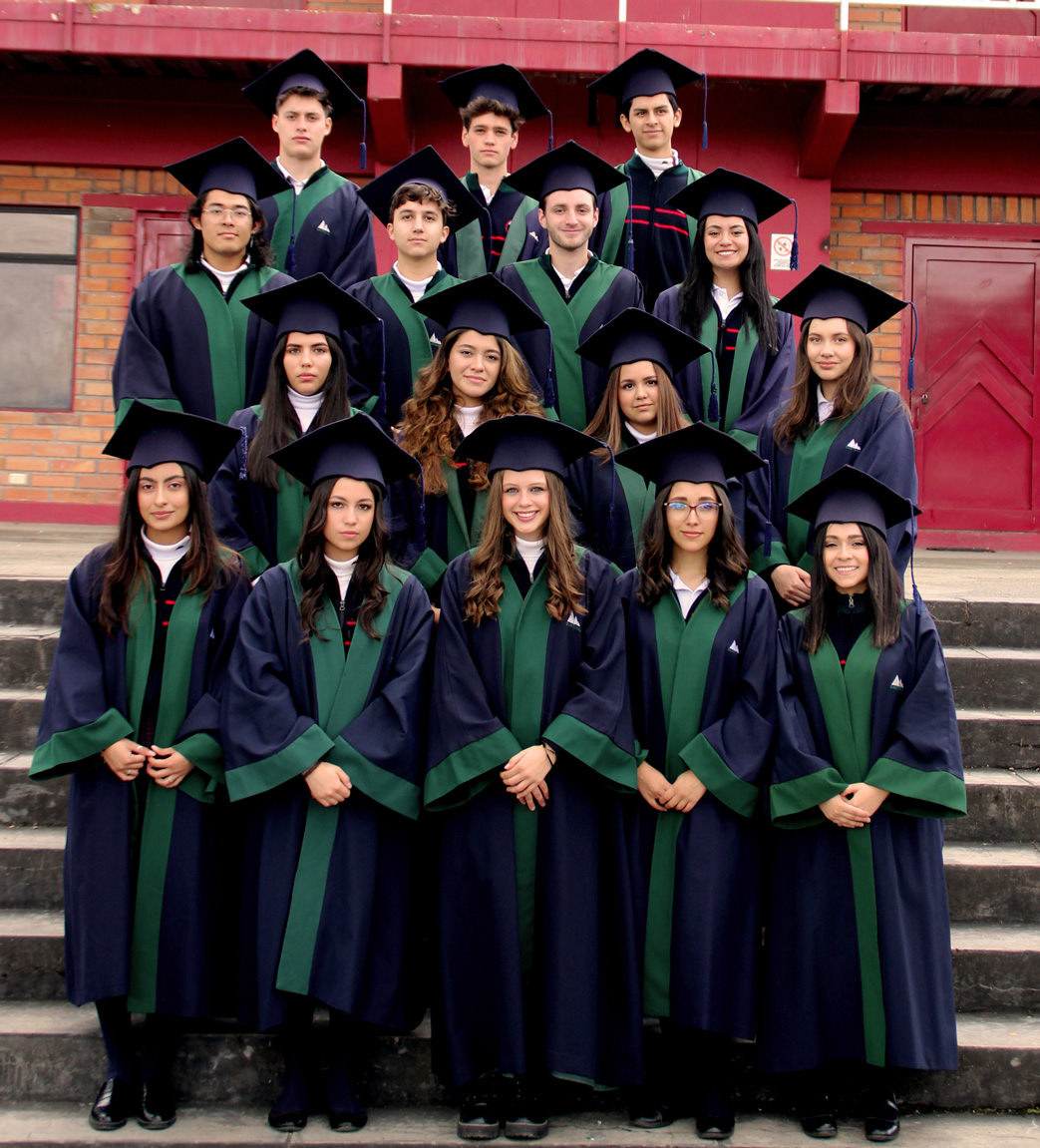
“The IB creates students with an attitude of lifelong learning, equipped to progress and make a difference.”
What is the IB?
The International Baccalaureate® (IB) is an educational foundation established in 1968 that offers highly respected international education programs with the aim of developing the intellectual, personal, emotional, and social skills that students need to live, learn, and work in an increasingly globalized world. One of these programs is the Diploma Program, which is offered at Santana at the high school level.
What is the Diploma Program?
The Diploma Program is a rigorous and balanced educational program designed for students aged 16 to 19, usually taught over a period of two years and culminating in exams. It provides excellent preparation for university and adult life and is widely recognized by major universities around the world. In summary, the Diploma Program encourages students to adopt an active learning attitude, to be compassionate, and understand that others, with their differences, may also be correct.
Why the IB Program in Santana?
Because we believe in the potential of our children and youth, because we long for better learning opportunities for them, and because there is a harmony between our mission and the mission of the IB.
IB Mission
The mission of the IB is to form informed, compassionate, and knowledgeable young people who are capable of creating a better and more peaceful world, based on mutual understanding and intercultural respect.
What is the learning profile of the IB World community?
Based on the shared mission and curriculum described here, the aim is for students who study the DP to develop the following profile:
- Inquirers: learn autonomously and with others, maintain the enthusiasm for lifelong learning.
- Knowledgeable: conceptually understand through exploration of various disciplines.
- Thinkers: use critical thinking tools to analyze problems, make reasoned and ethical decisions.
- Effective communicators: express themselves with confidence and creativity and listen to others and groups.
- Principled: take responsibility for our actions and their consequences.
- Caring: help others and positively influence their lives, show empathy, sensitivity and respect.
- Open-minded: appreciate our own culture, as well as the values and traditions of others.
- Risk-Takers: Show ingenuity and resilience when facing challenges.
- Balanced: understand the importance of physical, emotional, and mental balance for one’s own benefit and that of others.
- Reflective: strive to understand one’s own strengths and weaknesses to contribute to one’s own learning and personal development.
CAS Program (Creativity, Activity, and Service)
What is CAS?
The Creativity, Activity, and Service (CAS) program is a fundamental element of the International Baccalaureate that places special emphasis on life outside the academic environment, counterbalancing the academic pressure that the program demands, motivating new challenges, and forging a path towards personal discovery.
Creativity, Activity, and Service is a program of experiential learning, through the participation of students in a variety of artistic, sporting, physical, and community service activities. Participation in CAS encourages students to share their talents, interests, aptitudes, and skills. It seeks to develop in those involved a rewarding and enriching attitude.
Through this program, it is recognized that education imposes ethical responsibilities on students for life; in addition, it promotes confidence in their abilities, effectuates changes, both individually and in collaboration with others, and develops the ability to appreciate talents, autonomy, and security.
The process of reflection throughout the program on the objectives achieved and personal learning is essential since, with reflection, experiences are transformed into experiences; therefore, it is experiential learning. “Experiential learning, more than a learning methodology, is an education philosophy, which is based on the idea that people learn more and better when they come into contact with their own experiences and experiences.”
“The CAS activities should constitute a challenge and a path towards personal discovery.”
Infrastructure
Since 2017, Santana opened a new campus that allows it to offer one of the best educational infrastructures in the region and country. In this sense, the educational offer of the Unit was organized into two academic campuses separated by just 2km. The natural environment and the specialization conditions for each age group suggest an immense comparative advantage when it comes to thinking about the environment and resources available for successful learning. The Ciudad de los Niños Campus houses students from nursery (3 years) to Seventh Grade, while the Matriz Campus, where Secondary education is held, has students from Eighth Grade to Thirds of Bachillerato.
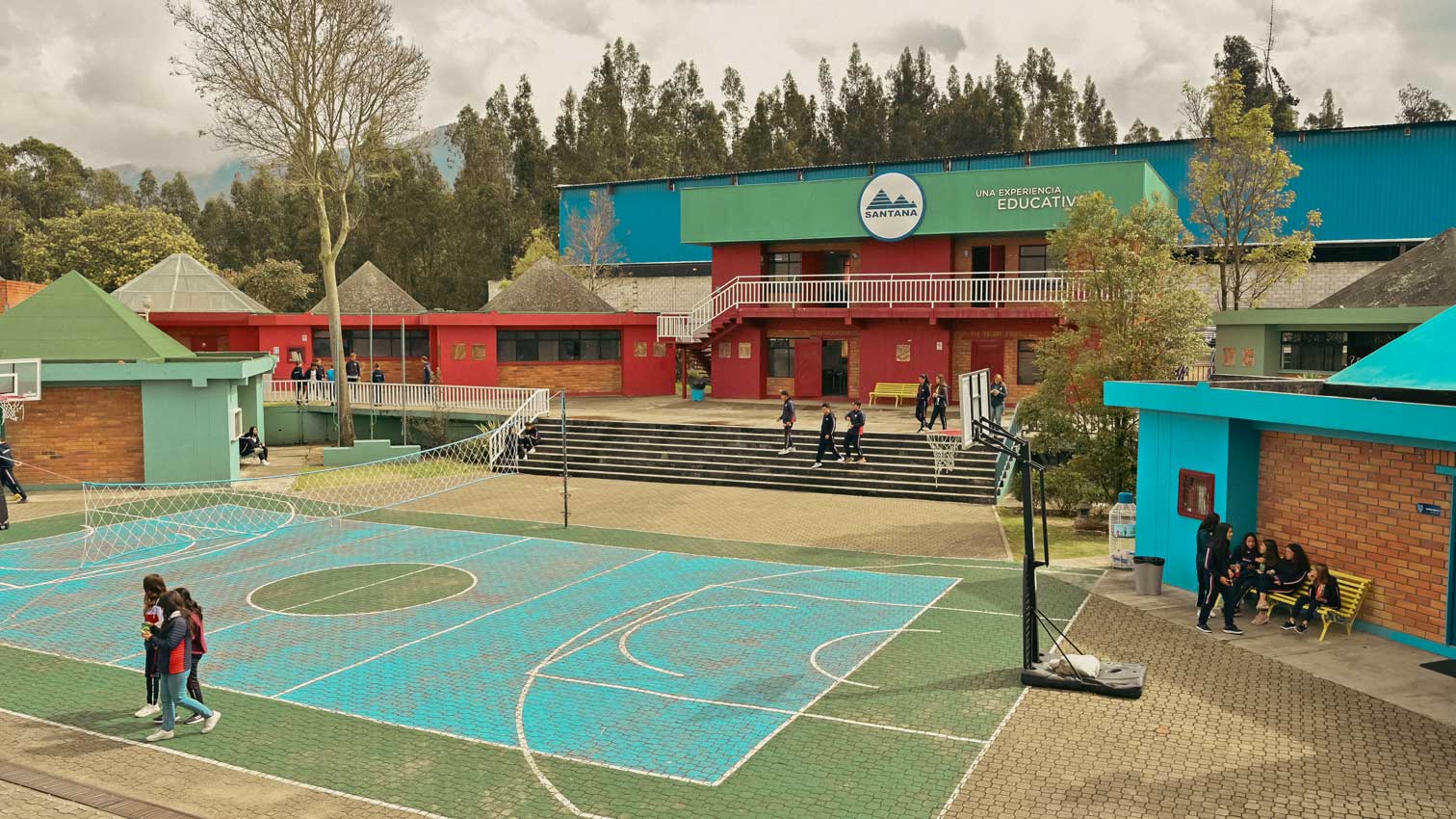
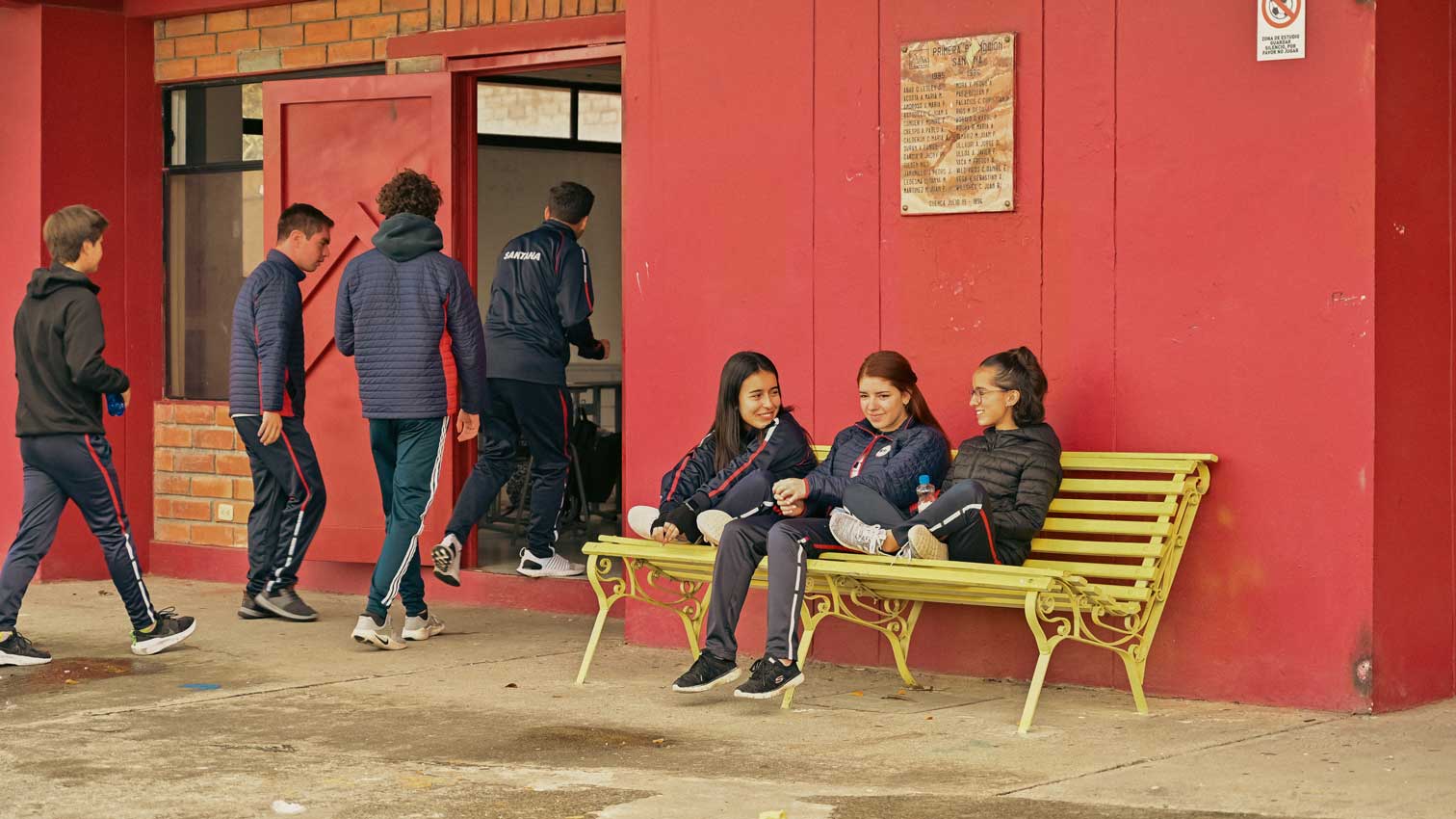
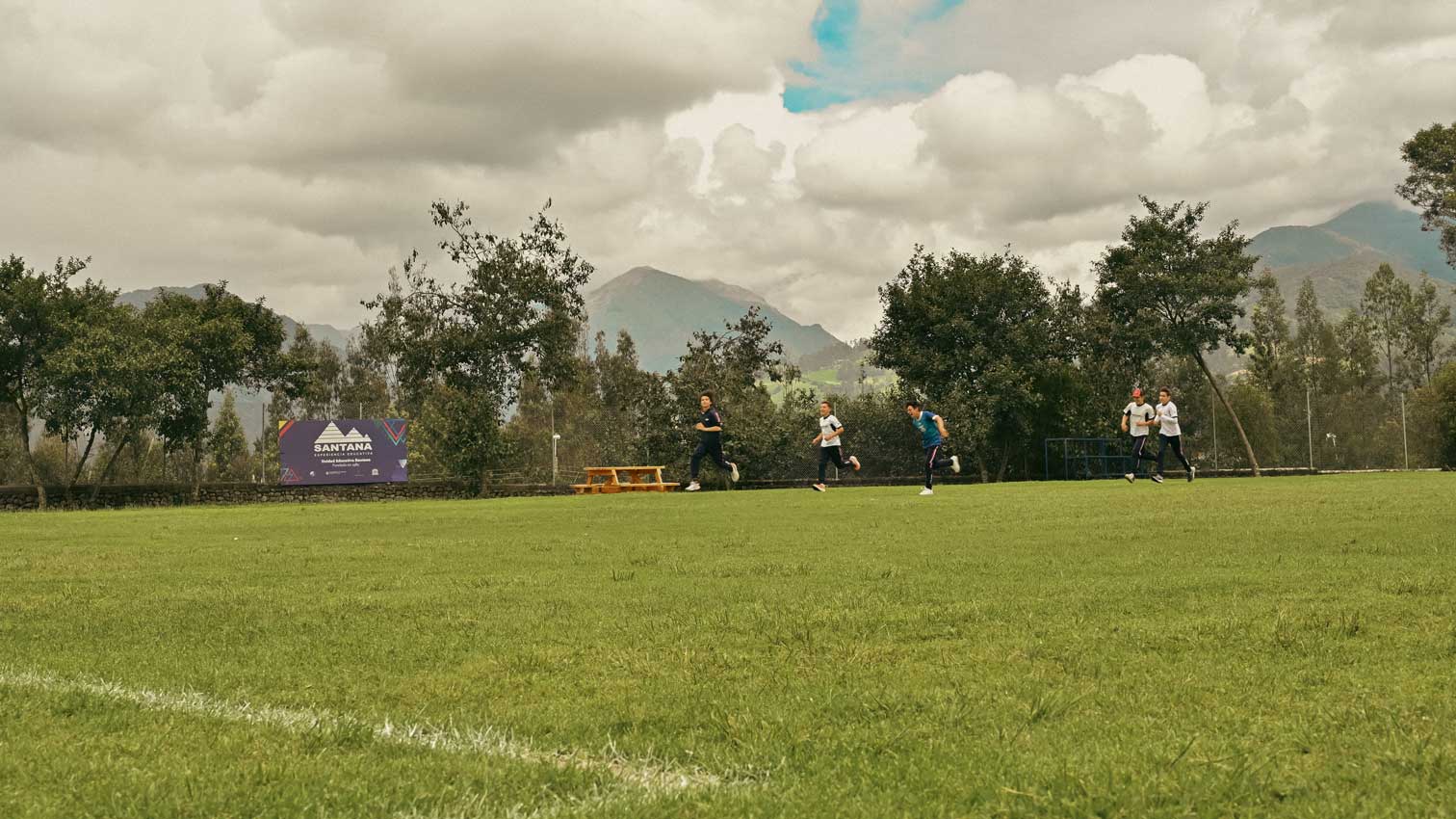
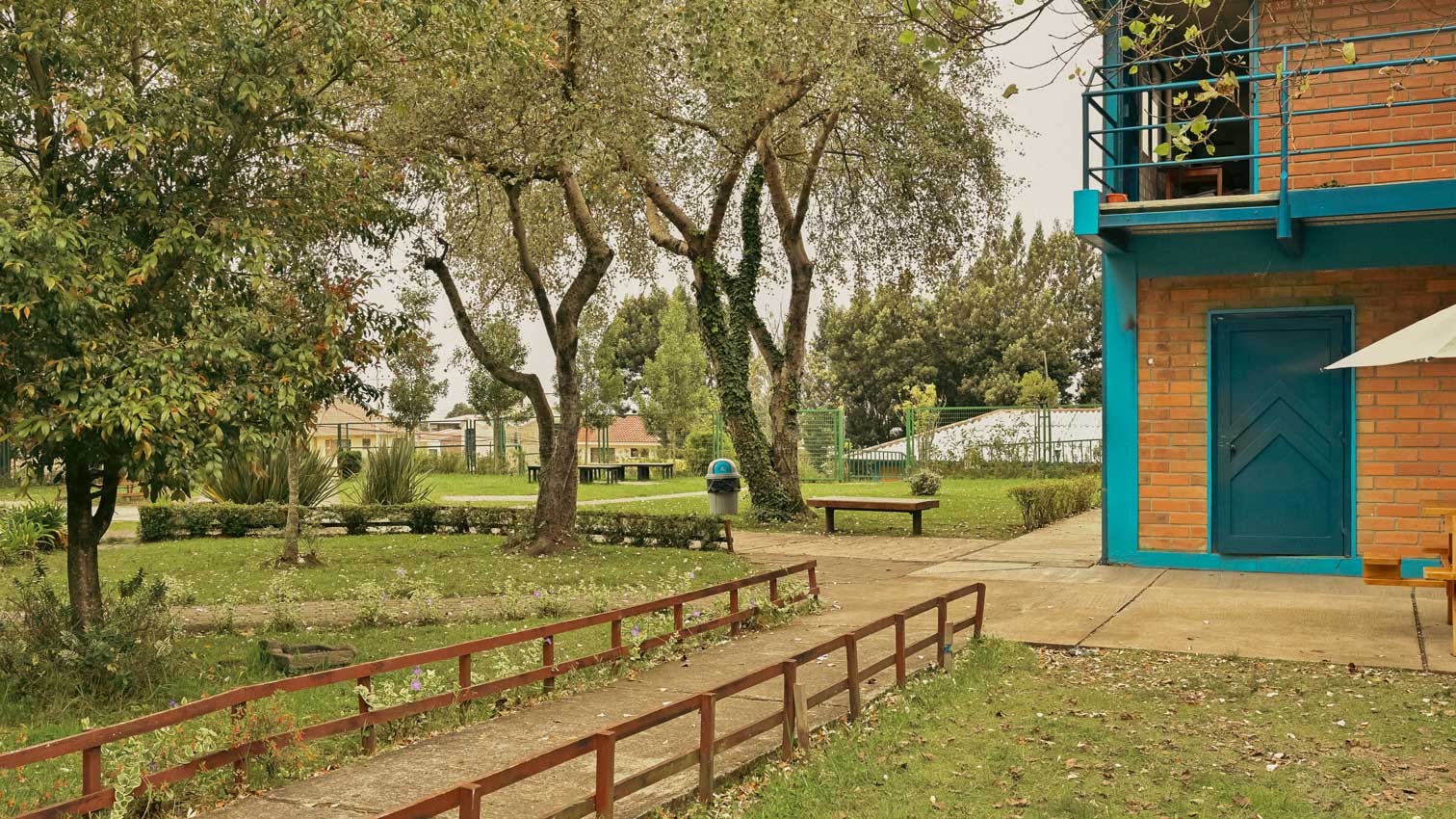
Education in Santana
Freedom, order, and discipline
Our education has as its main objective to prepare for life; for this reason, we saw the need to seek a discipline system that promotes order without resorting to regulations and repressive acts of punishment.
The system conceived in SANTANA has to do with a process of reflection and observation of the consequence of actions, which allows the student to learn about their own internal order, and consequently have the capacity to respond.
For SANTANA, education should aim to make children and young people not react but act (respond) with awareness of their attitudes or choices; and with this, discipline becomes an act of intelligence. All this purpose is aimed at leading our students to be responsible and therefore free, because for SANTANA there is no freedom without responsibility.
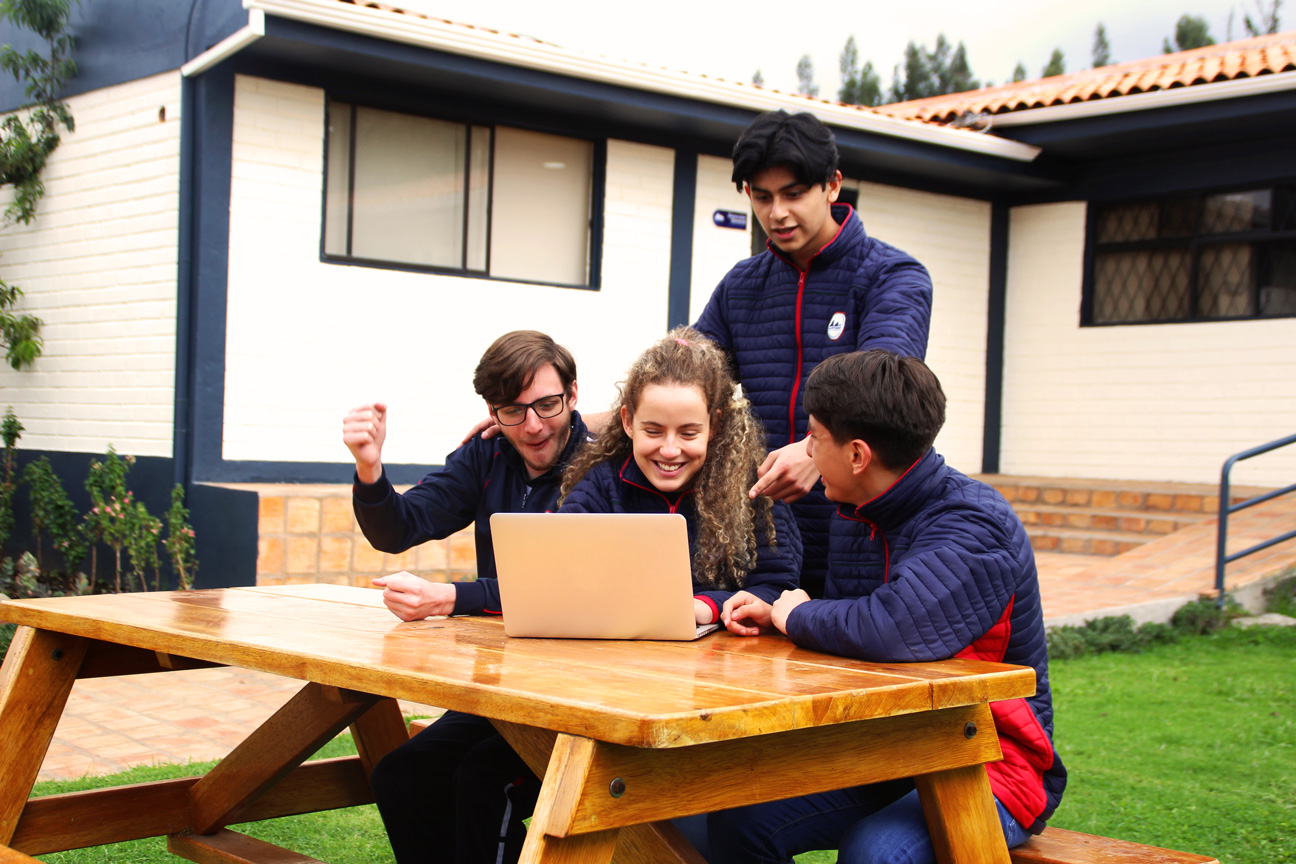
Project of linguistic excellence
In a globalized world, the need for people to master languages is assumed by our institution through a trilingual curricular design. The institutional proposal of Santana Educational Unit includes the highest level of English in the city, accredited by Cambridge English Language Assessment, and French, a language taught by native speakers in partnership with the French Alliance of Cuenca.
The Language Department, at all levels of schooling, pursues linguistic excellence. This trilingual curriculum involves a process of deployment and evaluation that allows Santana students in the first seven grades of general basic education to develop an excellent level in the foreign language, in the four language skills of listening, speaking, reading, and writing.
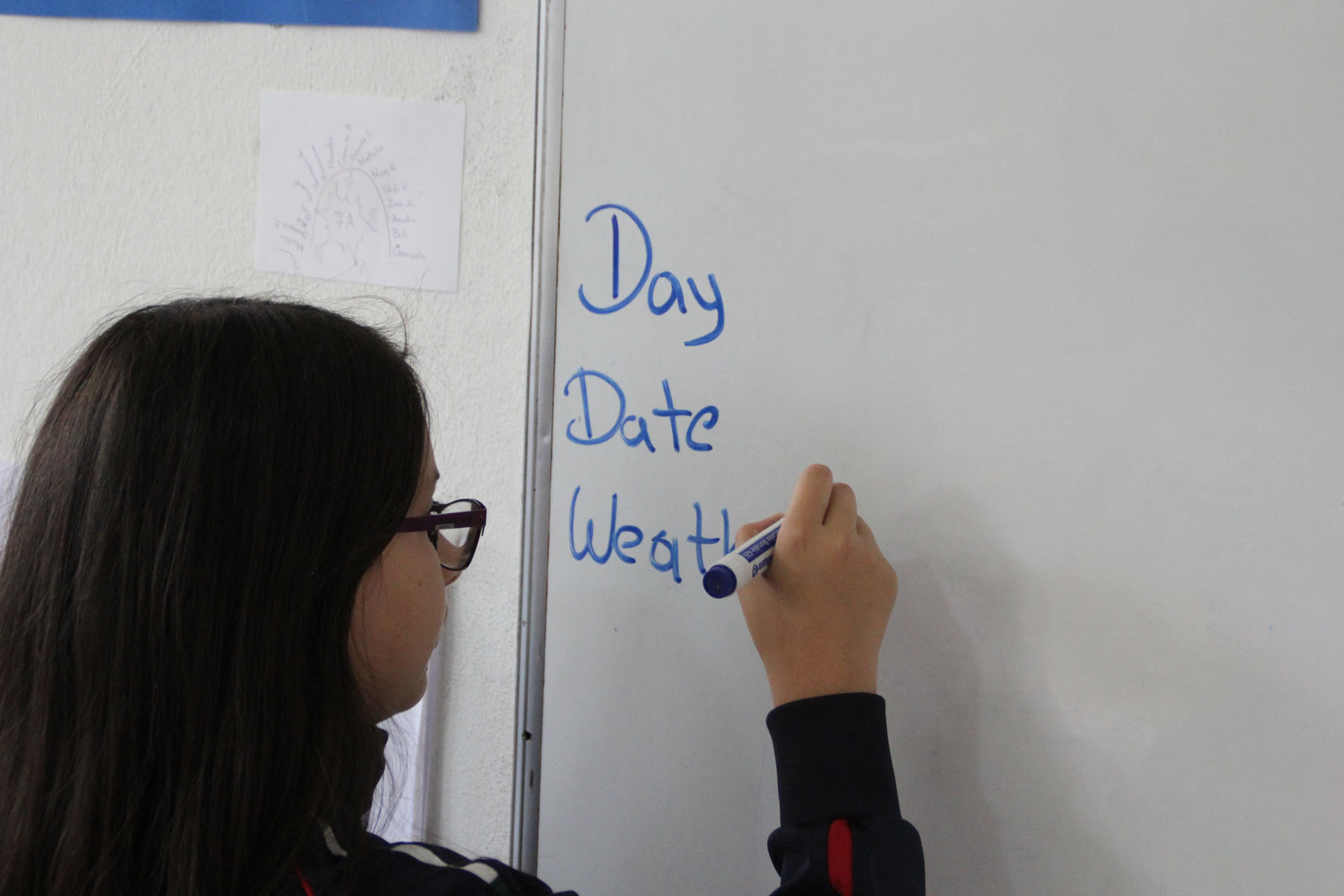
Visual Arts, Music, and Theater
Santana’s curriculum integrates the transversal development of aesthetic appreciation and artistic ability, proposing a practical scheme for the advancement of its students in five related areas that offer options in: Visual Arts, Music, and Choir, Theater, and Dance, from the Preschool section to the High School level.
The true impact of the project on society is to create these spaces for talents to manifest and not disappear, bringing students closer to artistic production as productive agents or as receptive subjects who develop a high aesthetic sense of the world. This is the basic objective of this project.
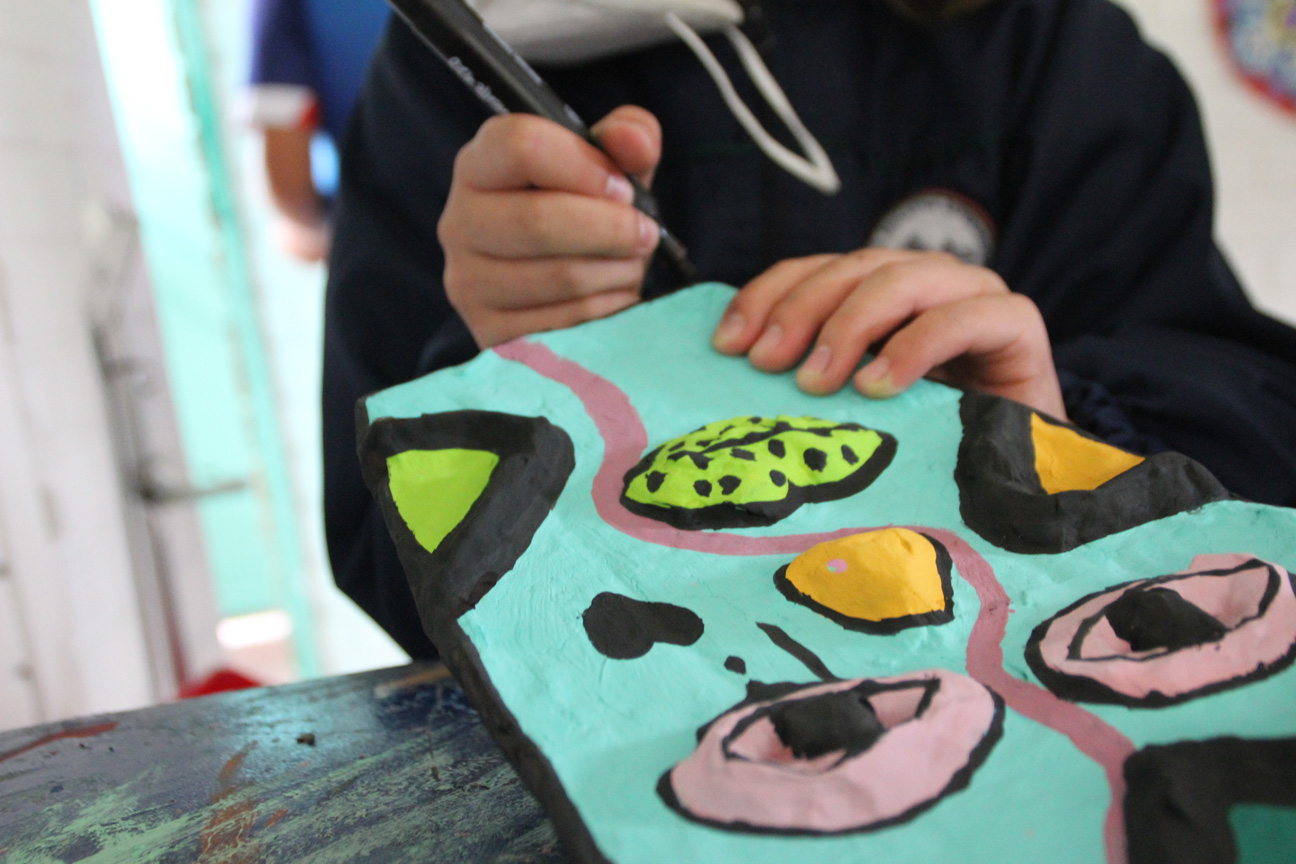
Sports
The objectives of this program are:
- To encourage the acquisition of healthy habits.
- To use sports as a unifying element for students and to have a positive influence on the community climate, helping to integrate its members and make sports a tool for the acquisition of values such as solidarity, collaboration, dialogue, tolerance, gender equality, and fair play.
Within a co-education framework, full-time Physical Education teachers conduct activities to motivate sports participation, ranging from body expression in the Preschool section to recreation and competition in higher levels.
As part of its effort to involve the entire educational community in sports participation within the framework of healthy competition, the Santana Educational Unit instituted the “Integration and Sports Days of Secular Private Schools in the City of Cuenca” in 2002, obtaining increasingly important and precise results in the comprehensive education of students.
In this project, the quality and set of material and infrastructure resources available to the institution are decisive in the utilization of the students’ human talent. For this reason, Santana’s sports infrastructure includes an indoor arena, synthetic and semi-professional grass football fields, as well as equipment and other instruments that are a clear indication of our perseverance in developing physical activity and sports among our students.
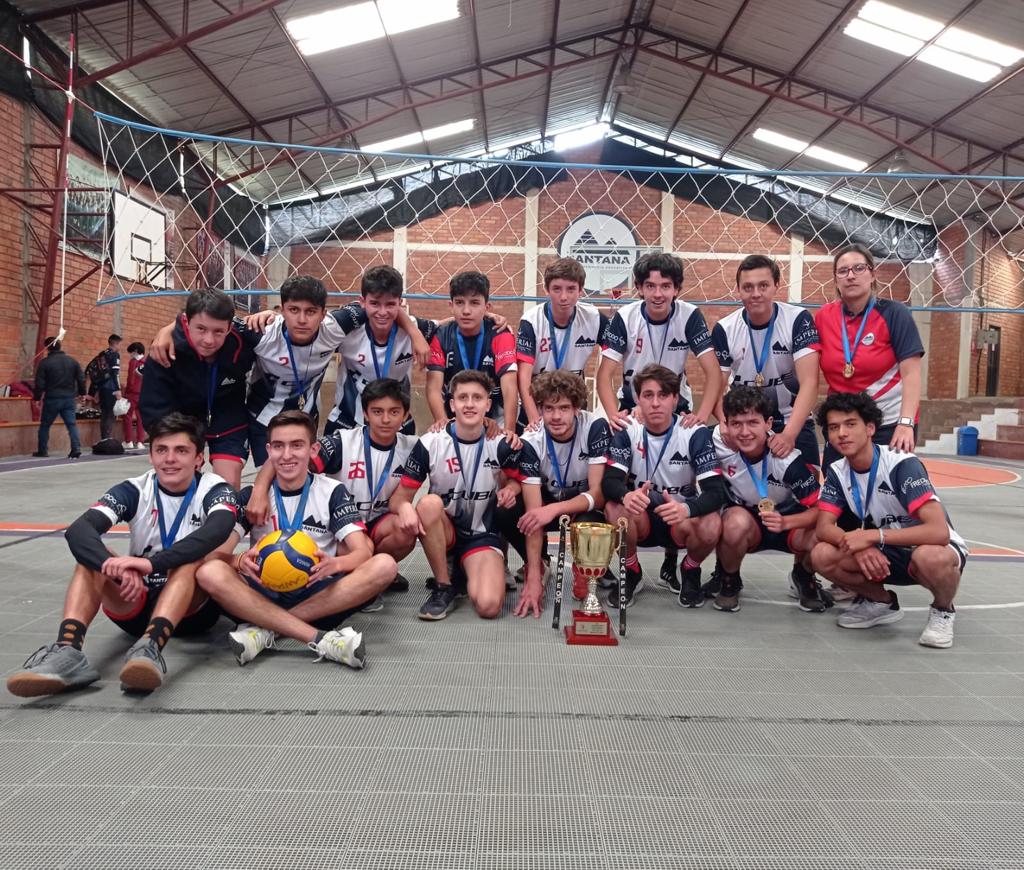
The Department of Guidance and Student Counseling
The Department of Guidance and Student Counseling plays a substantial role in the academic process of our students, as it provides personalized assistance to students and their families regarding the possibilities of a successful passage through school life. Additionally, it provides psychological follow-up and evaluation to all those students who require it after a systemic assessment.
At Santana, the admission process allows for semi-inclusion of those students who present some learning difficulties, and installs a means of face-to-face accompaniment (by a tutor) or semi-face-to-face (depending on each case).
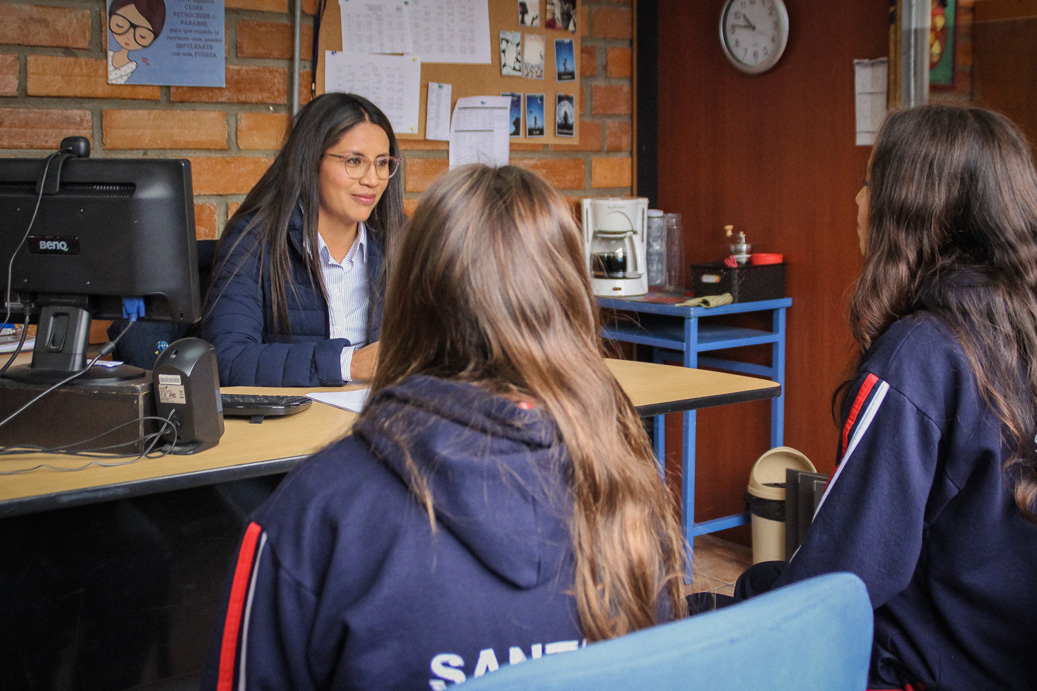
Environment and Society
The social environment, the natural surroundings, and the school context provide an alternative to promote knowledge and its relationship with learning, as knowledge exists through people and the community who construct, define, and extend it by making significant use of it to solve their problems and understand their sociocultural and natural context.
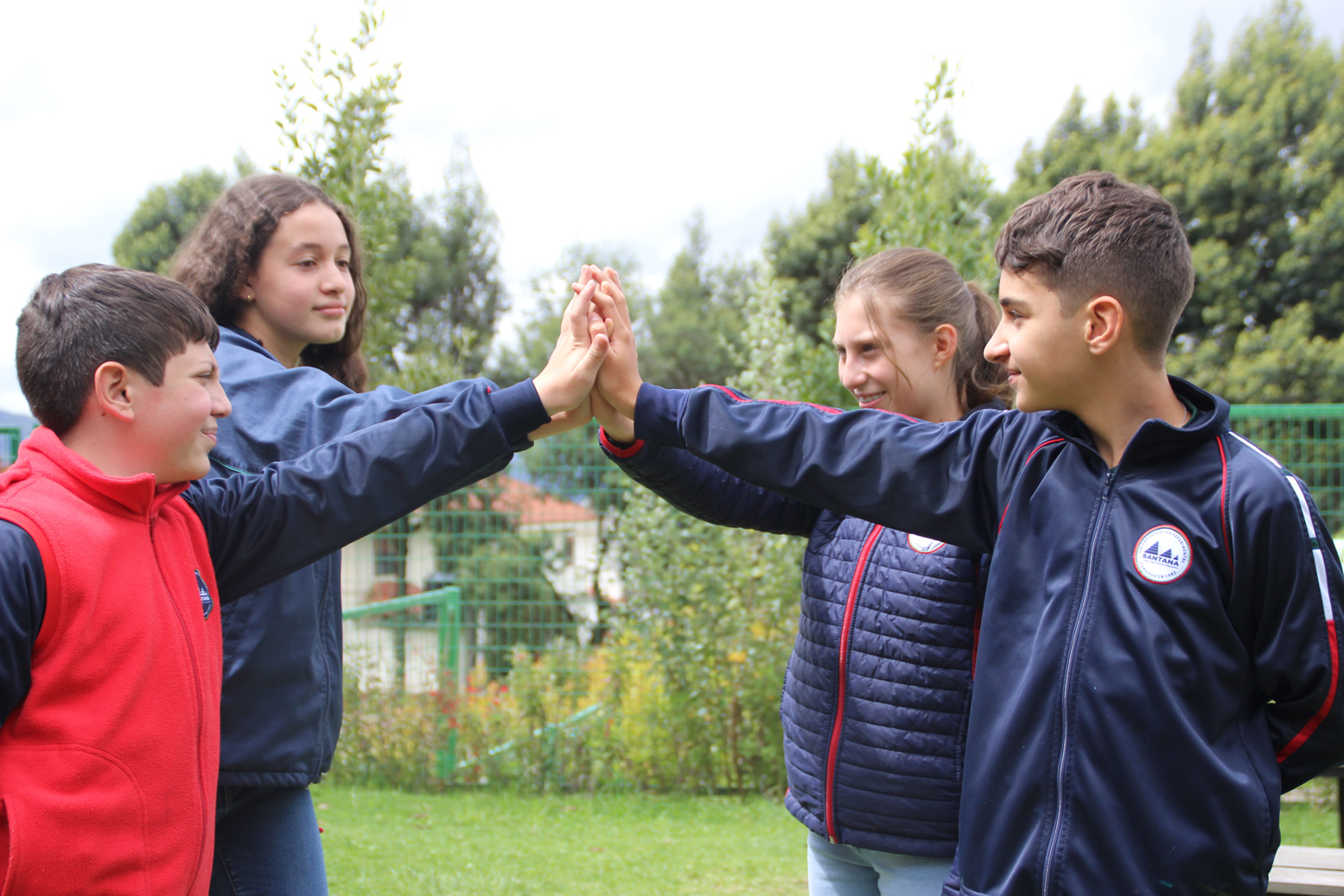
Exchange Programs
Burr and Burton Academy, Macnhester, Vermont, USA.
A cultural exchange and English language proficiency enhancement program. In September 2014, our first group of 20 students embarked on a journey to the United States, visiting the cities of Boston and New York. In July 2015, we welcomed the first group of BBA students to Santana. This program also offers the opportunity for a full semester immersion as a regular student.
Centerville High School, Centerville Ohio, Usa (Winter exchange)
Another cultural exchange and English language proficiency enhancement program. In February 2016, our first group of 20 students traveled to the United States, with visits to the city of Chicago and a skiing program. In July 2017, we received the first group of ELKS students at Santana.
Unidad Educativa Particular Terranova, Quito
Unidad Educativa Particular Terranova in Quito shares a common goal with Santana through its Sports Exchange Program, which primarily aims to forge bonds of friendship and fraternity through sports activities. This program was initiated in 2011 and operates on a rotational basis, with each school taking turns hosting and visiting in alternate years.
